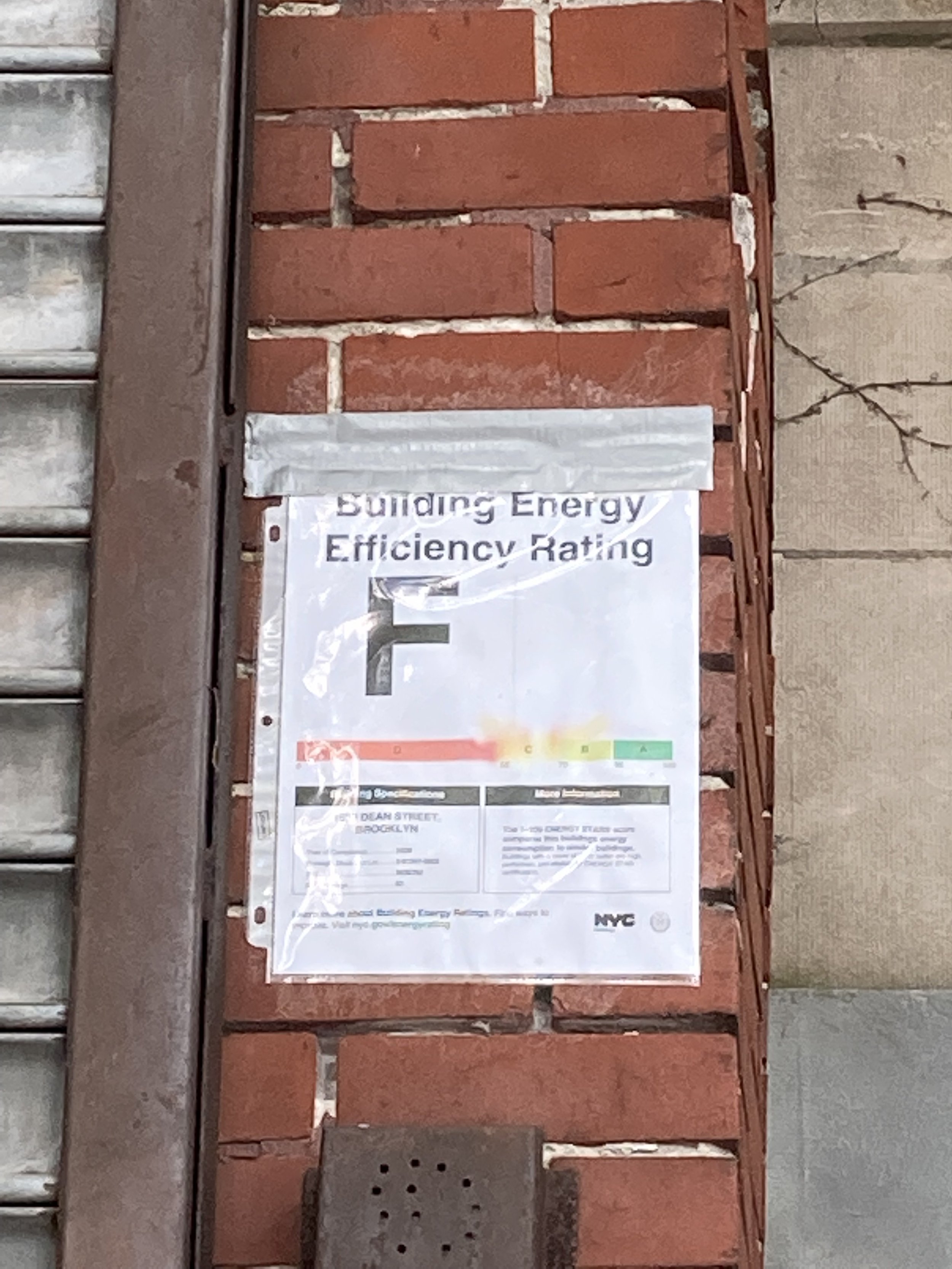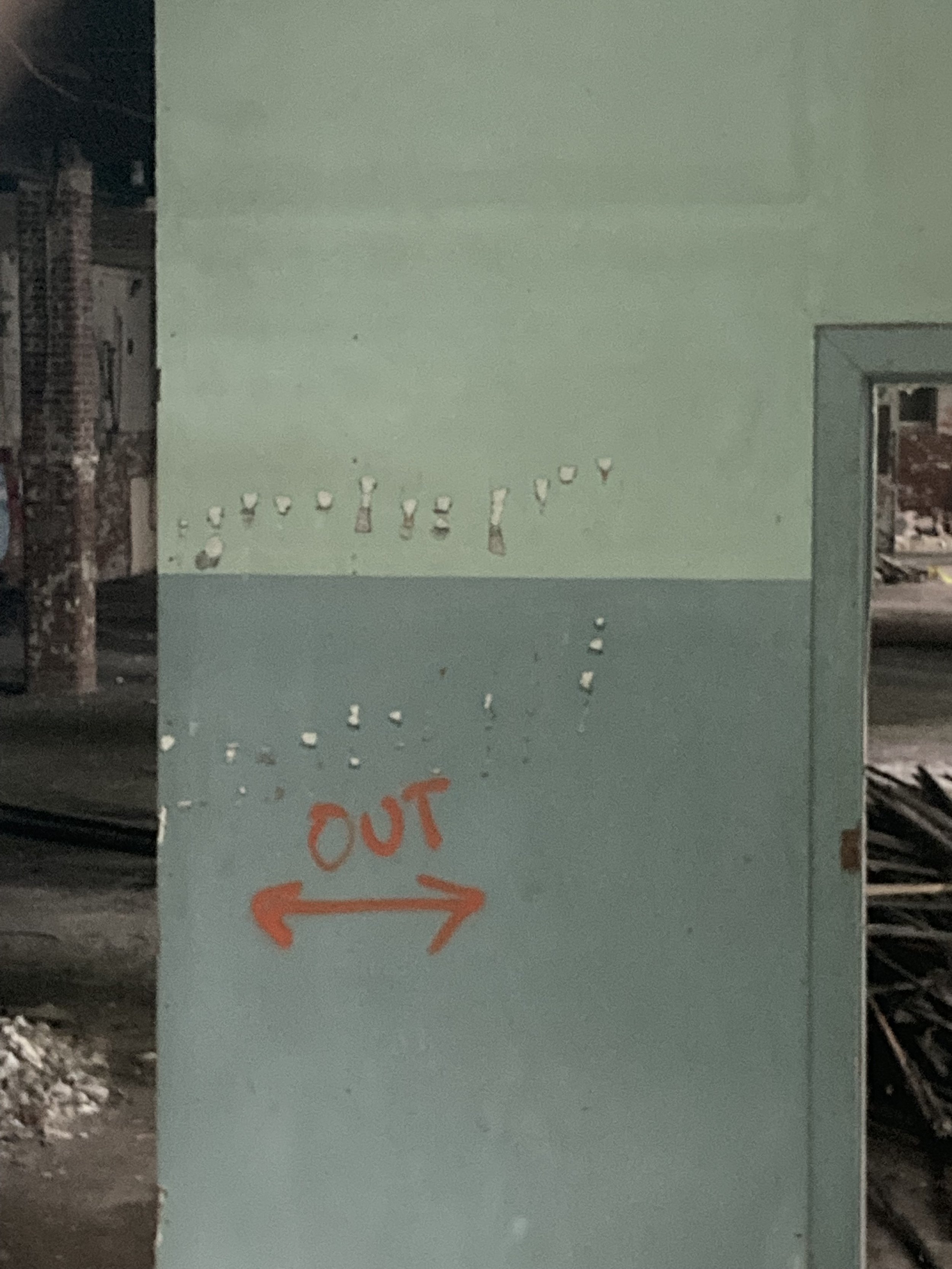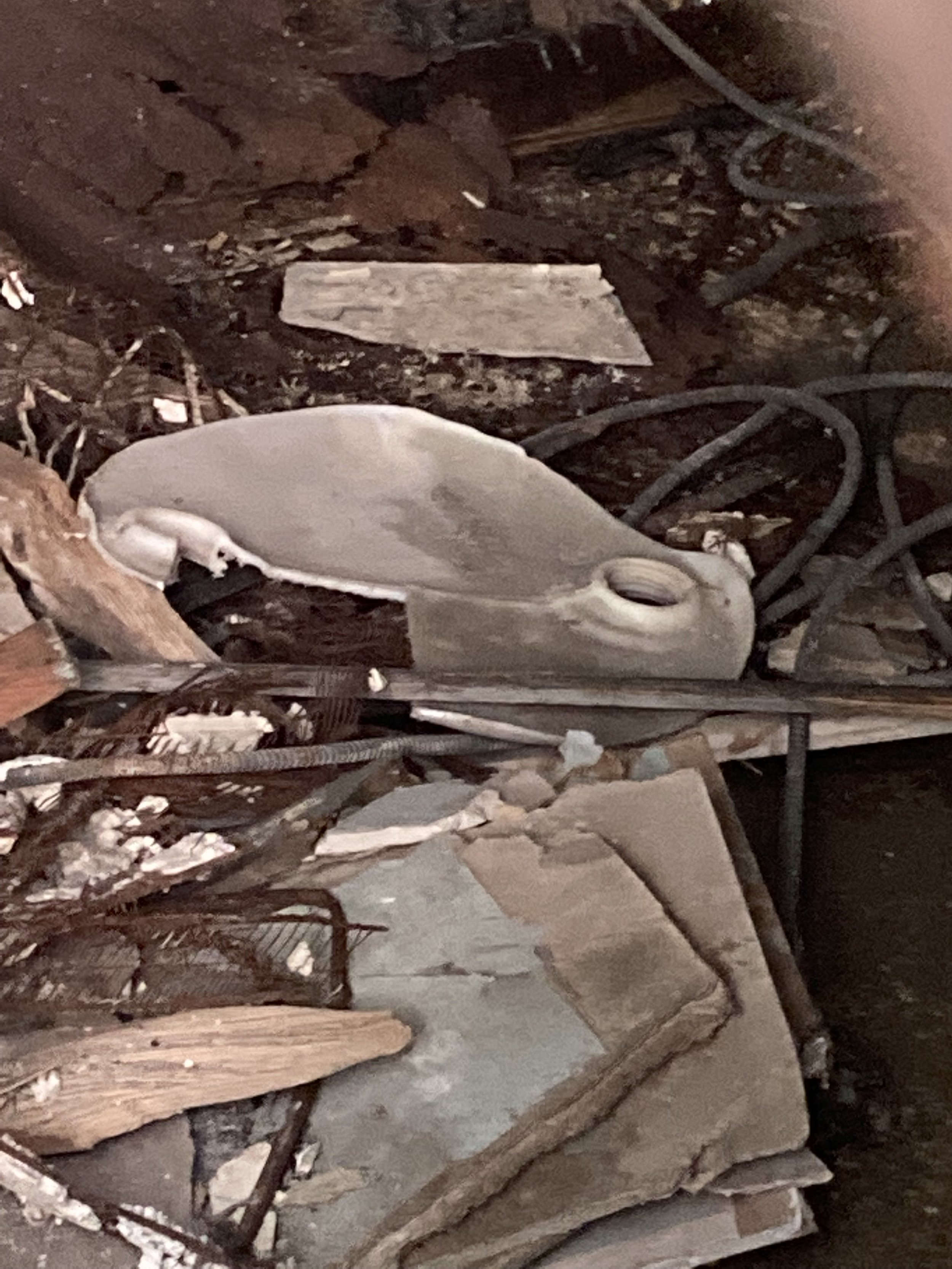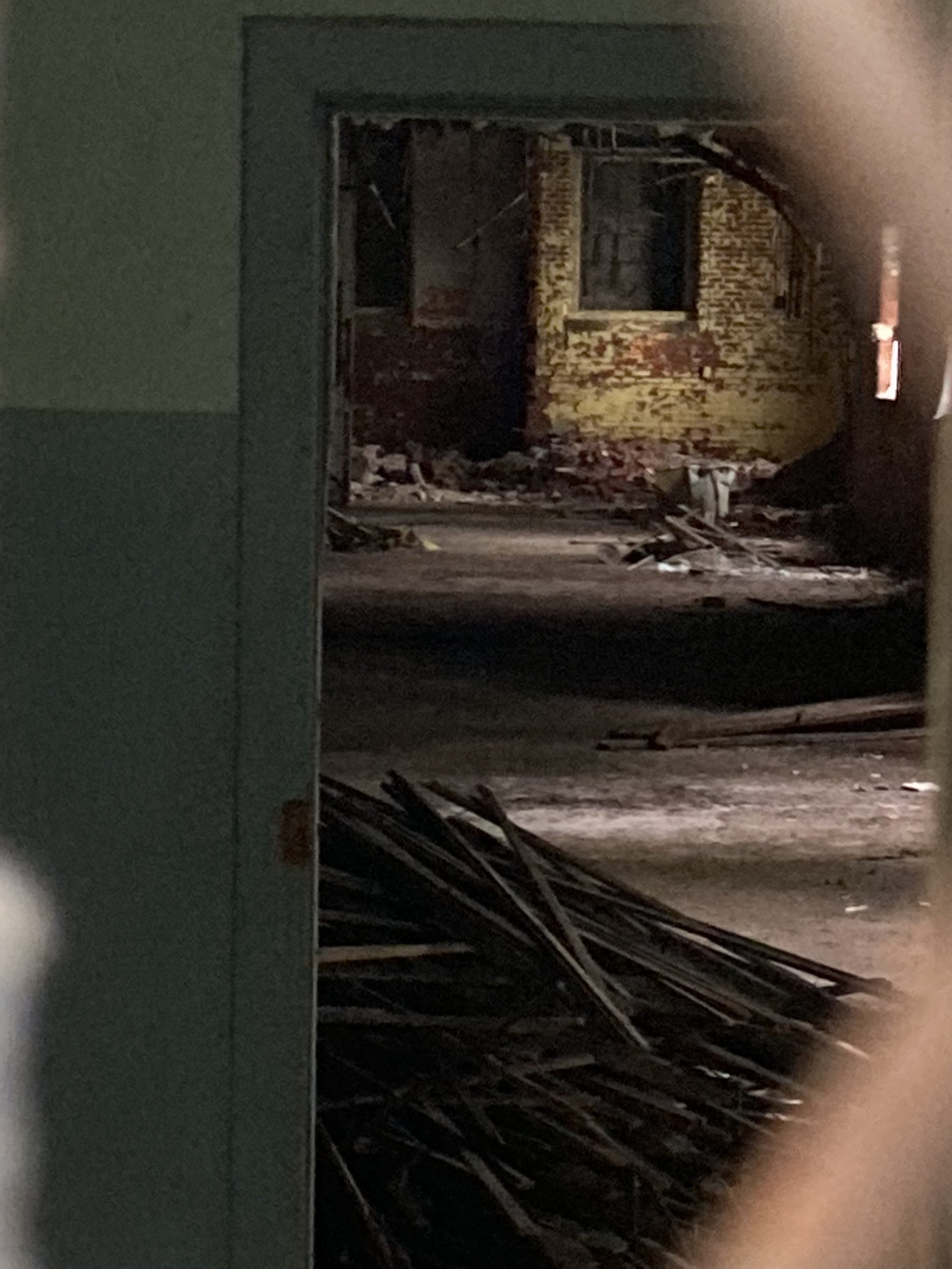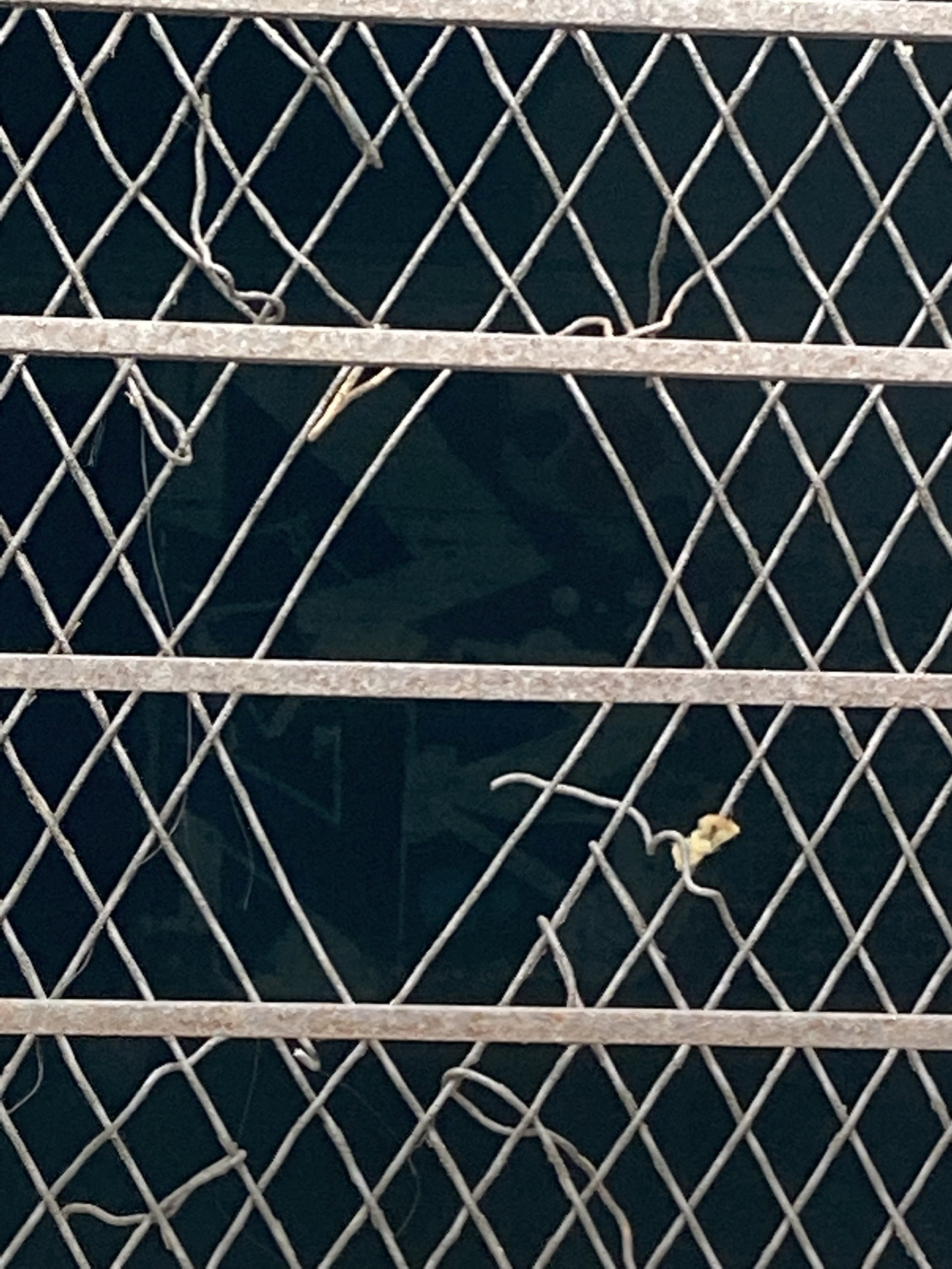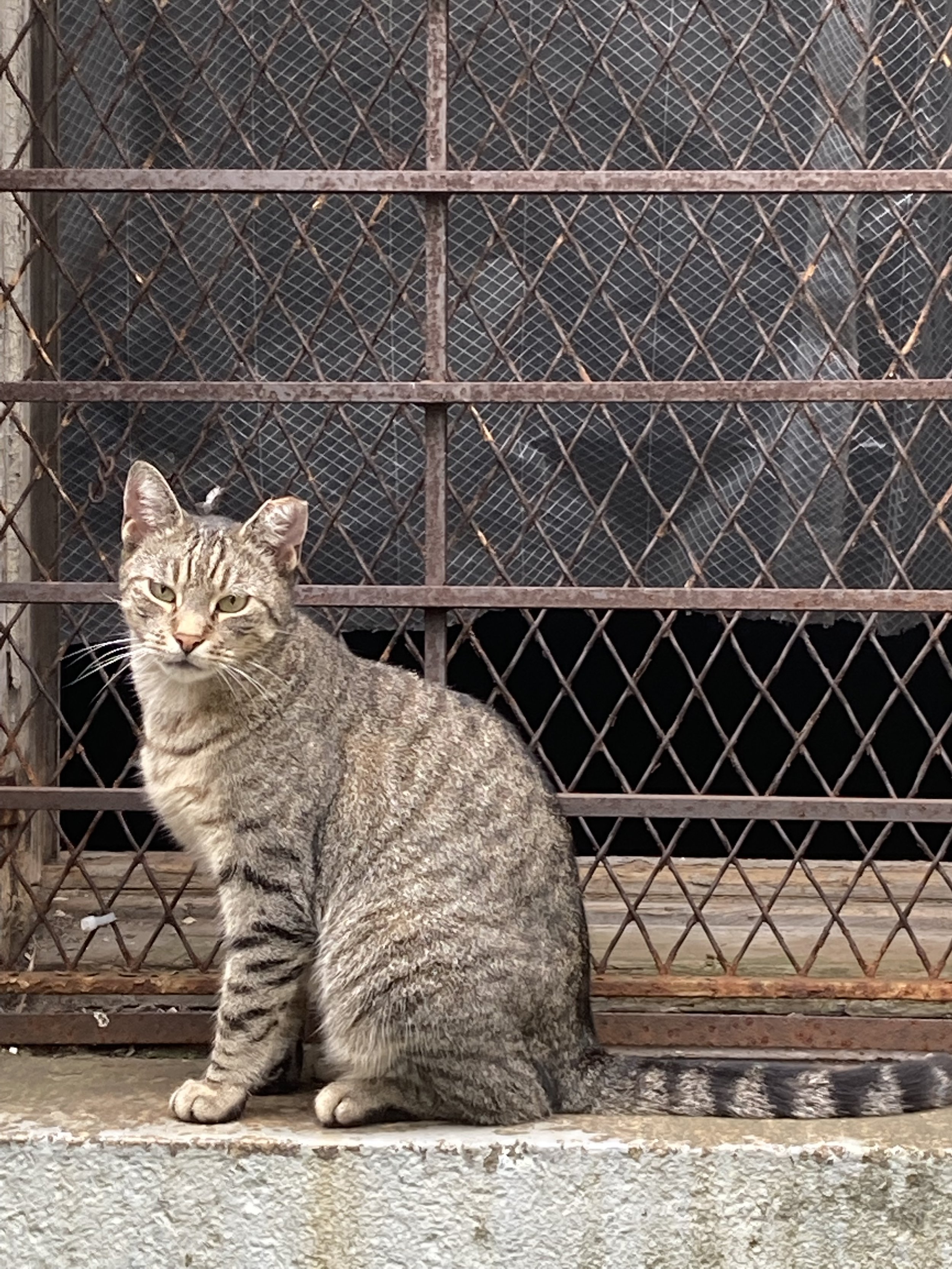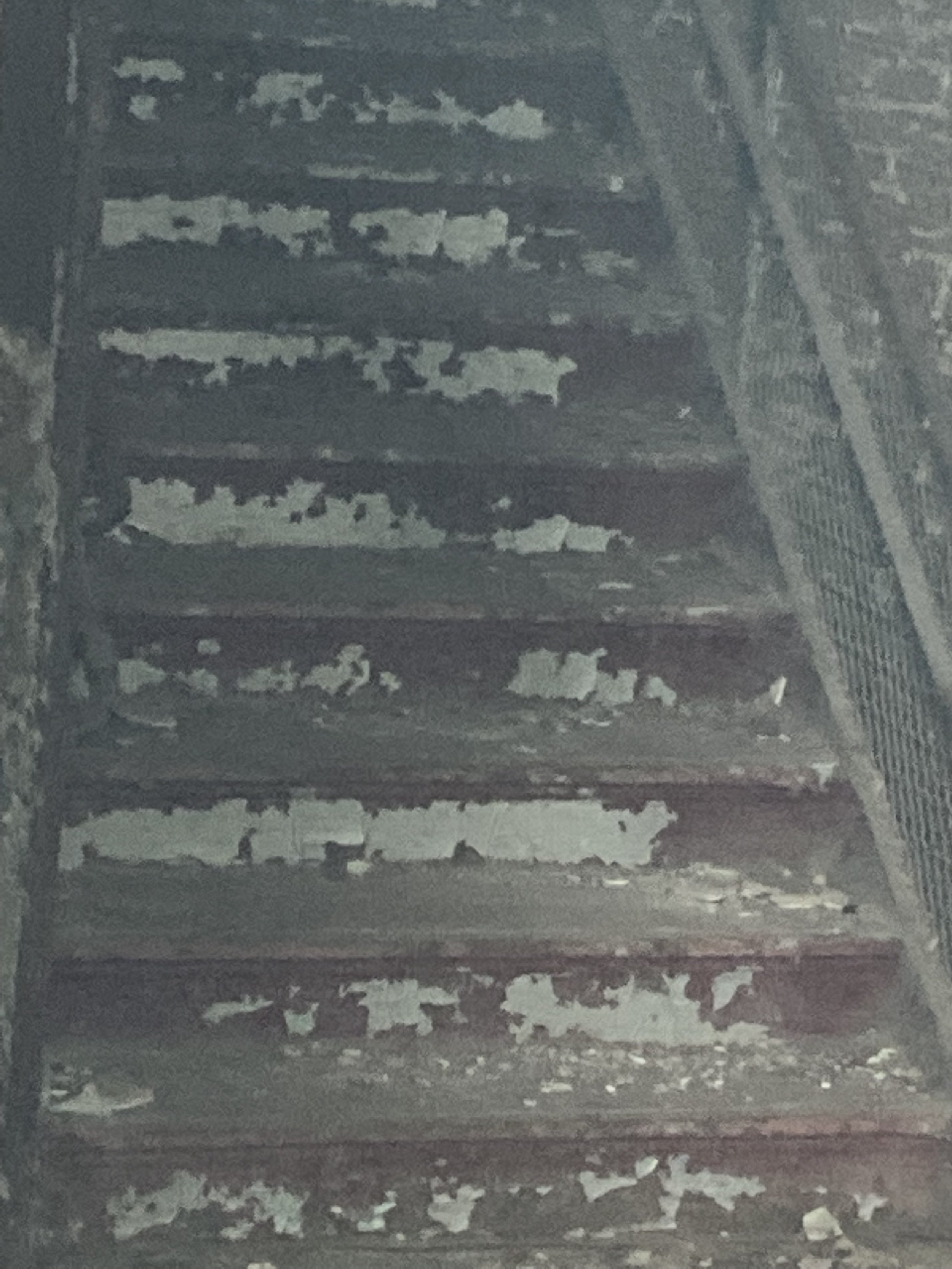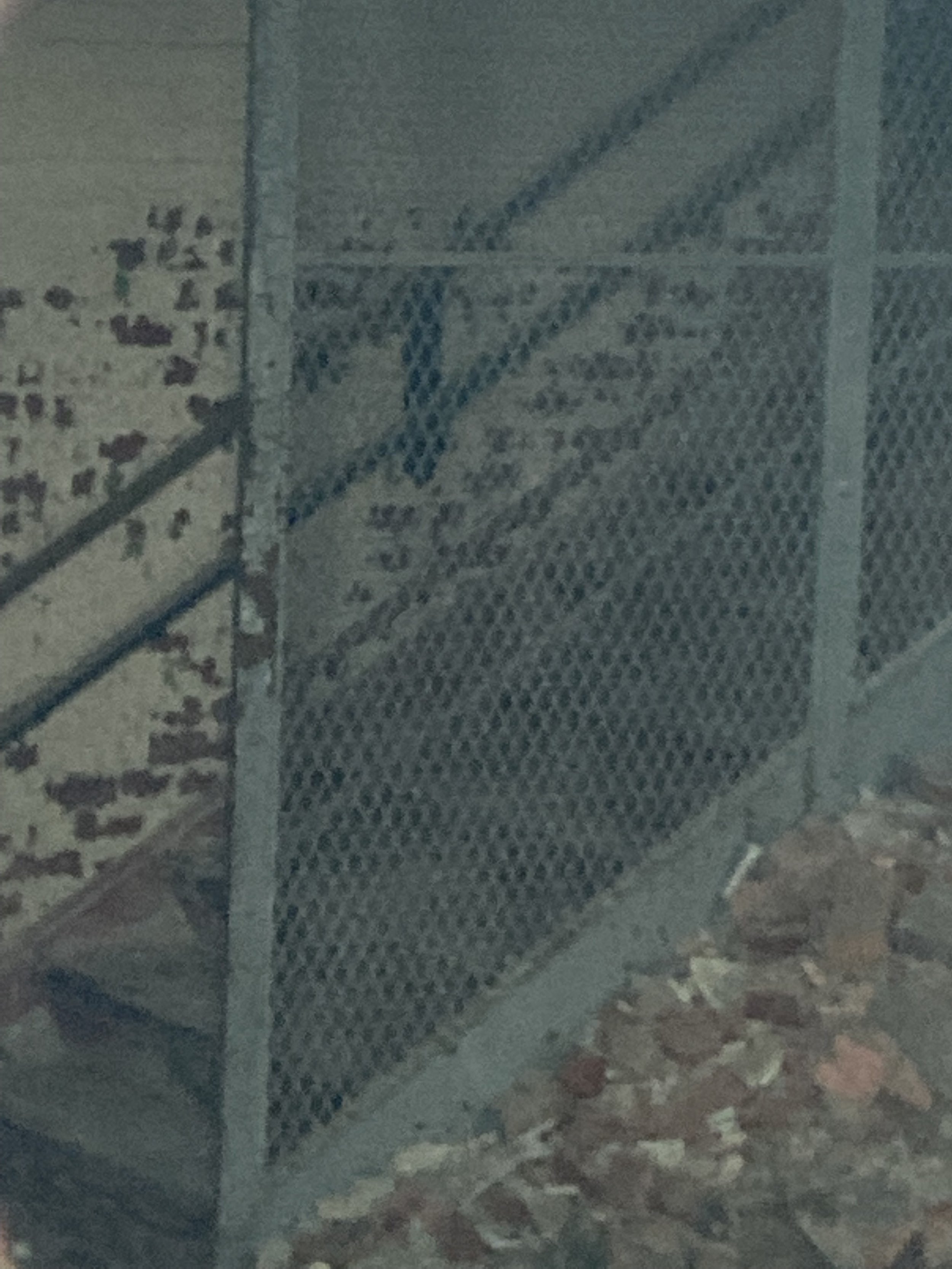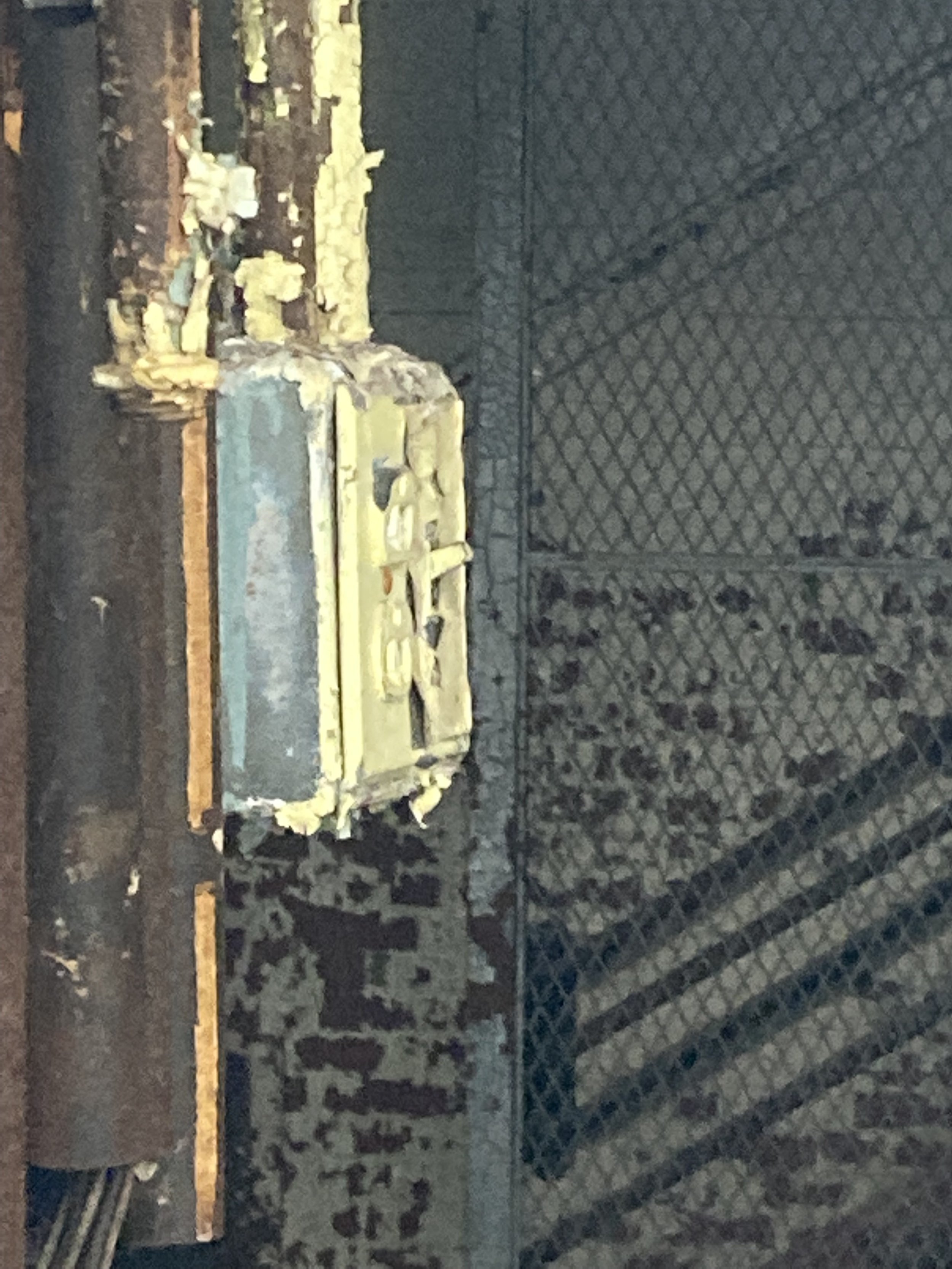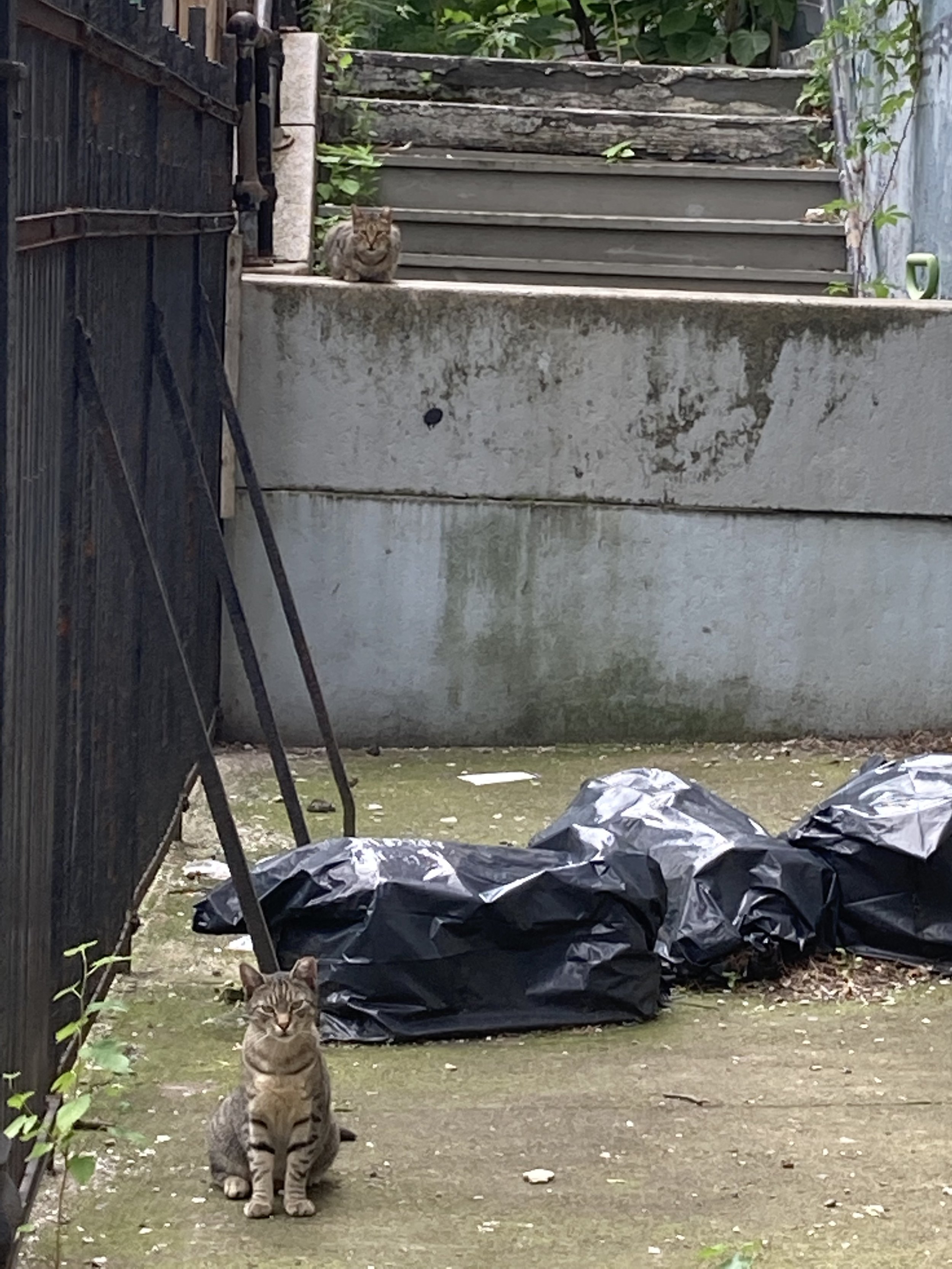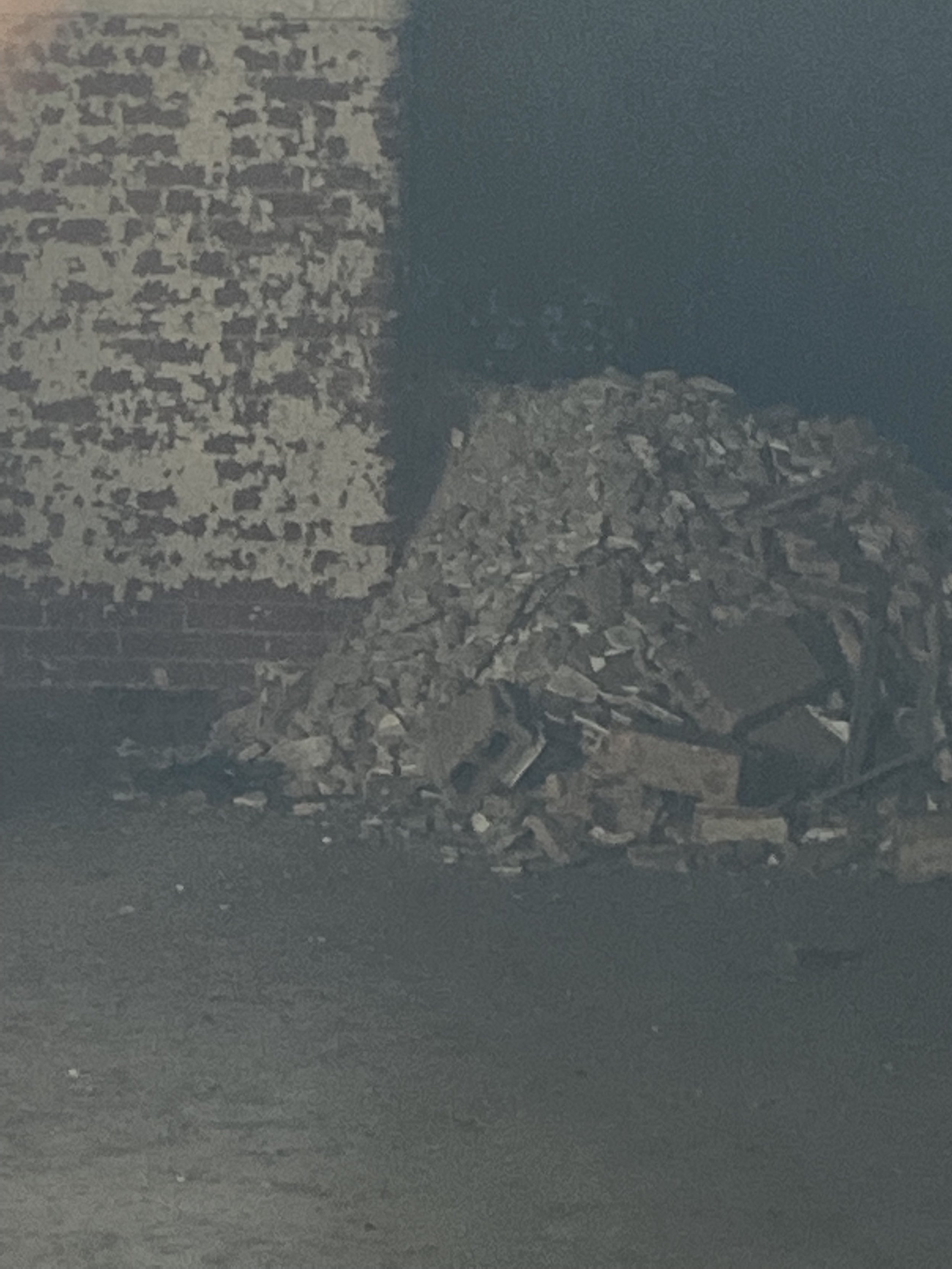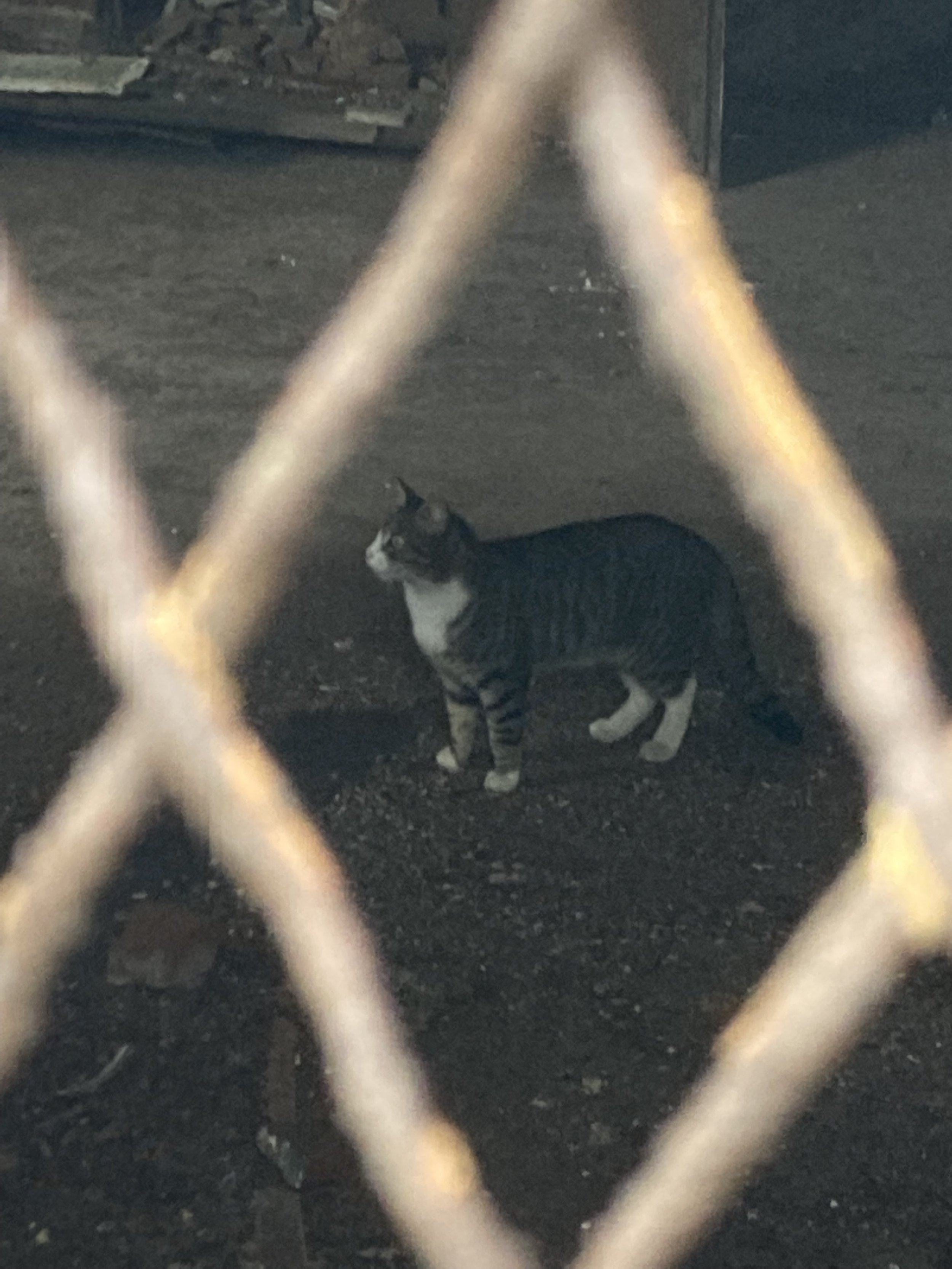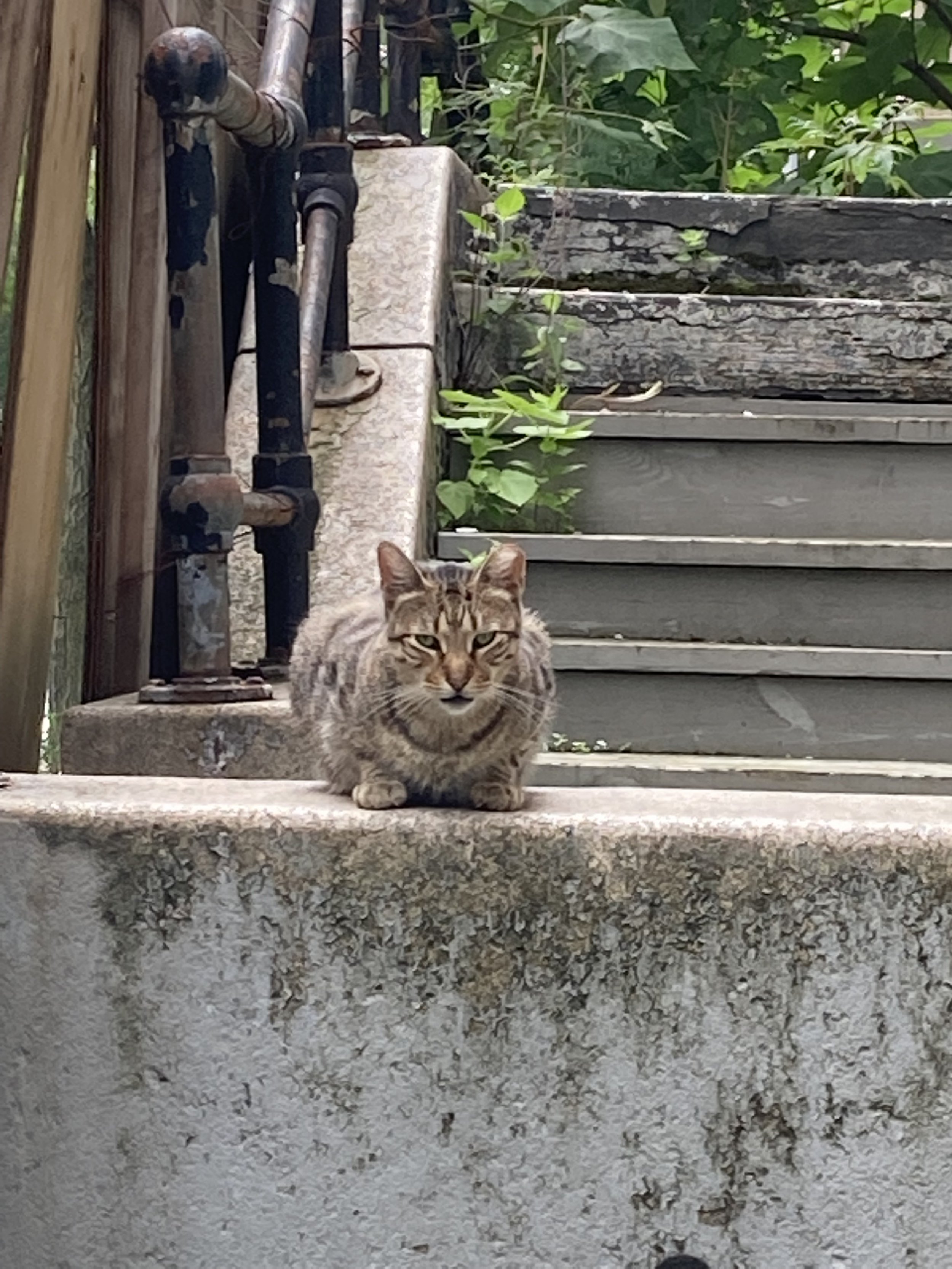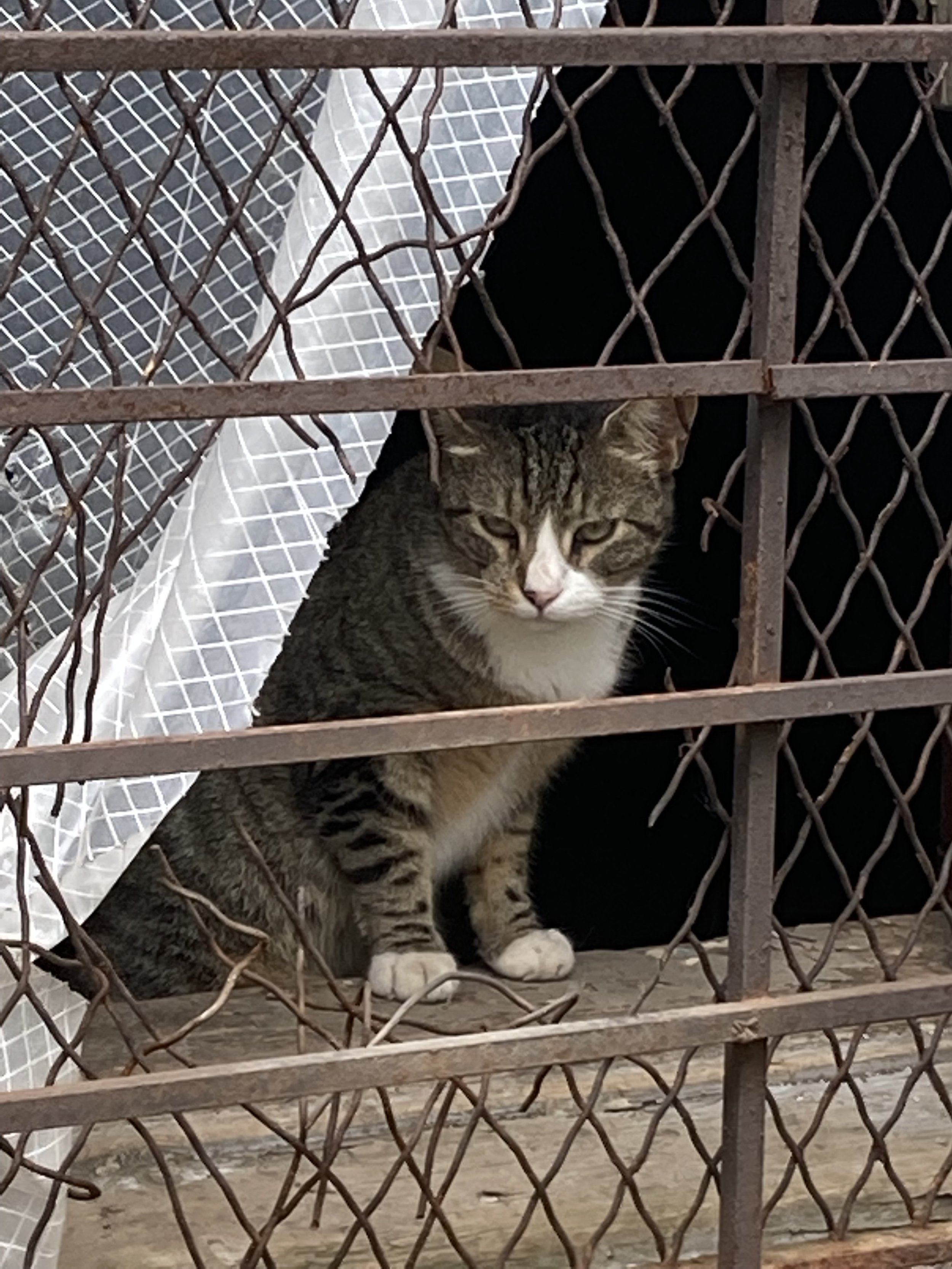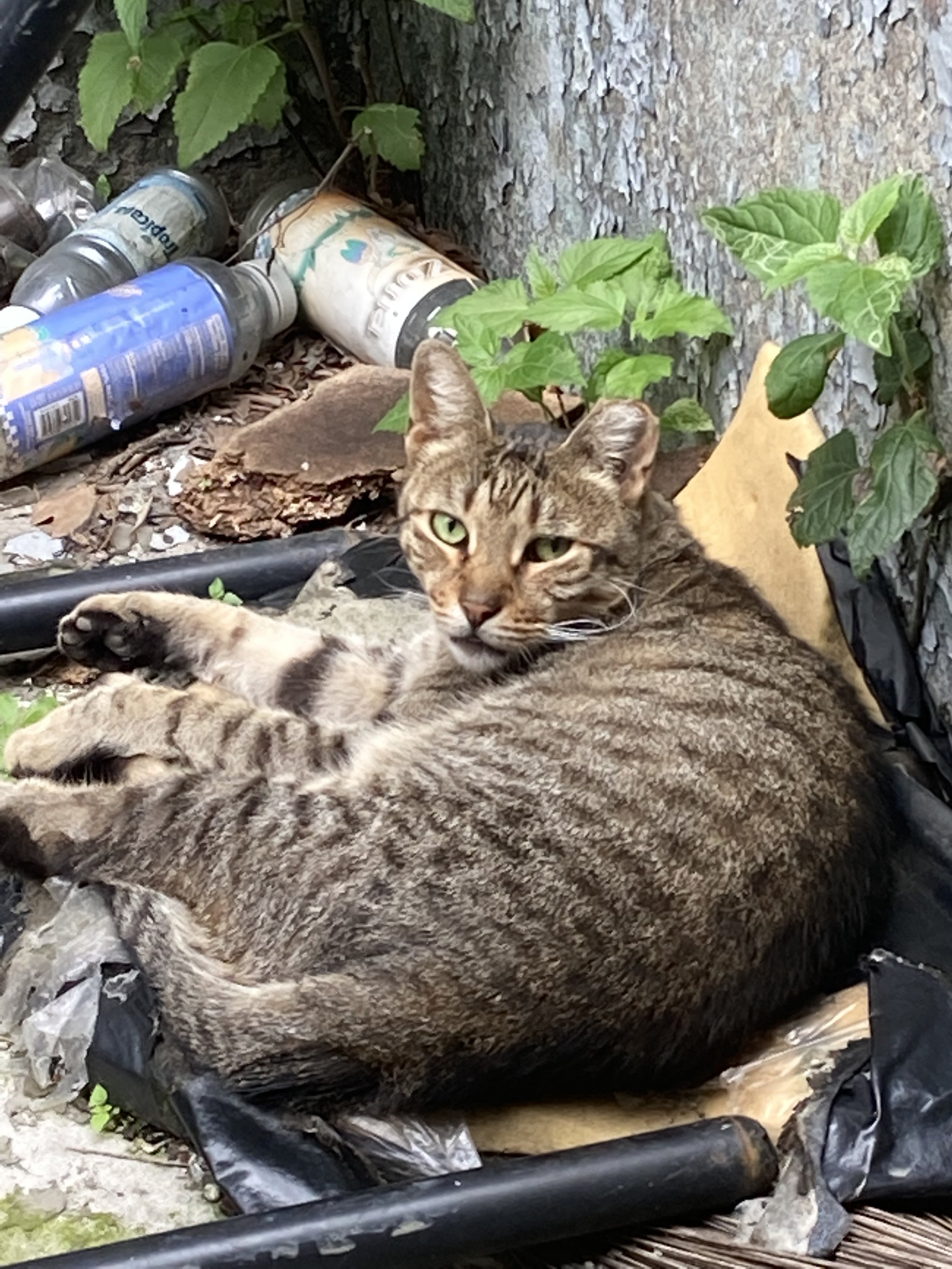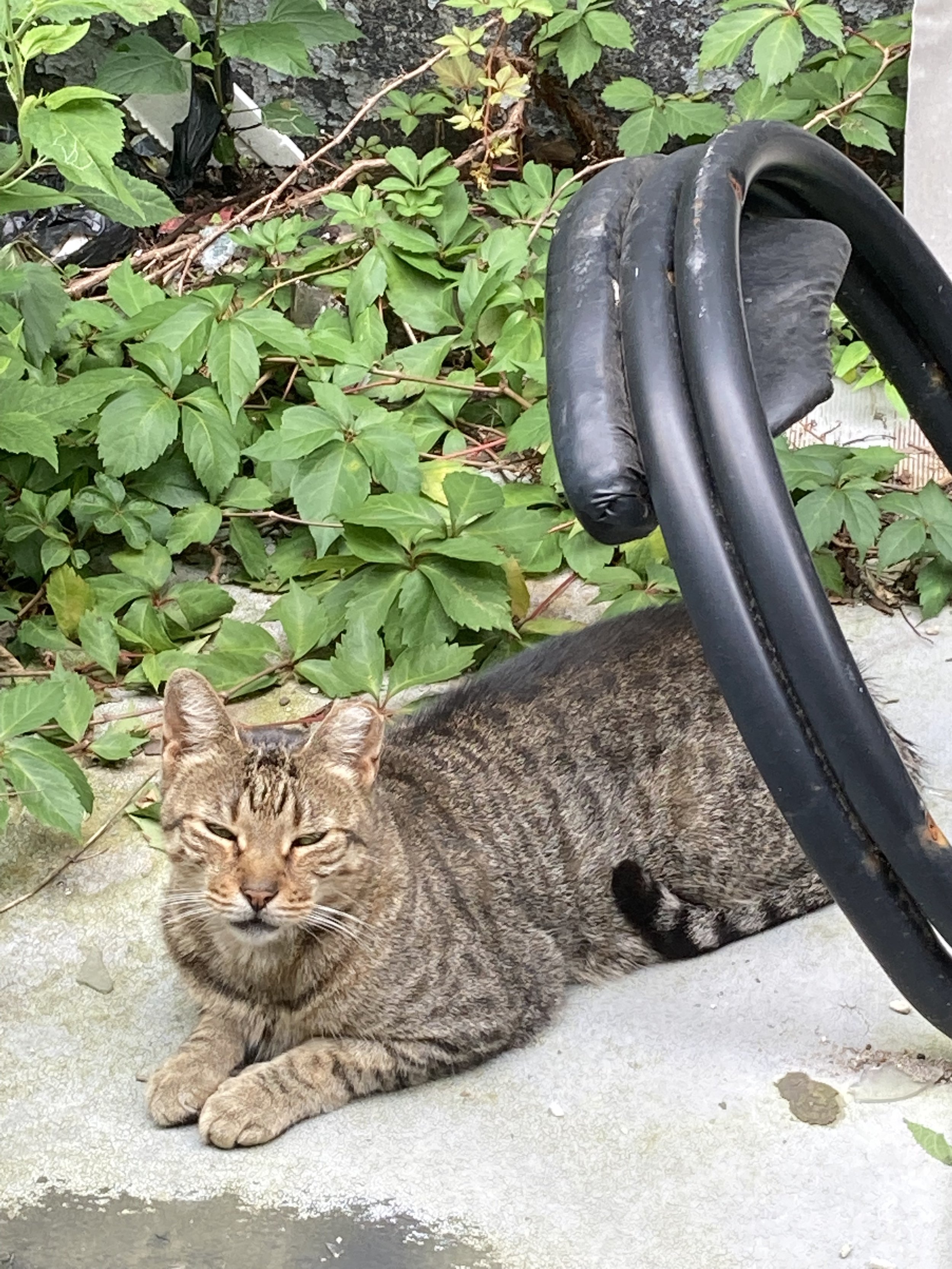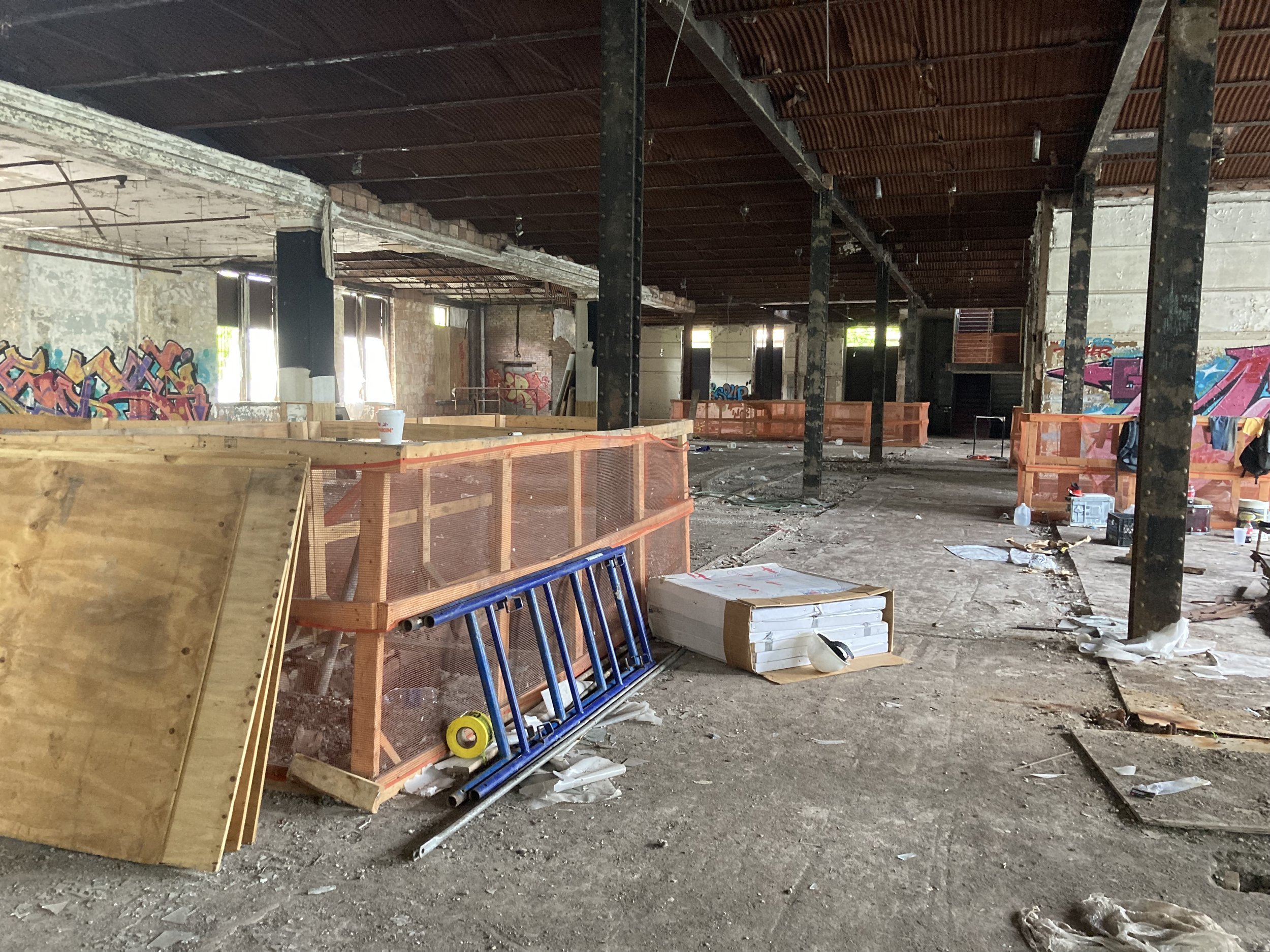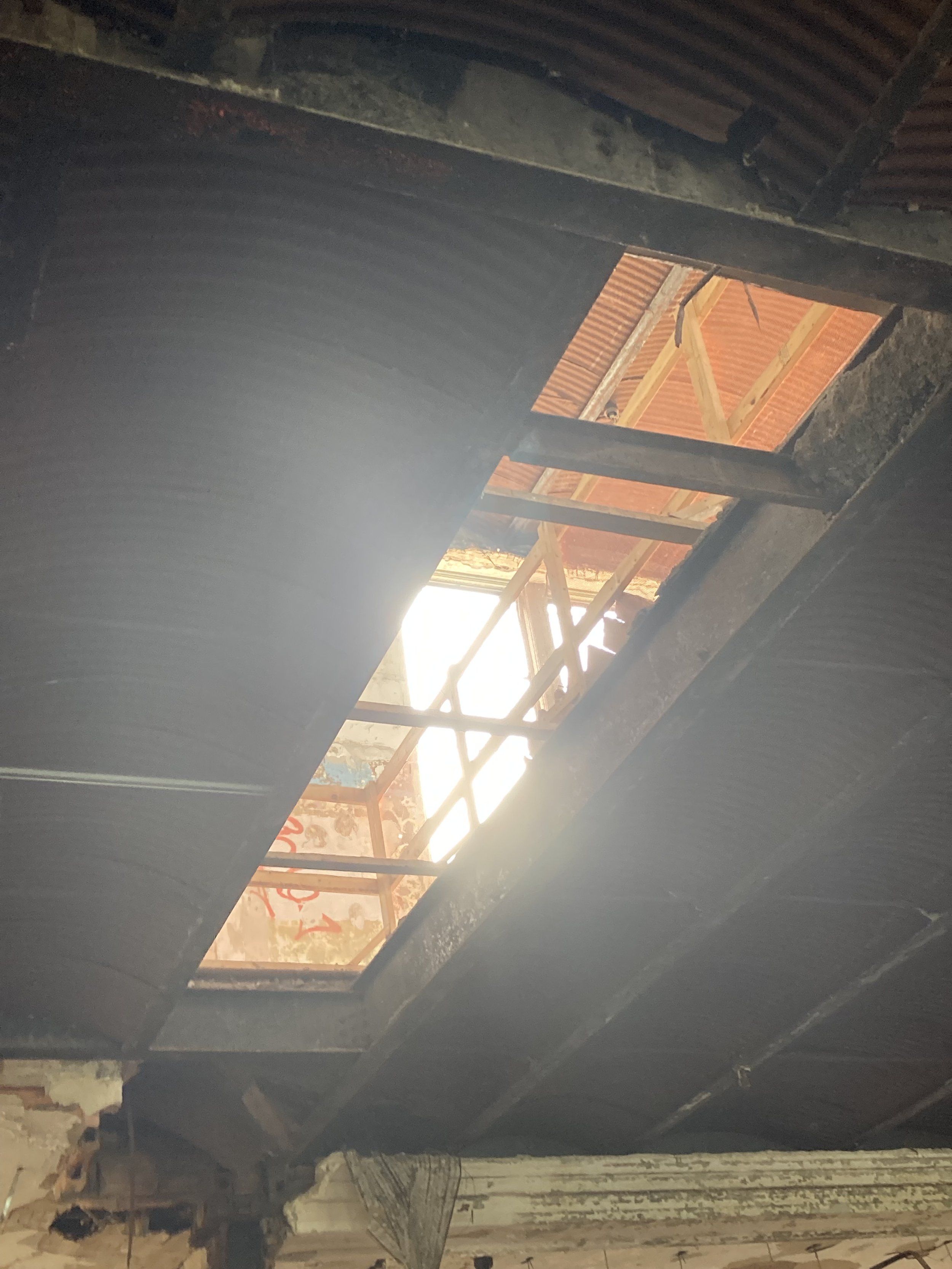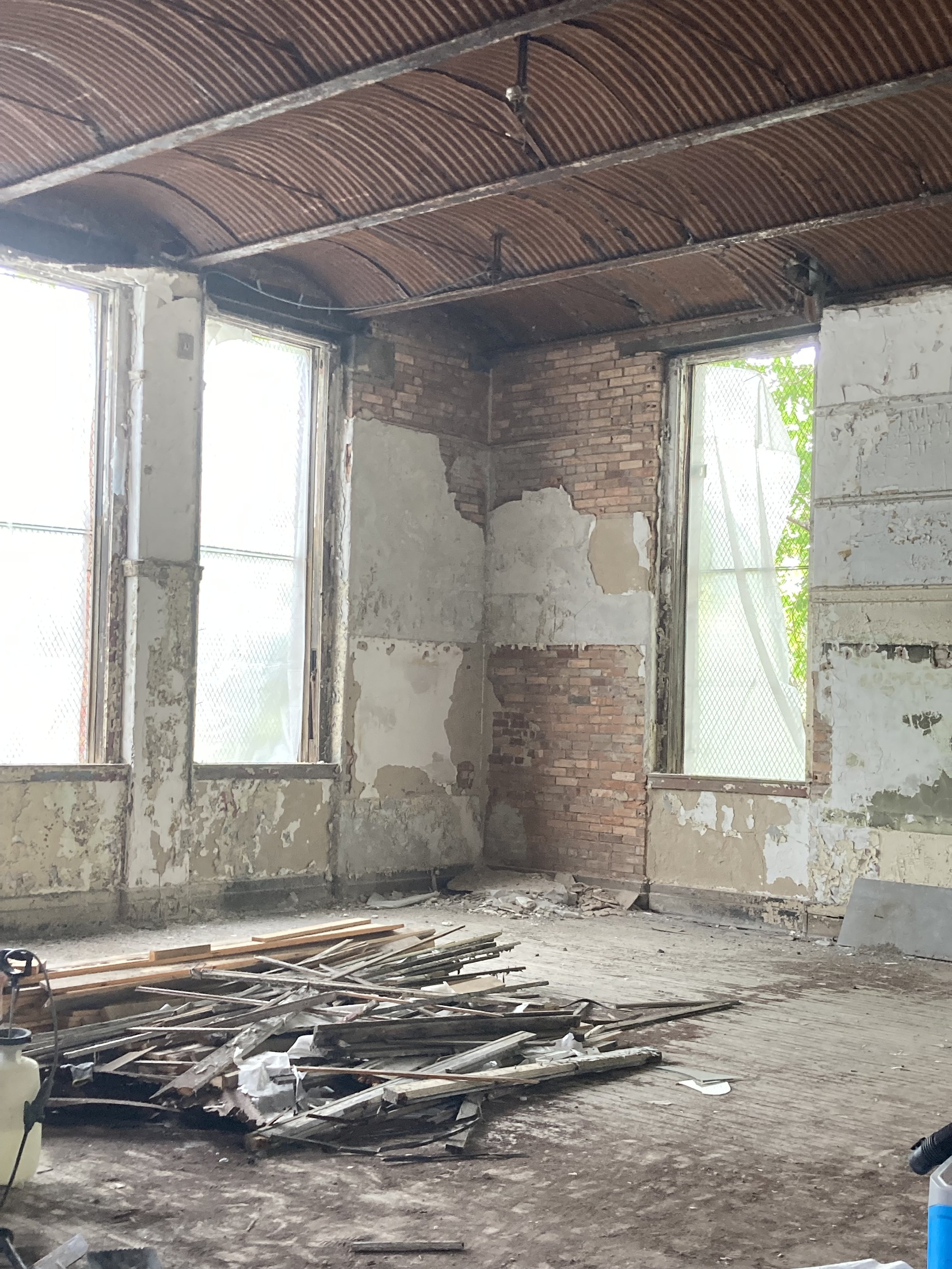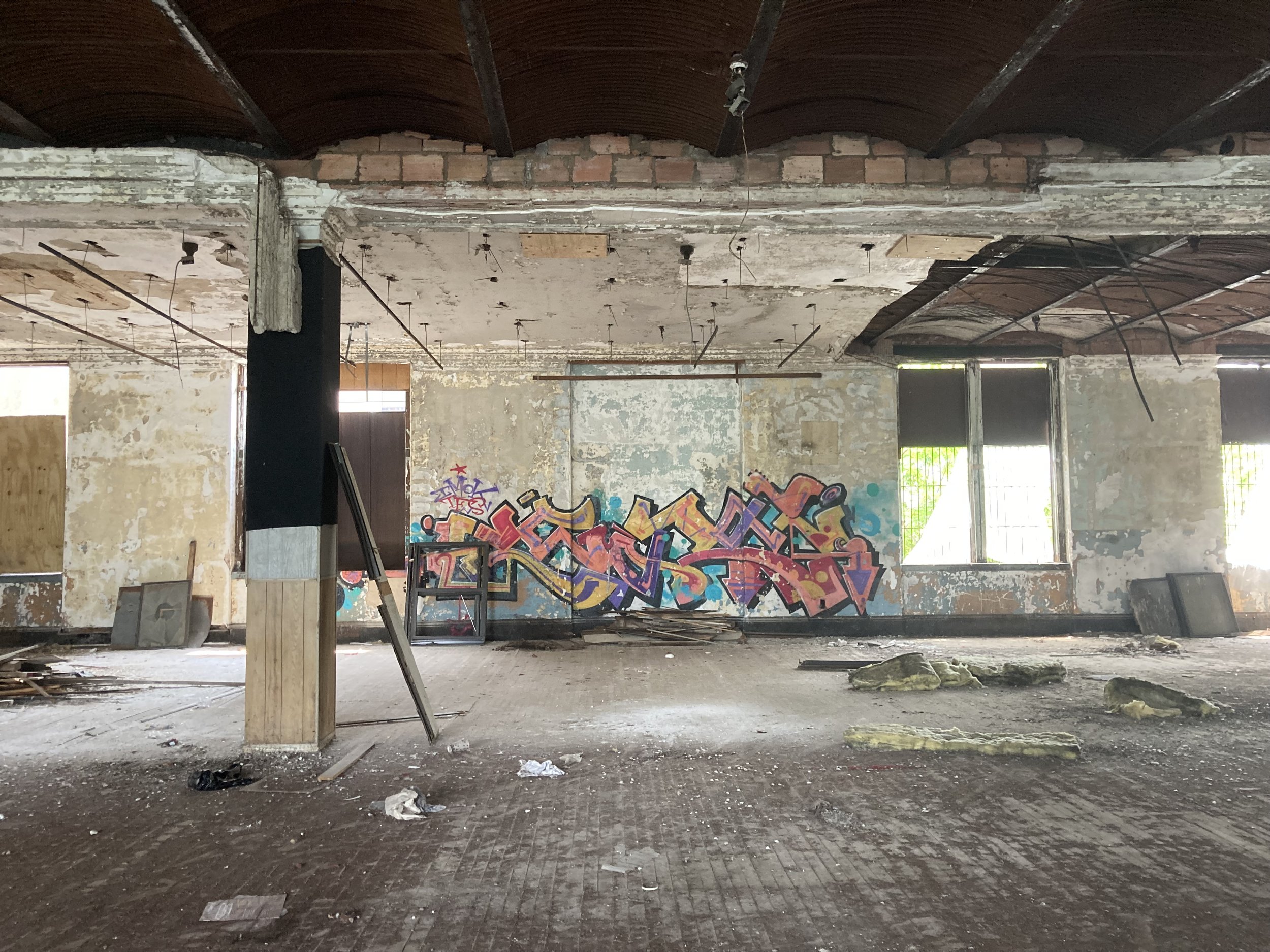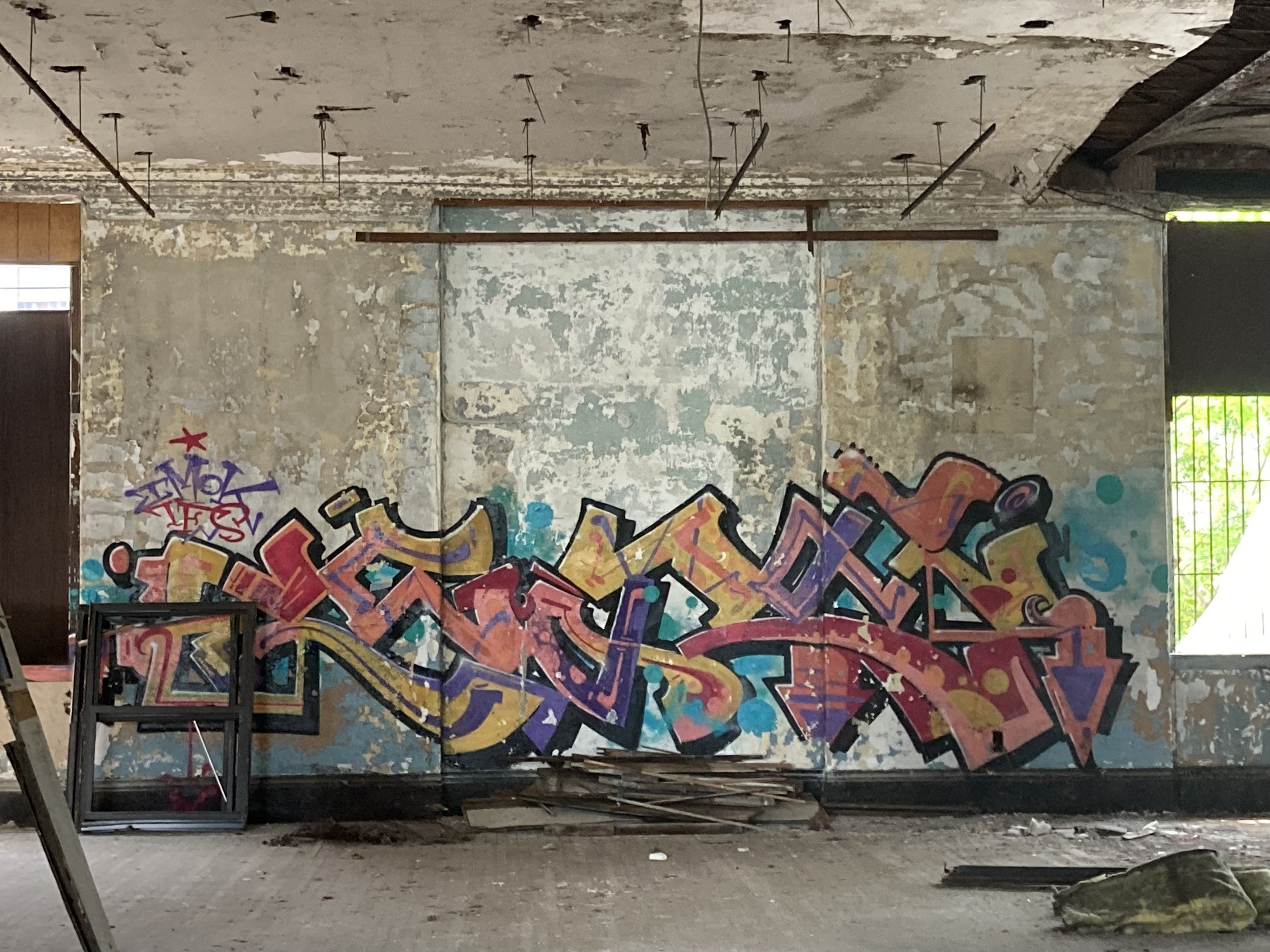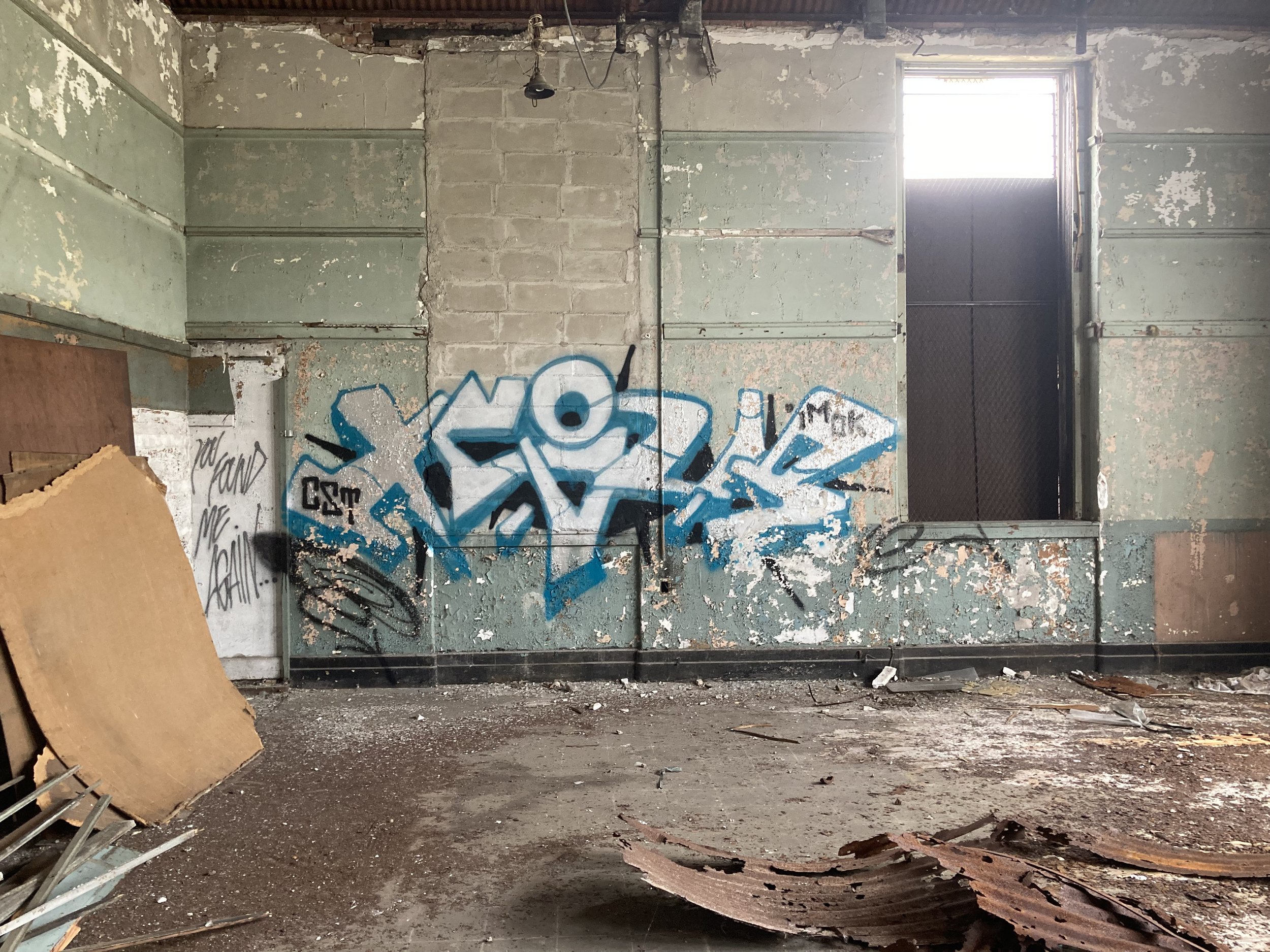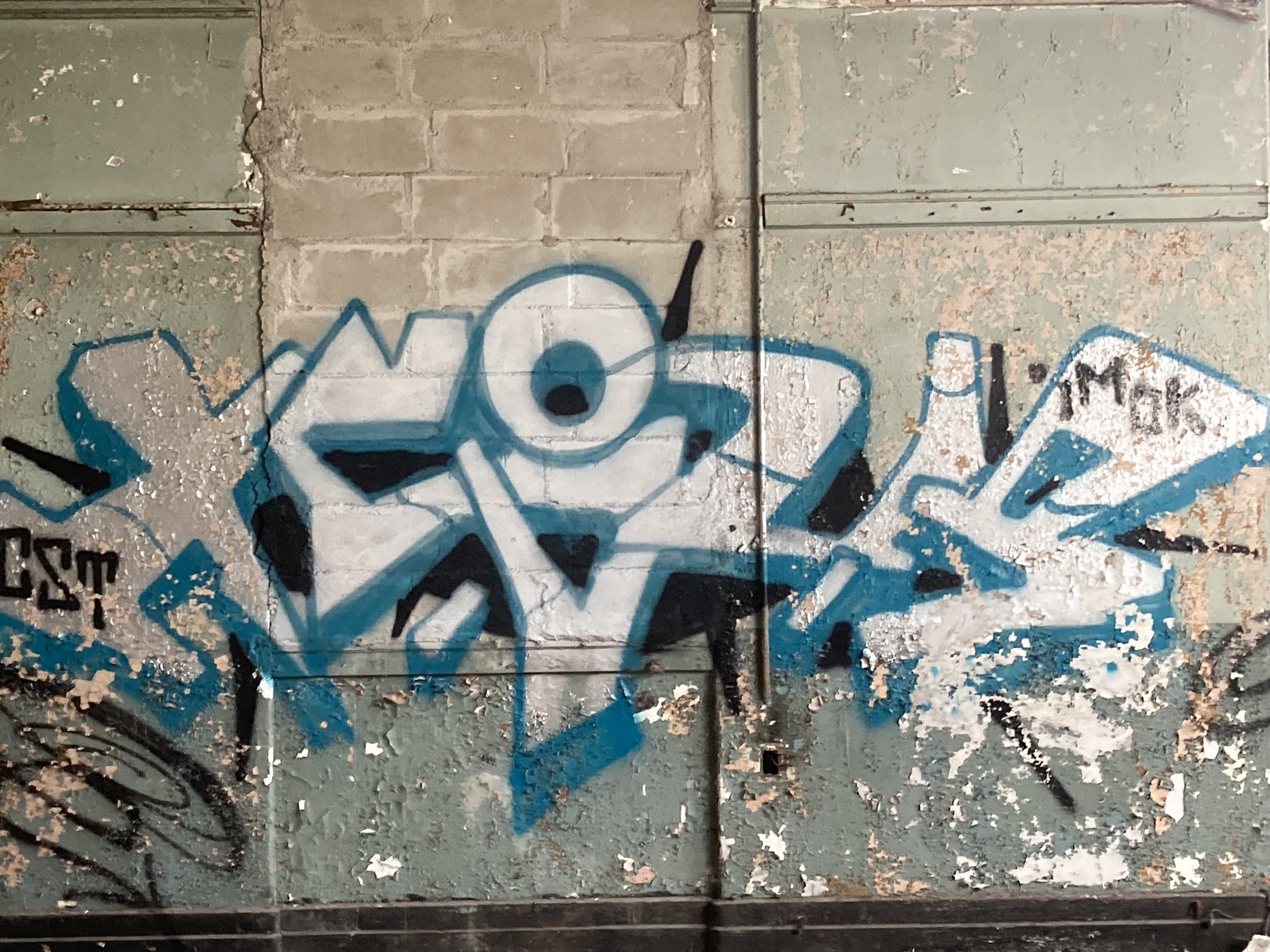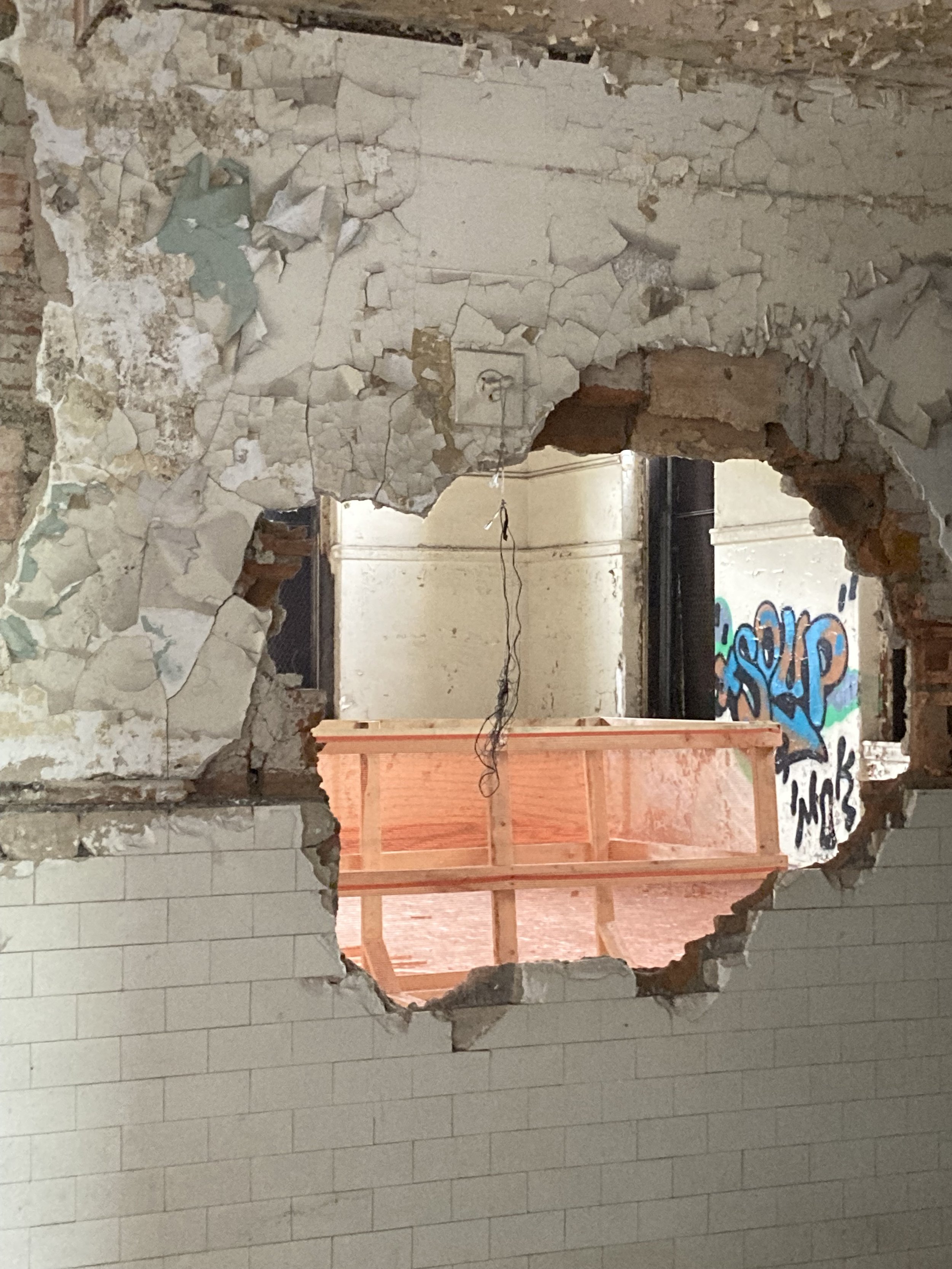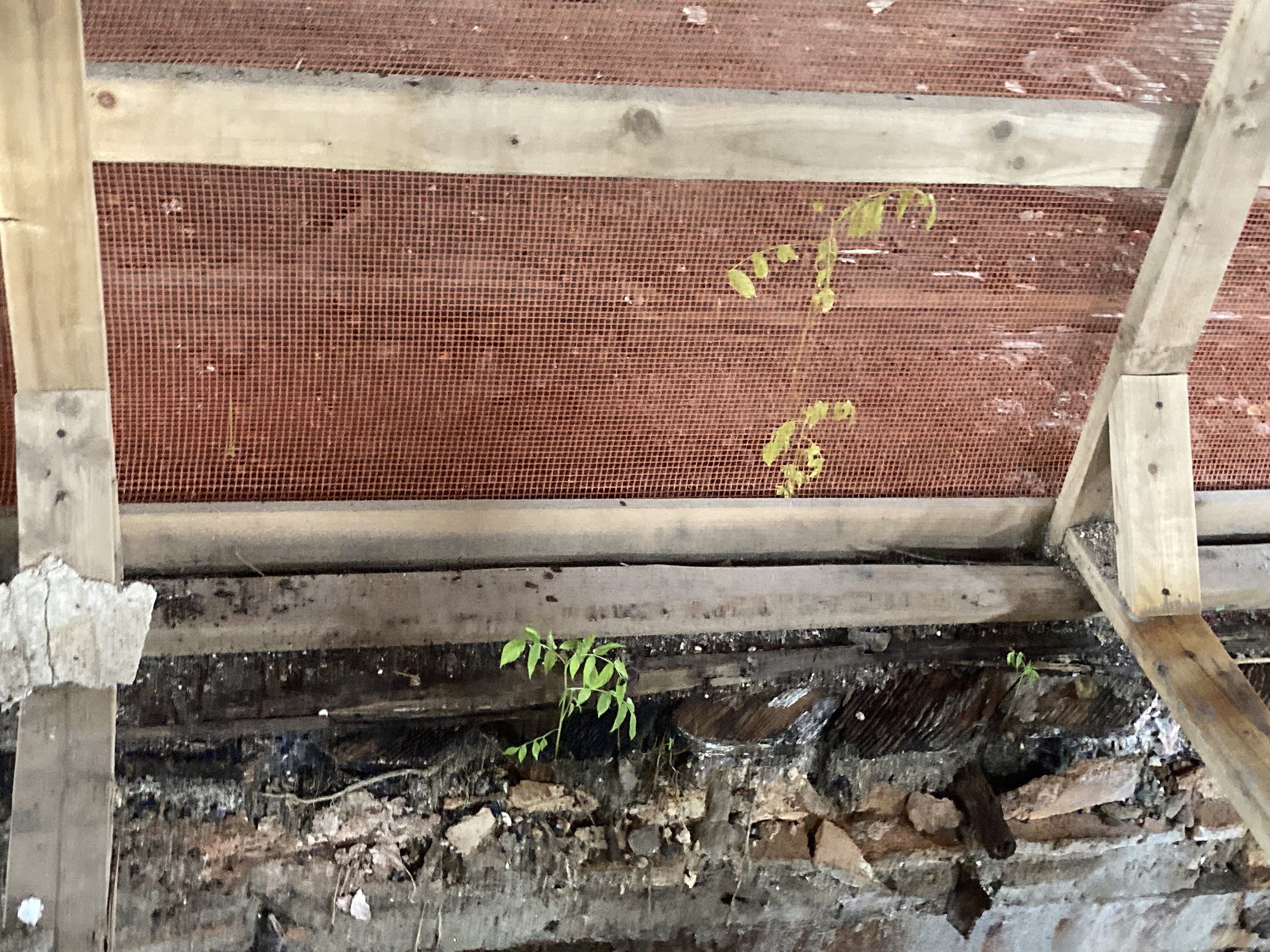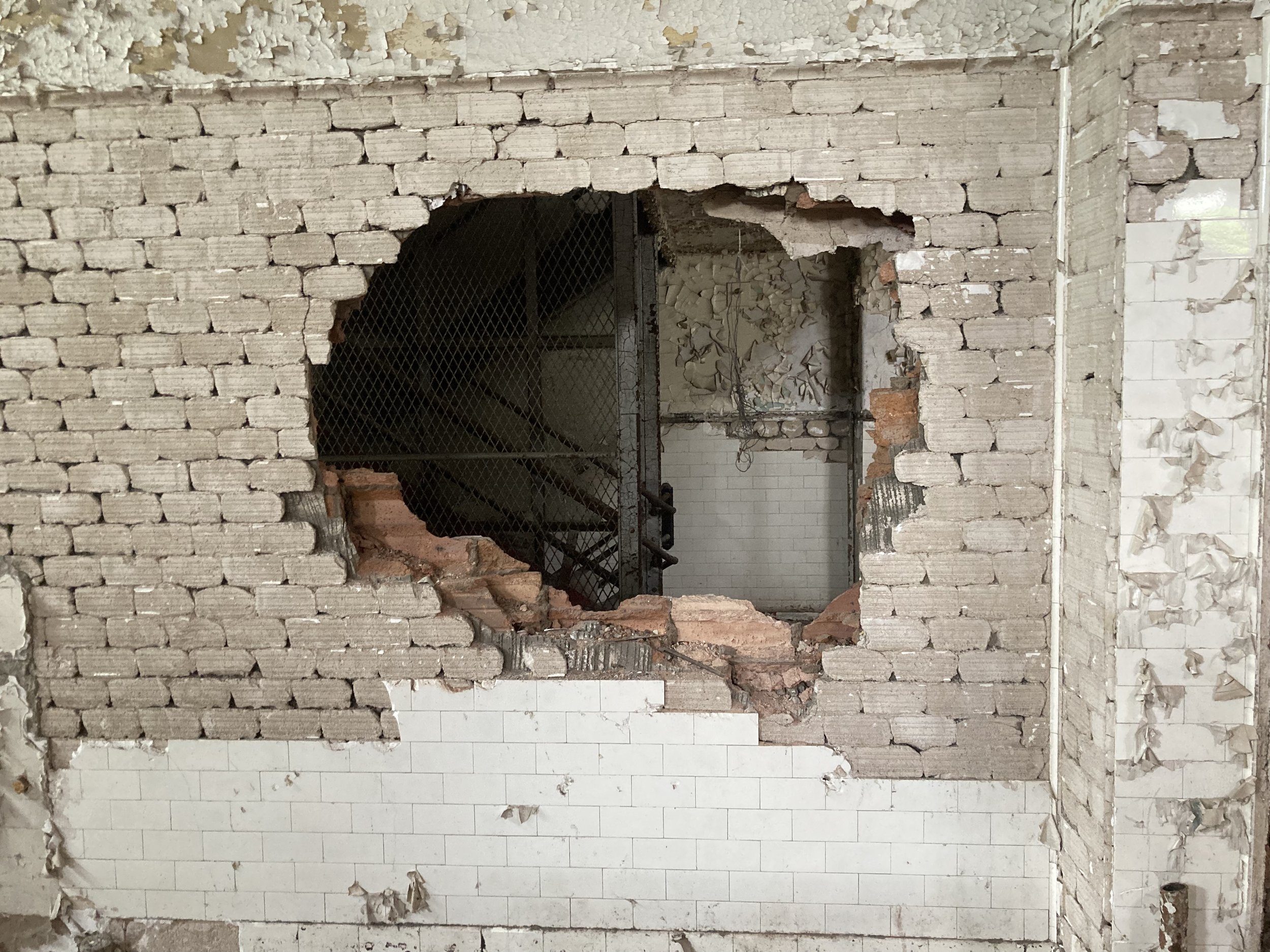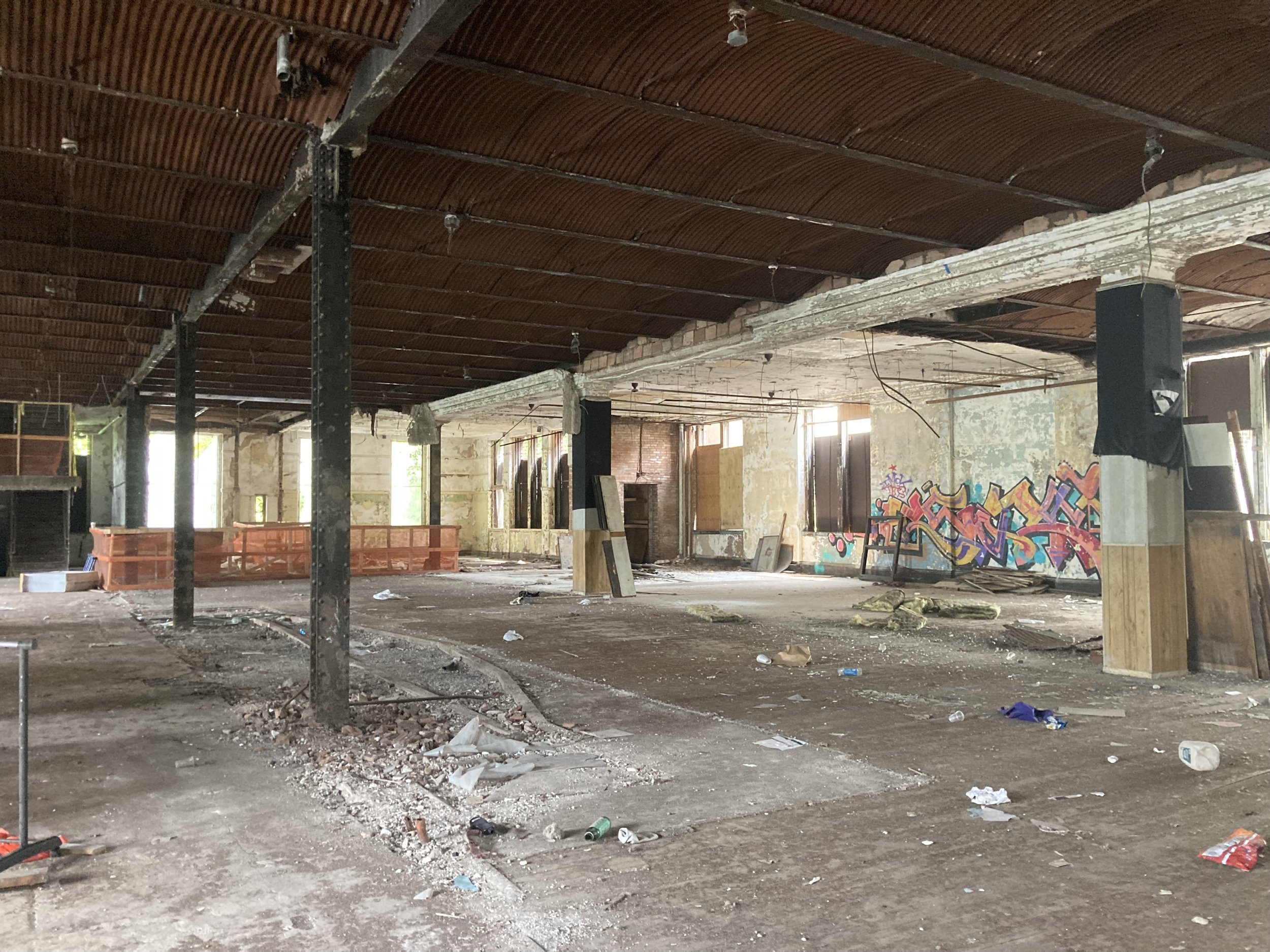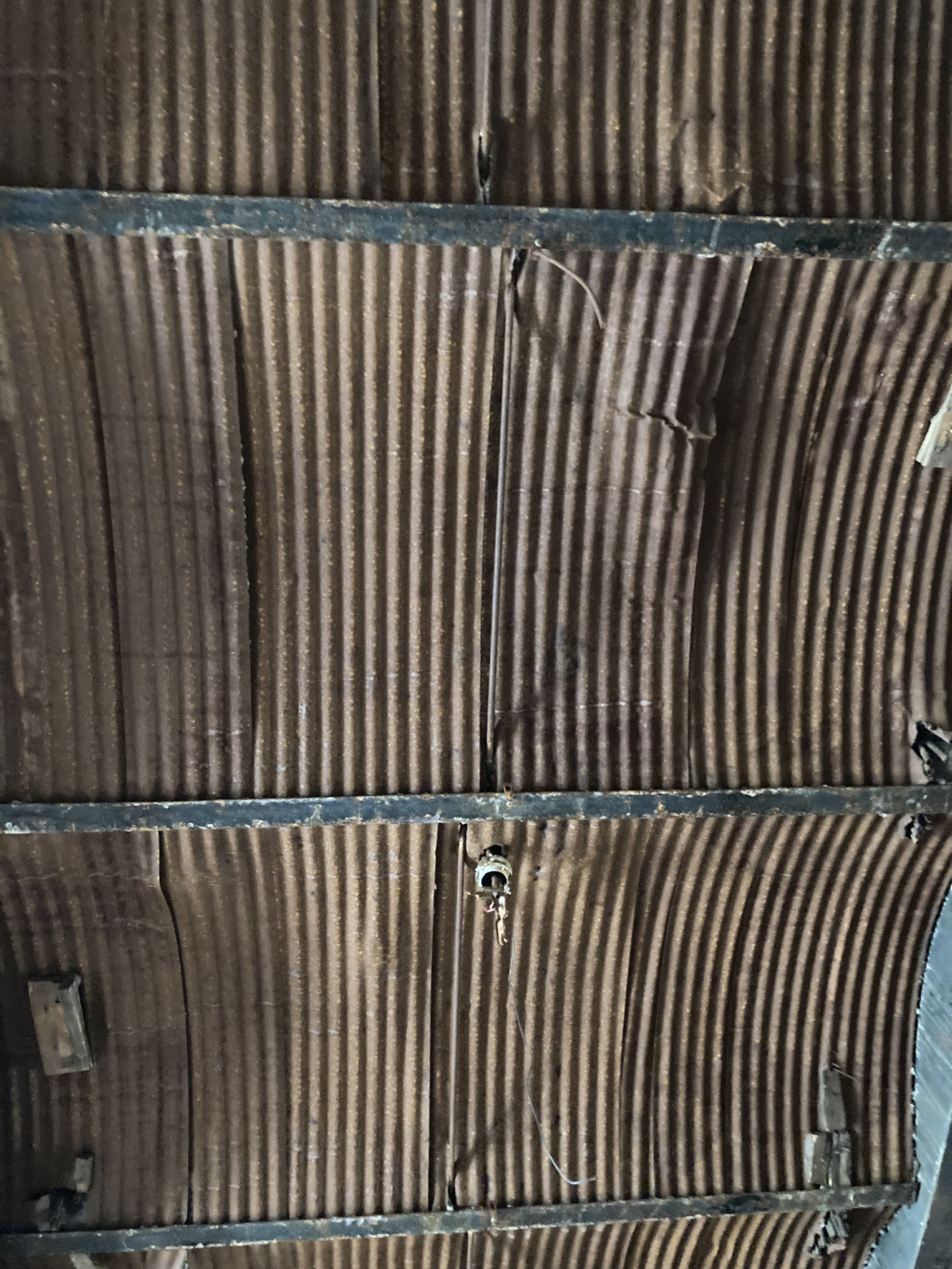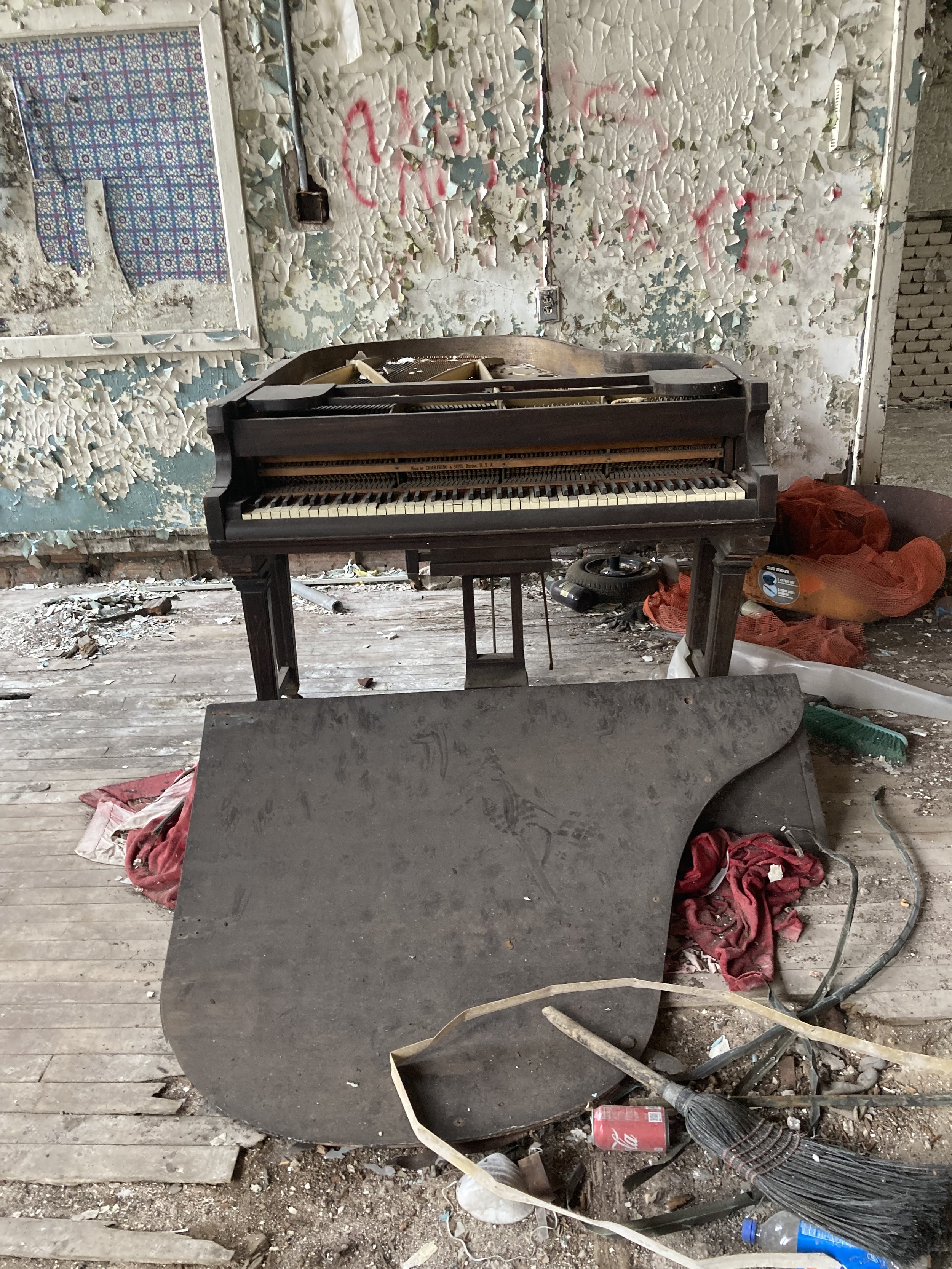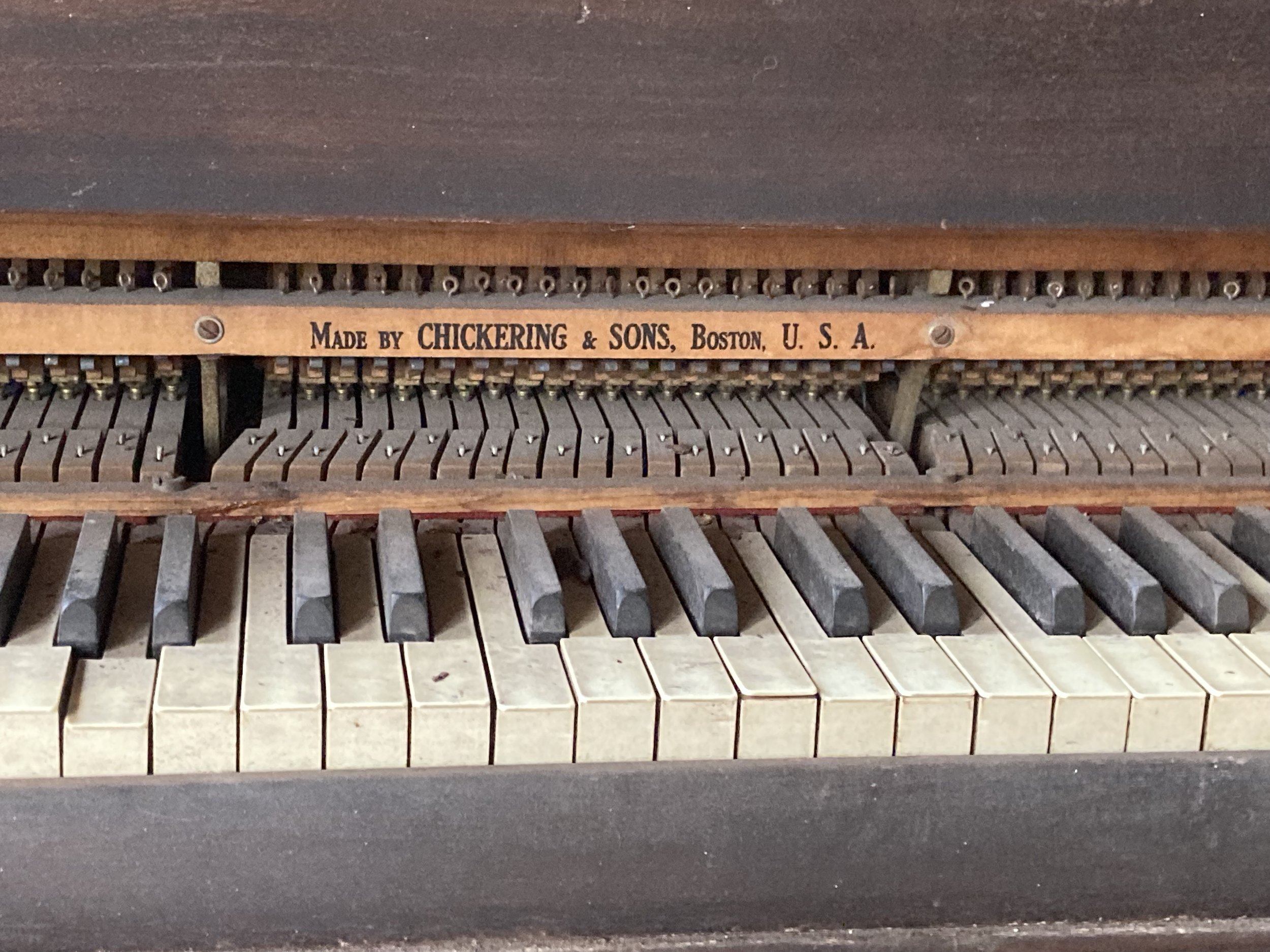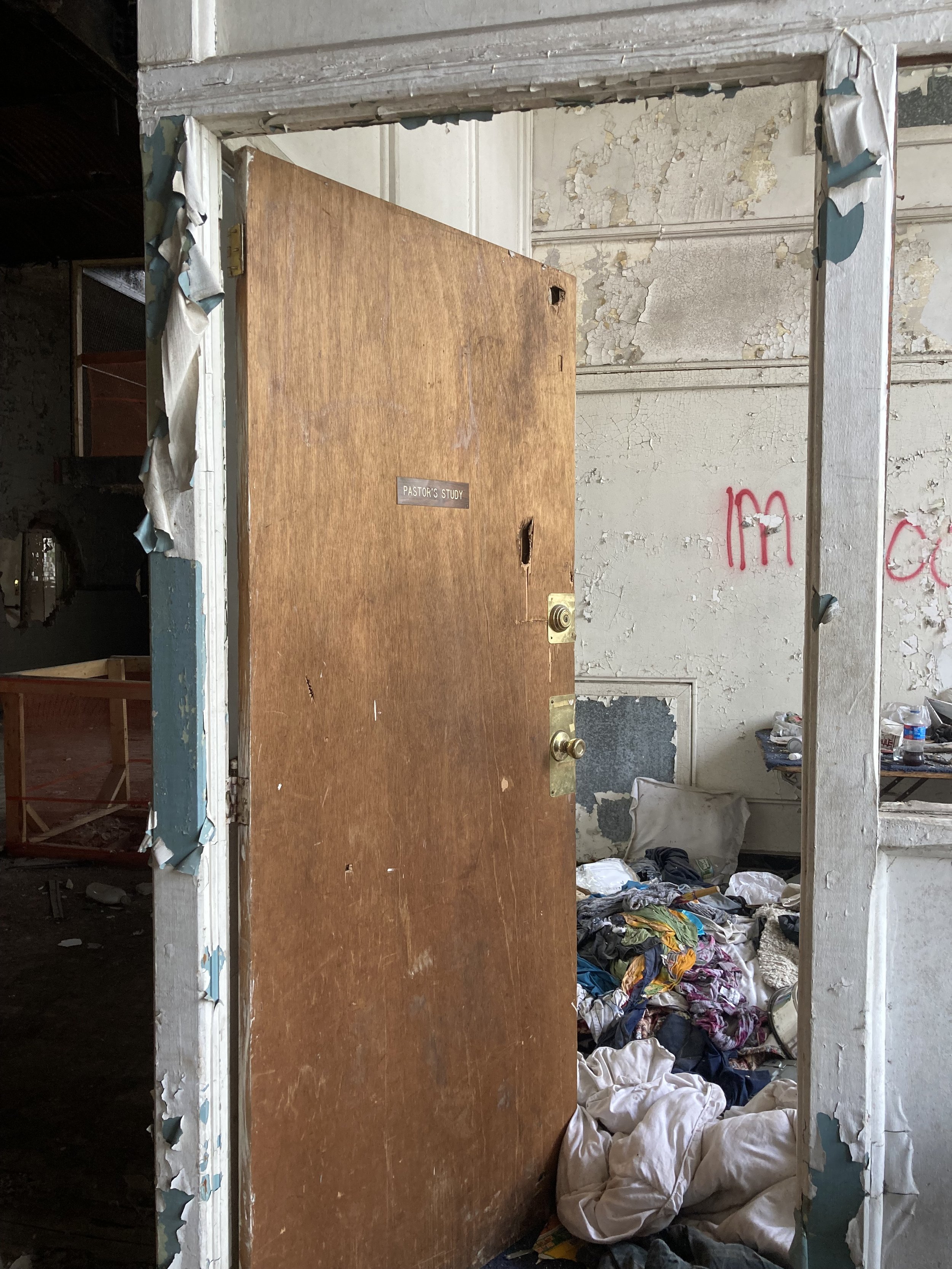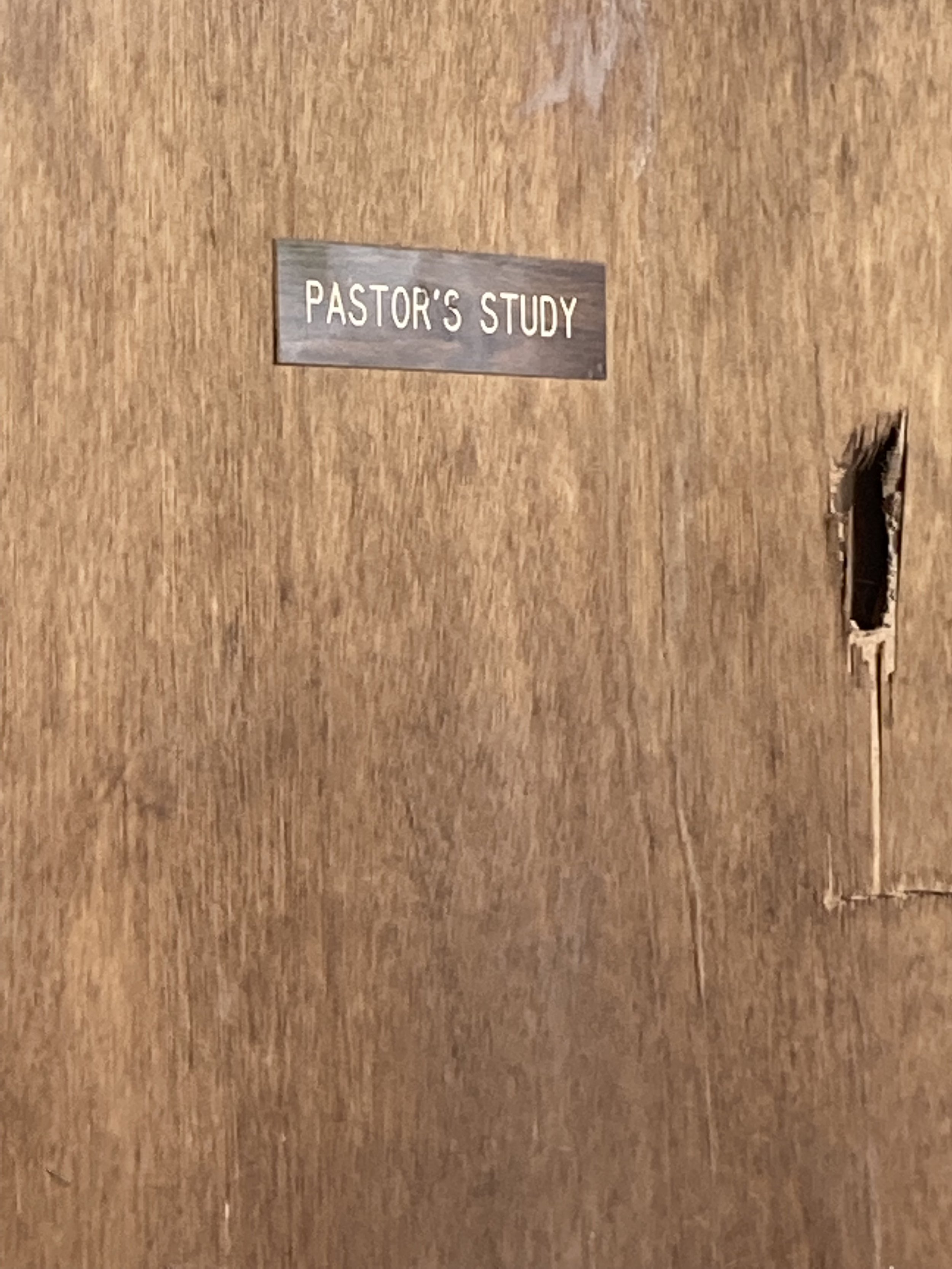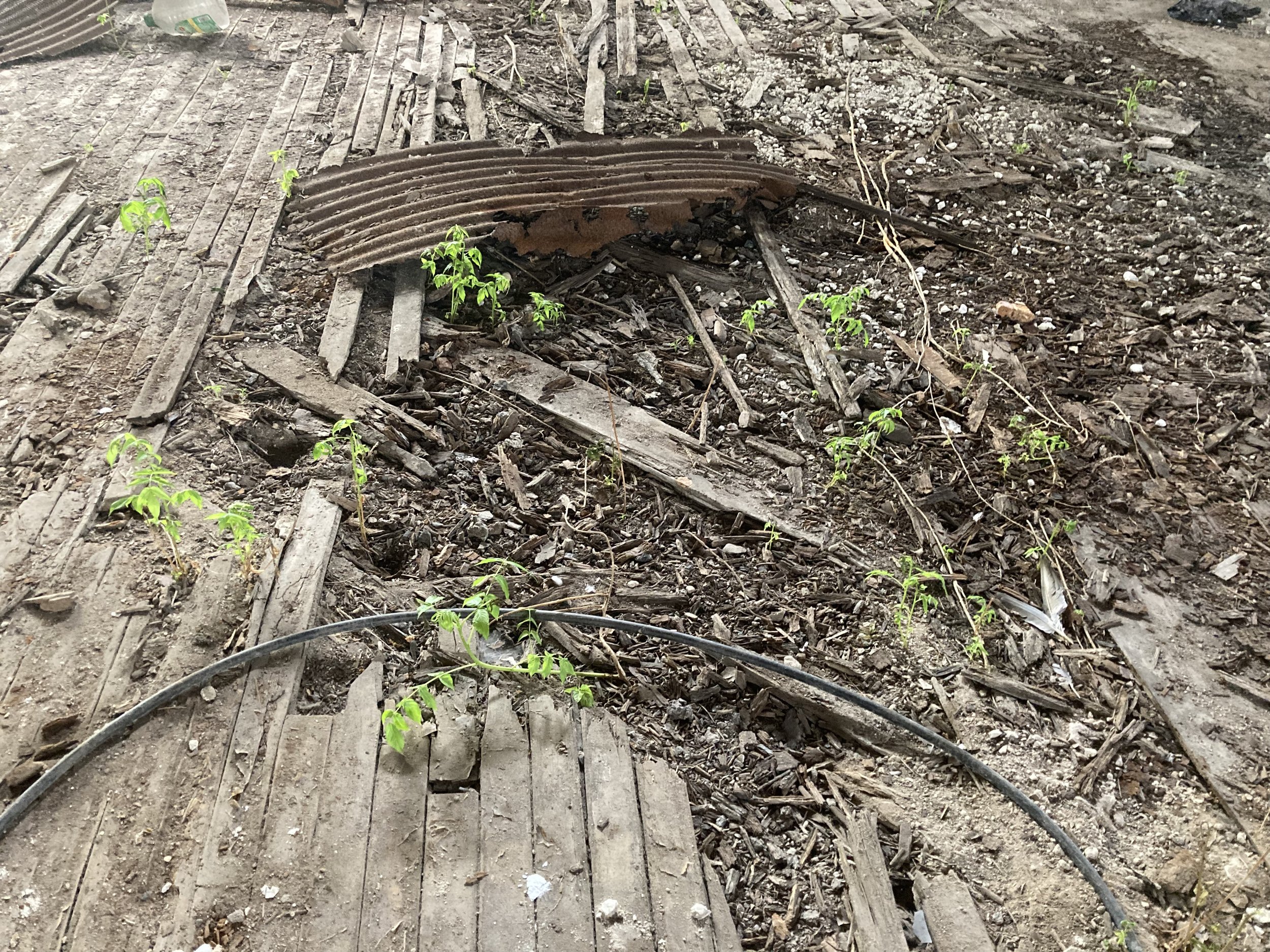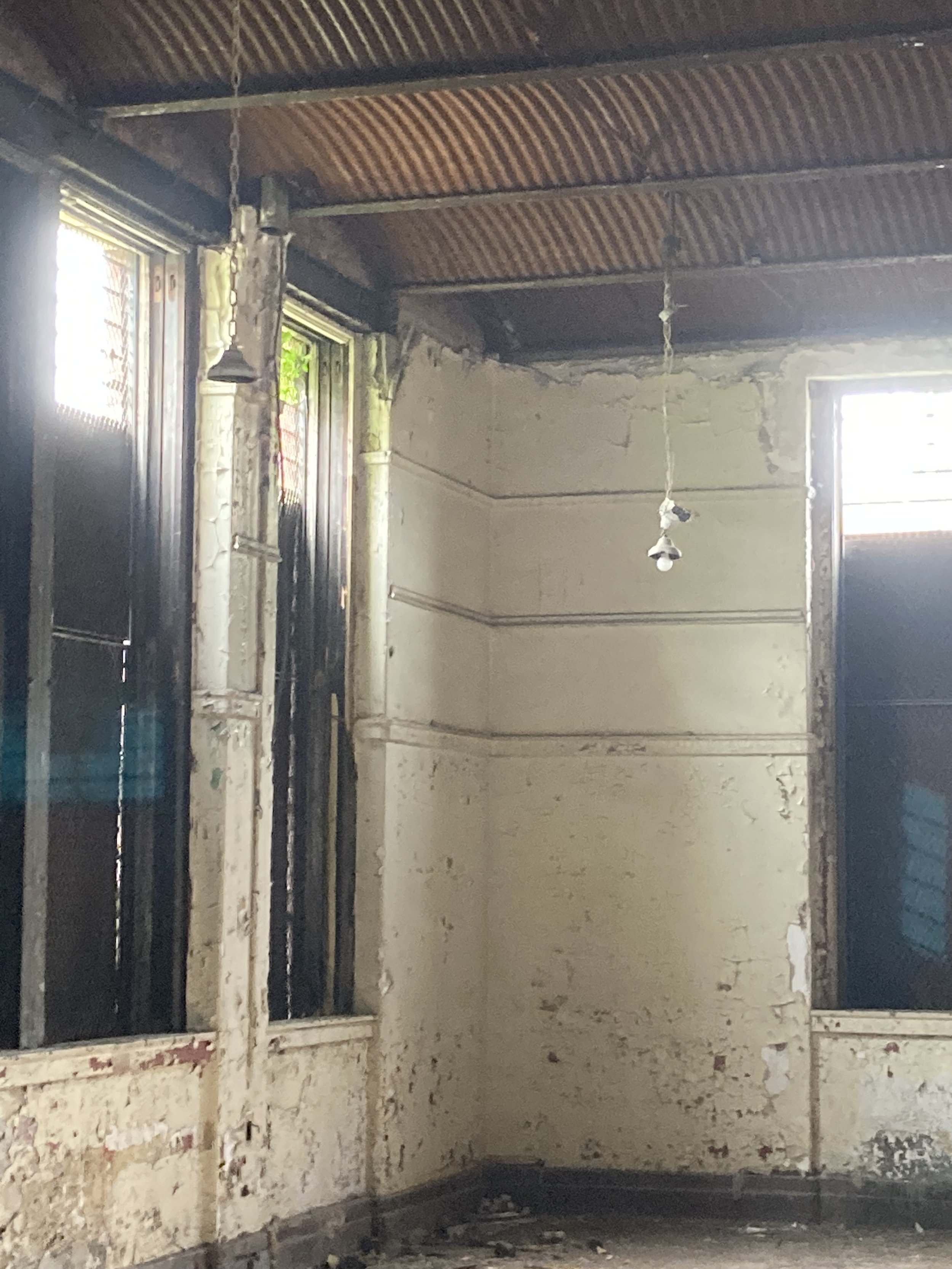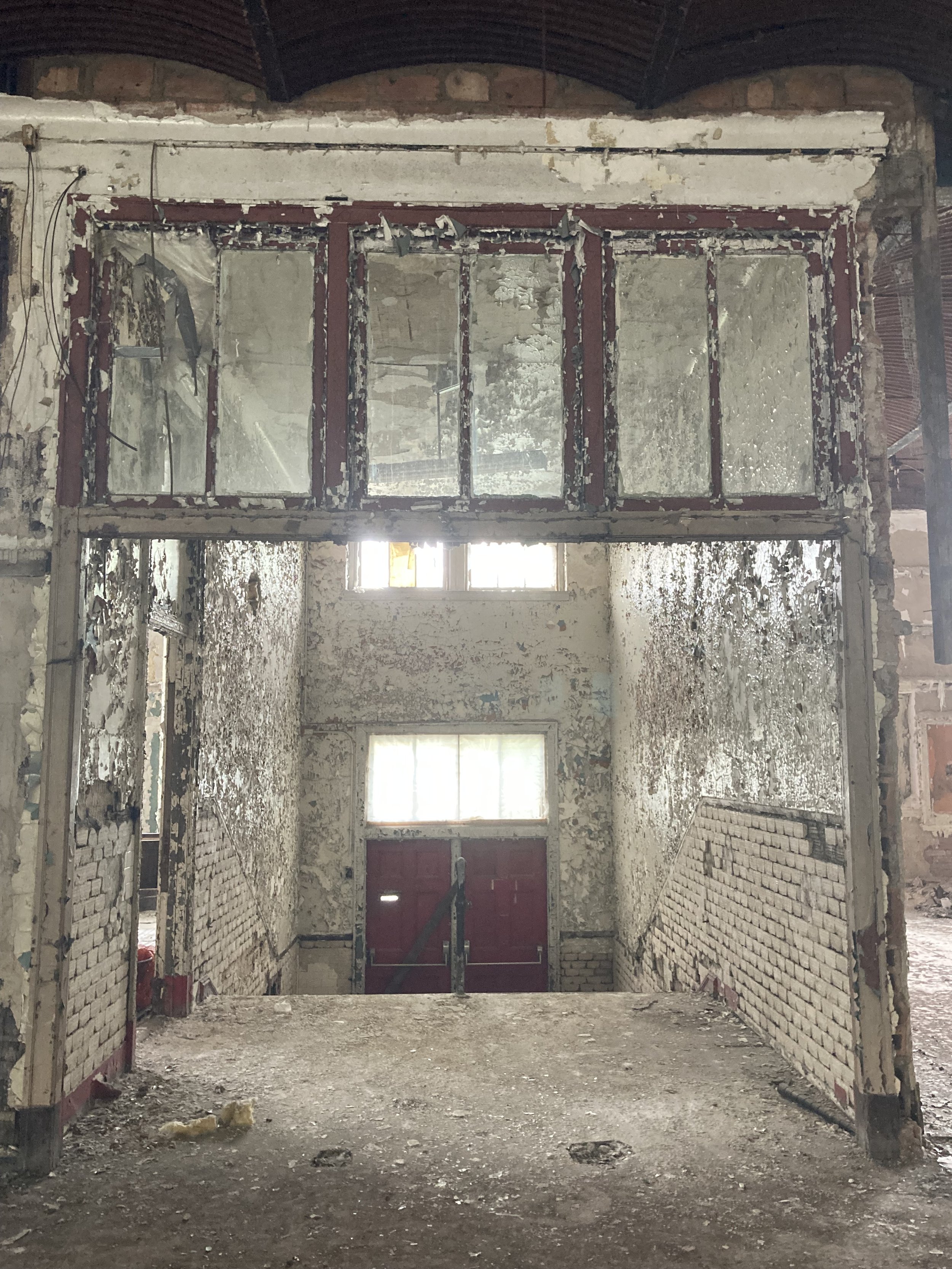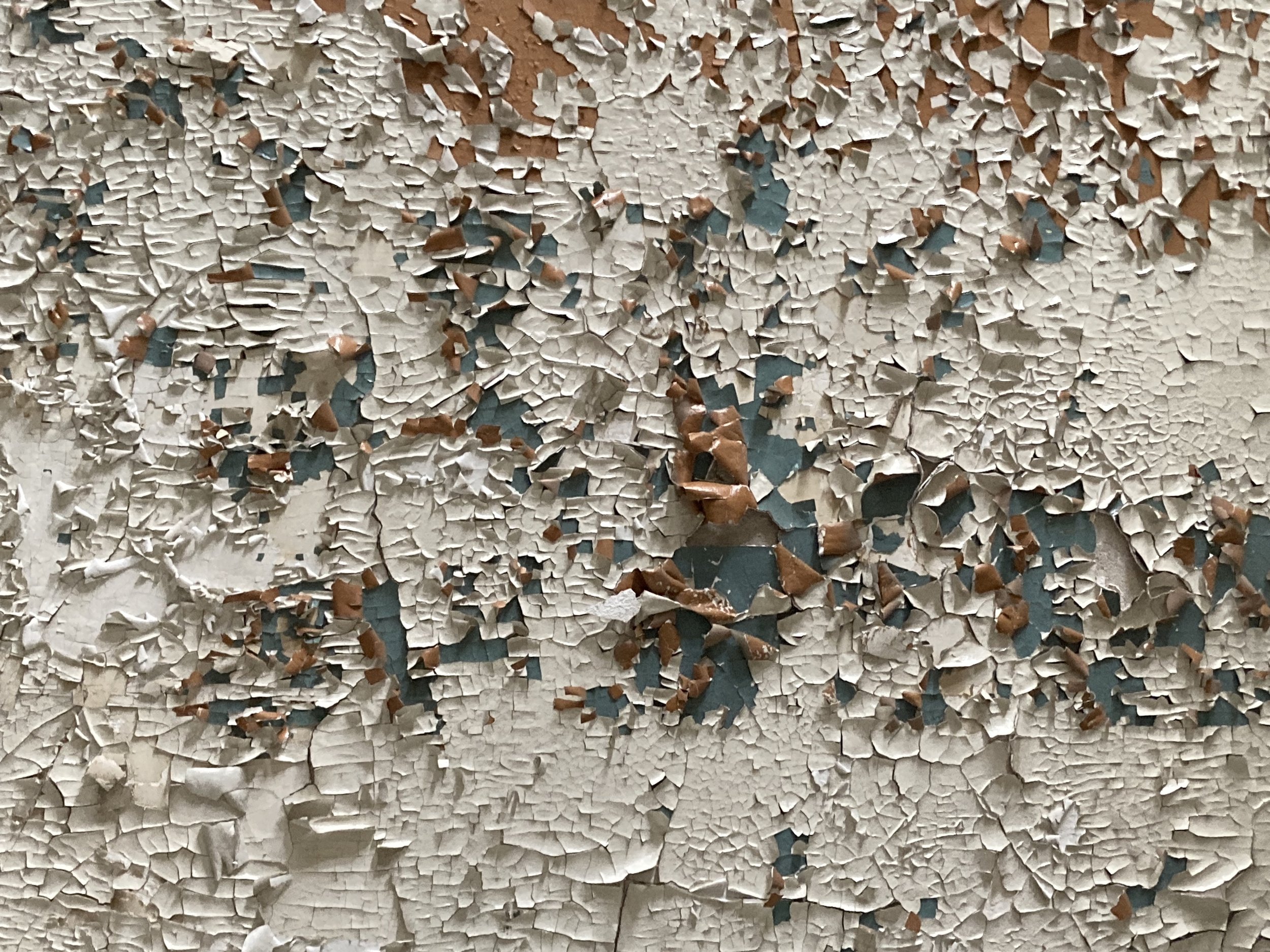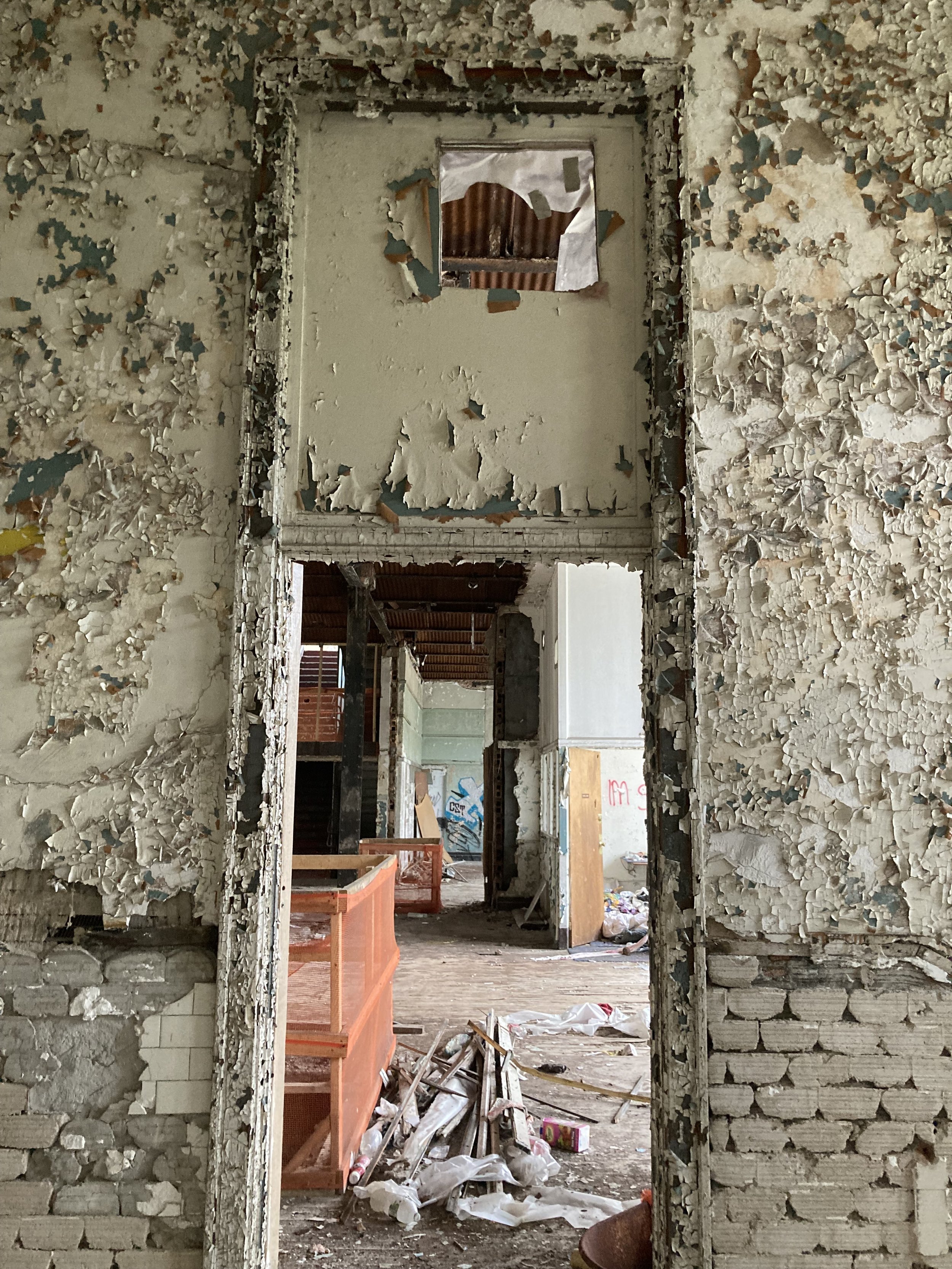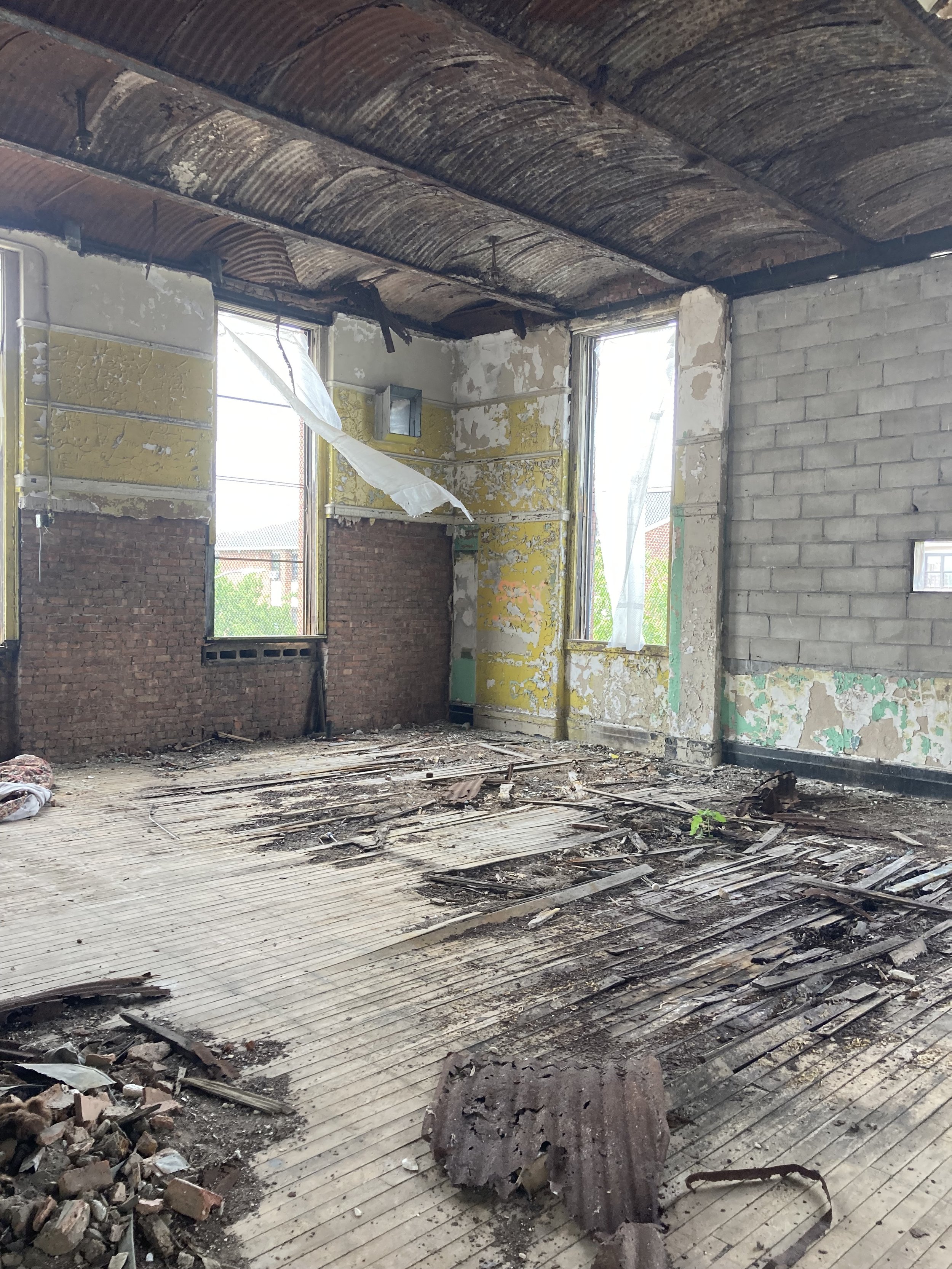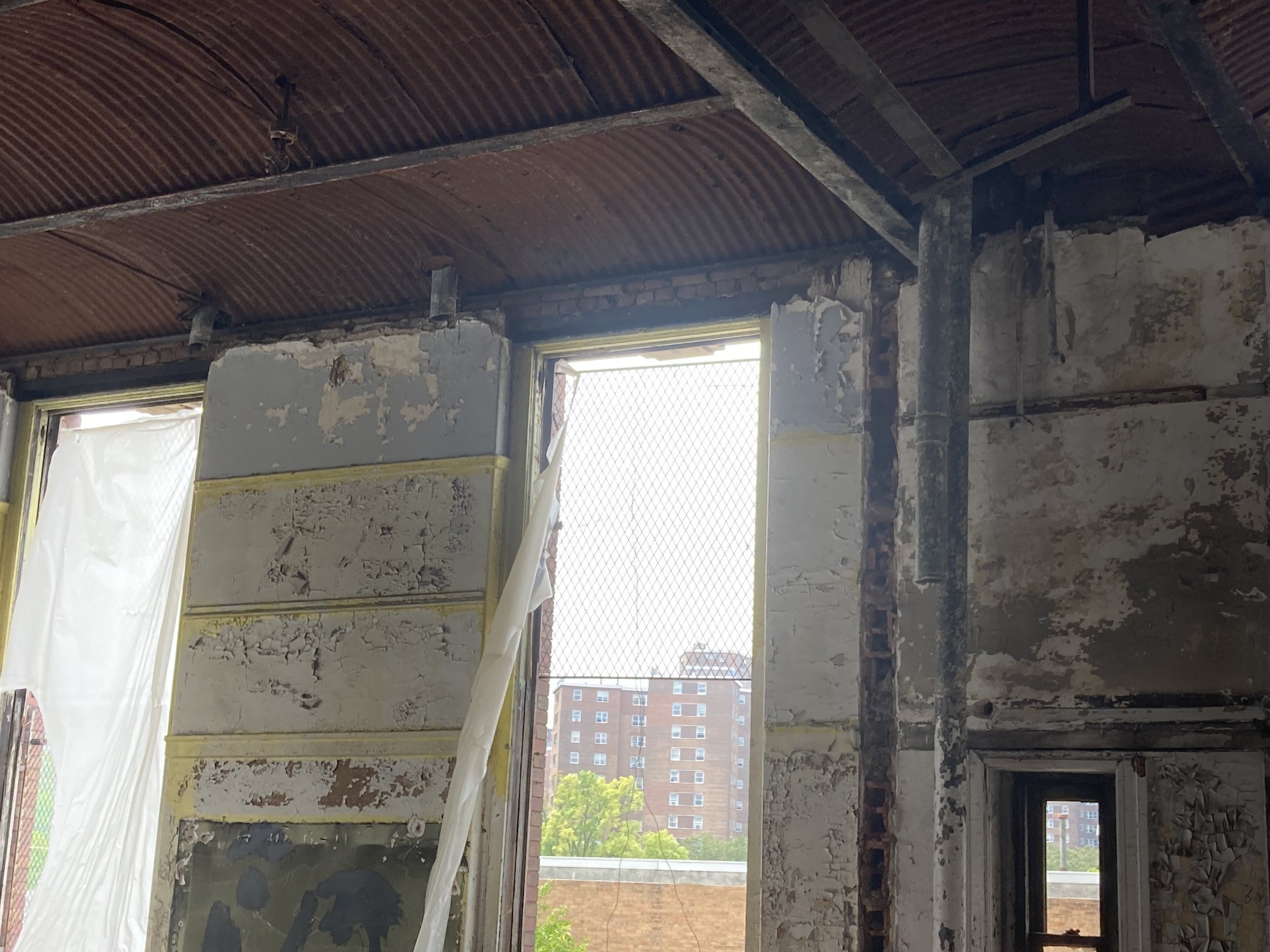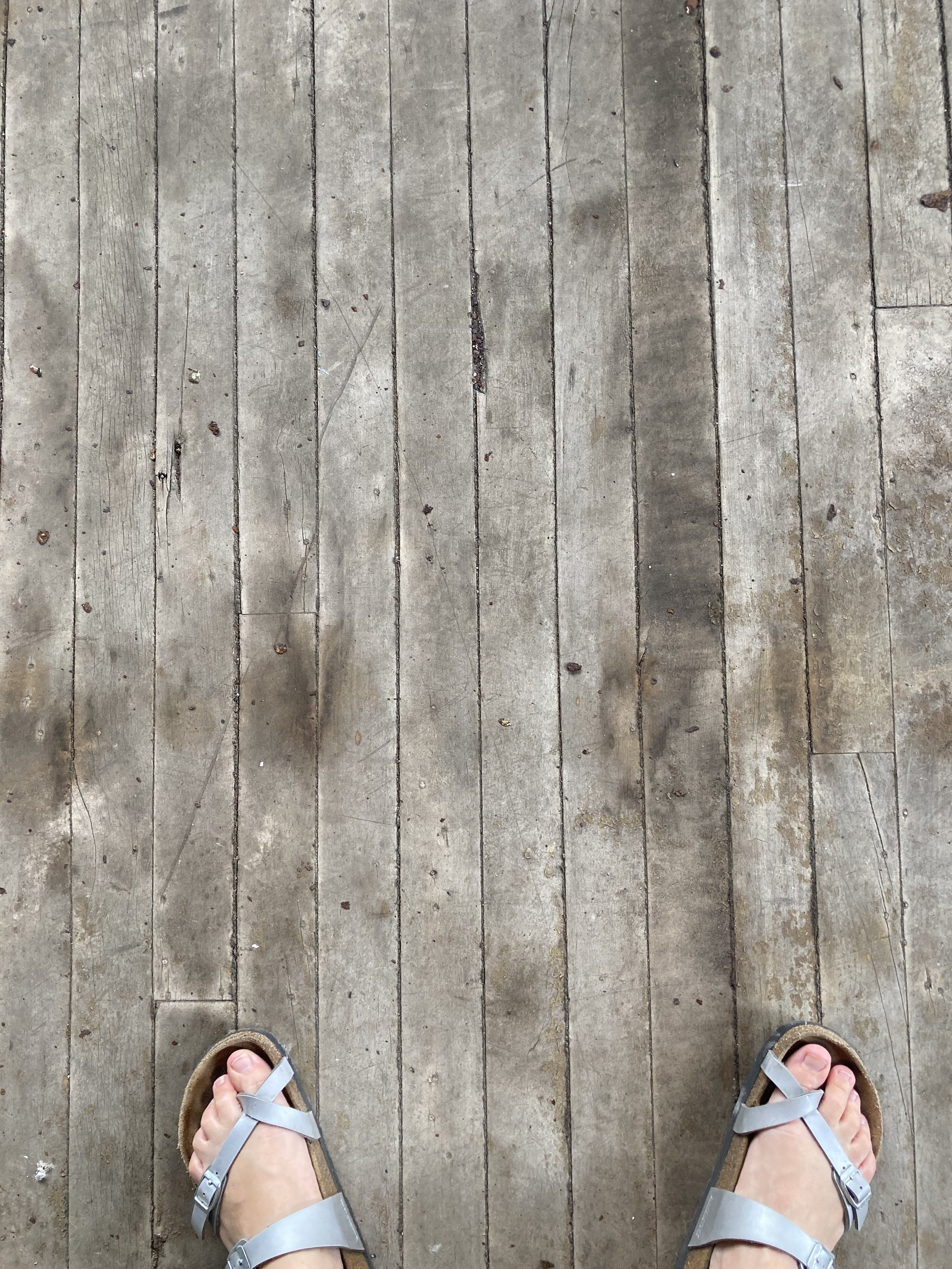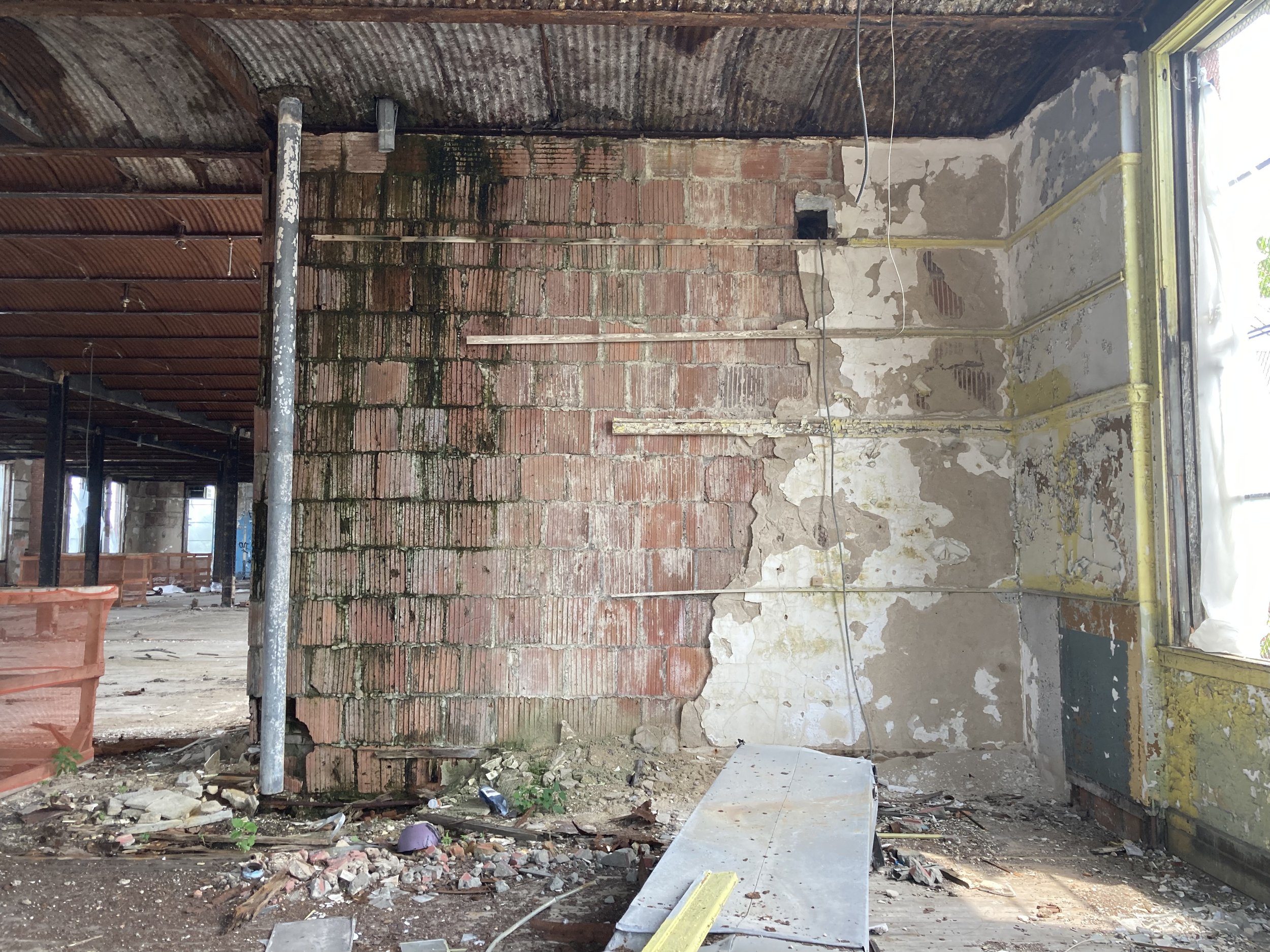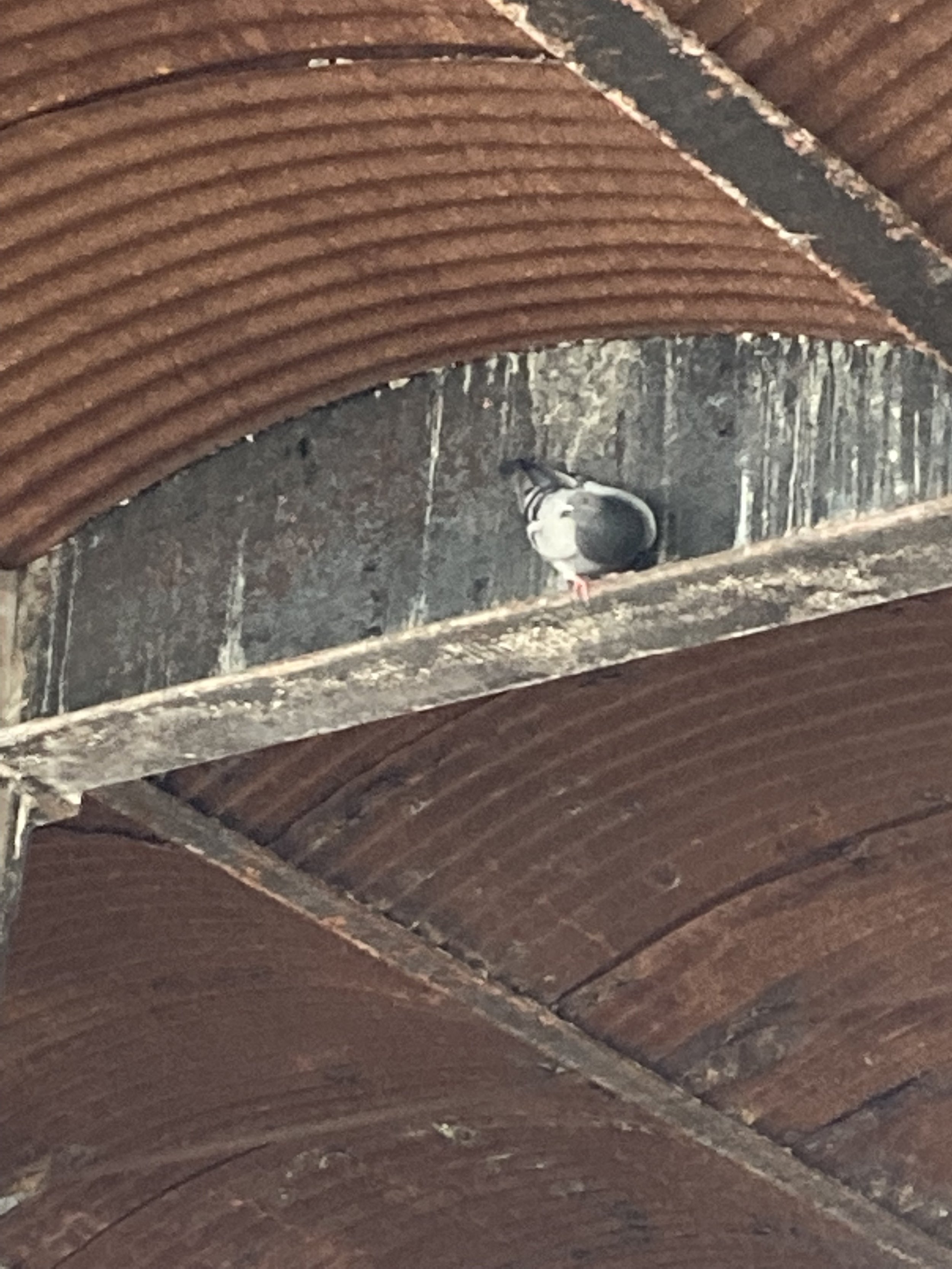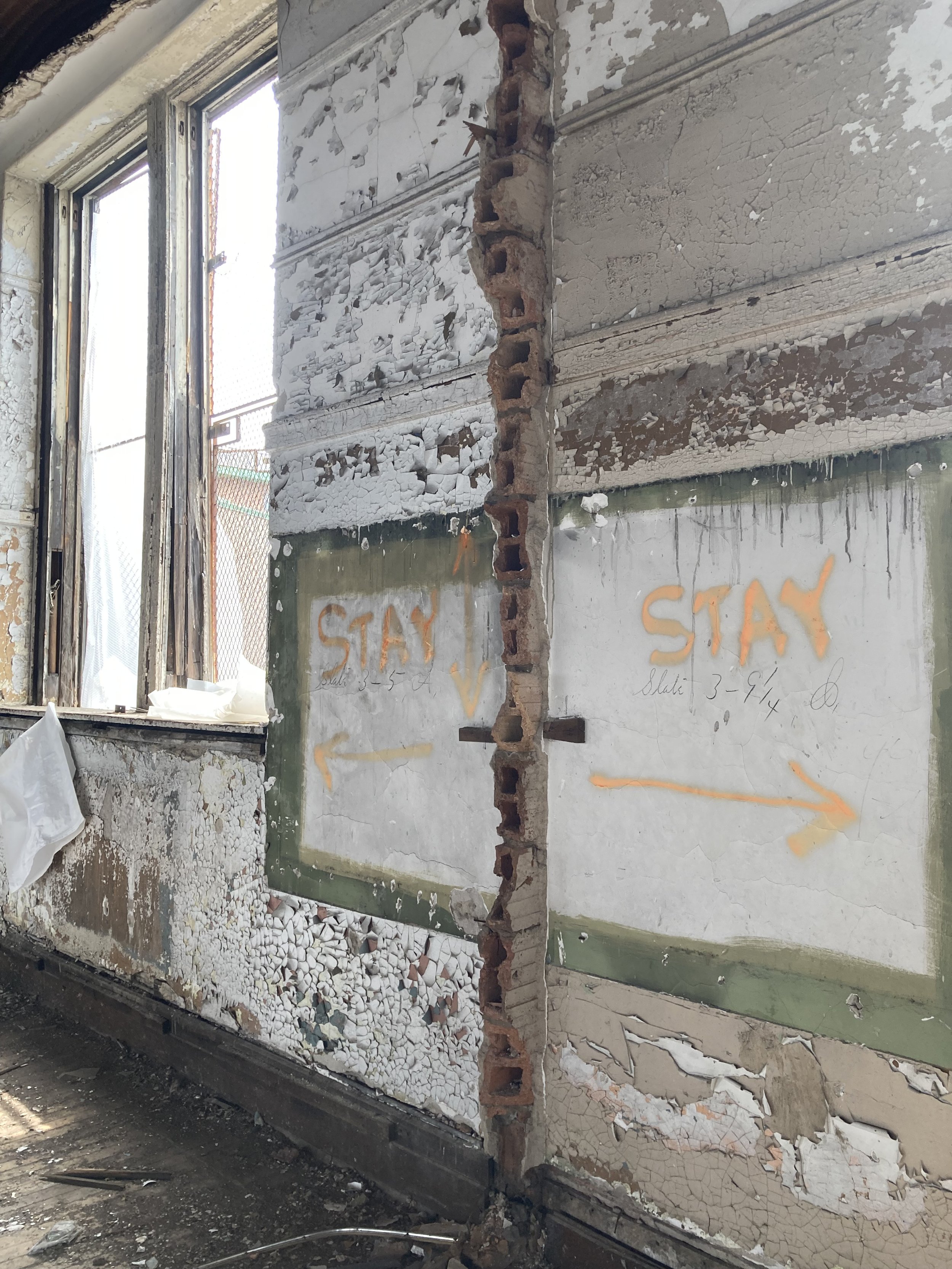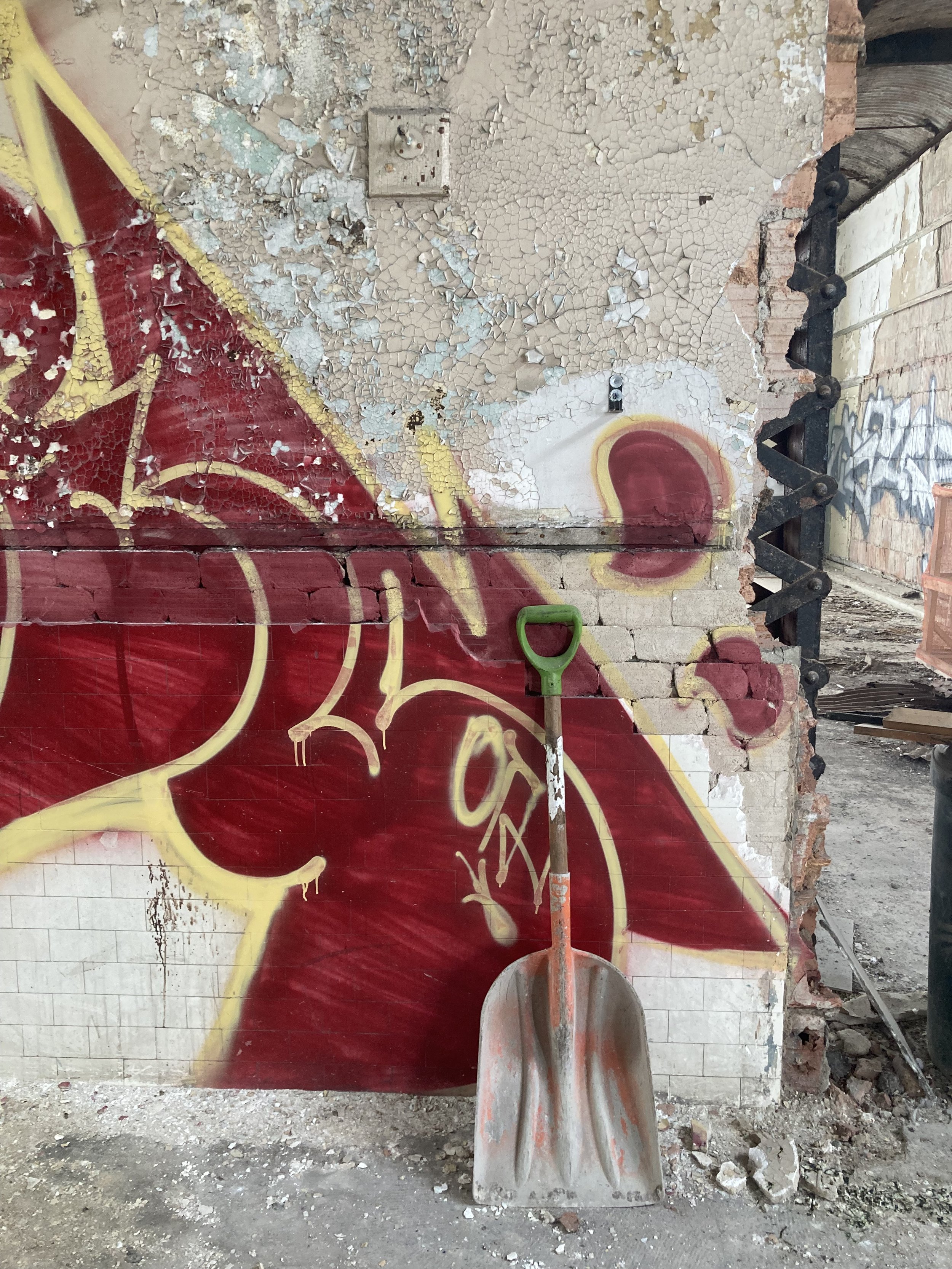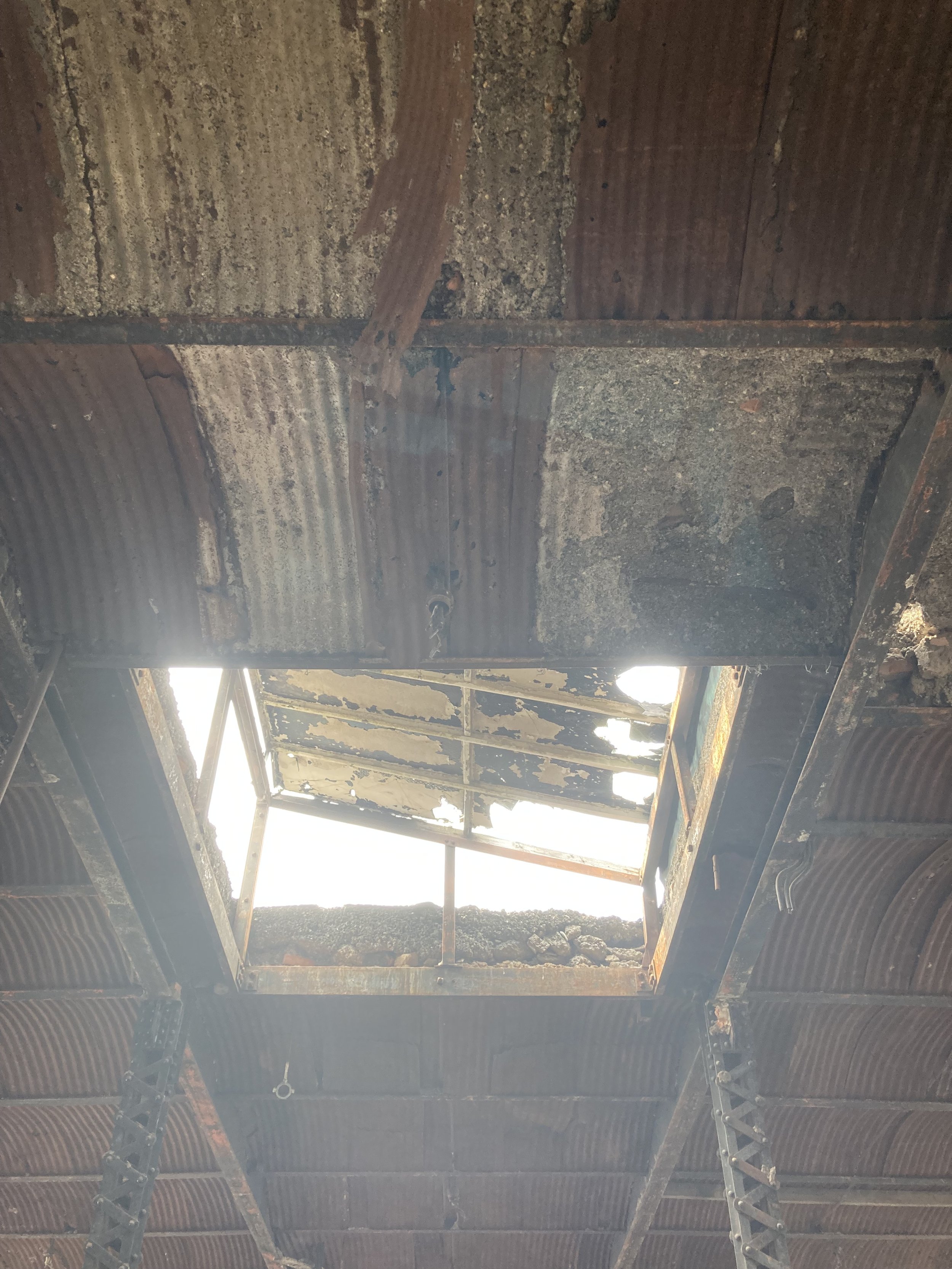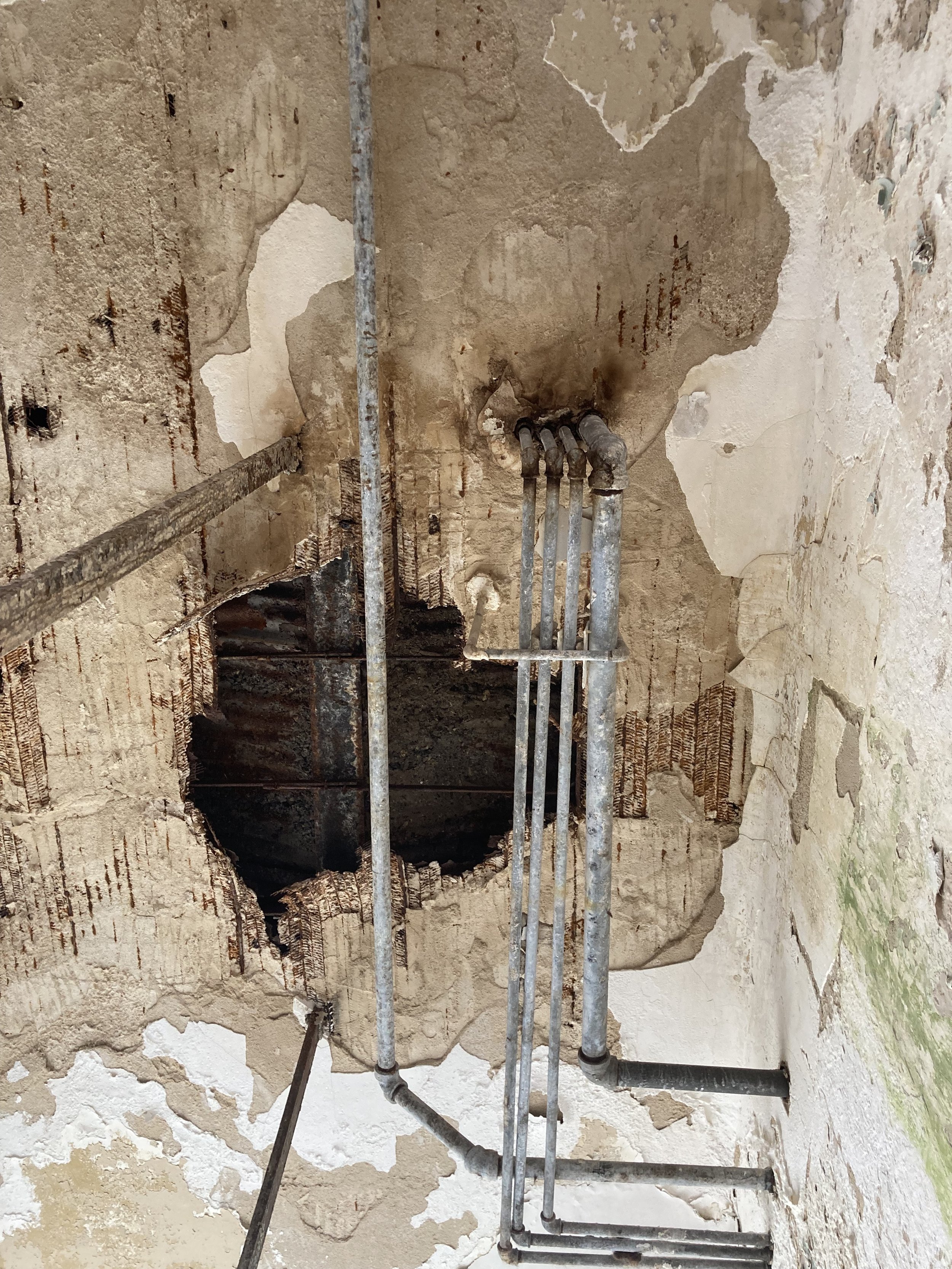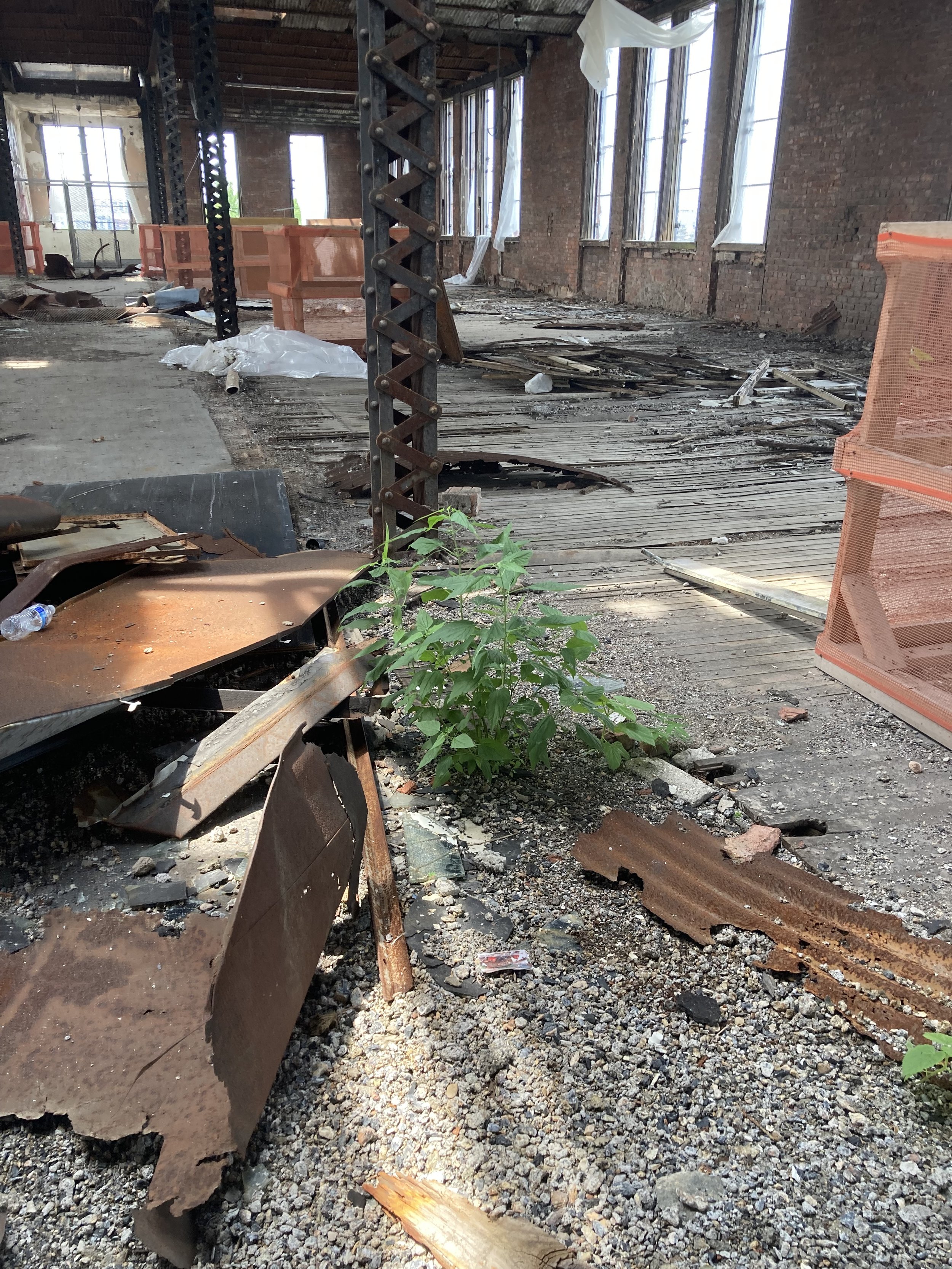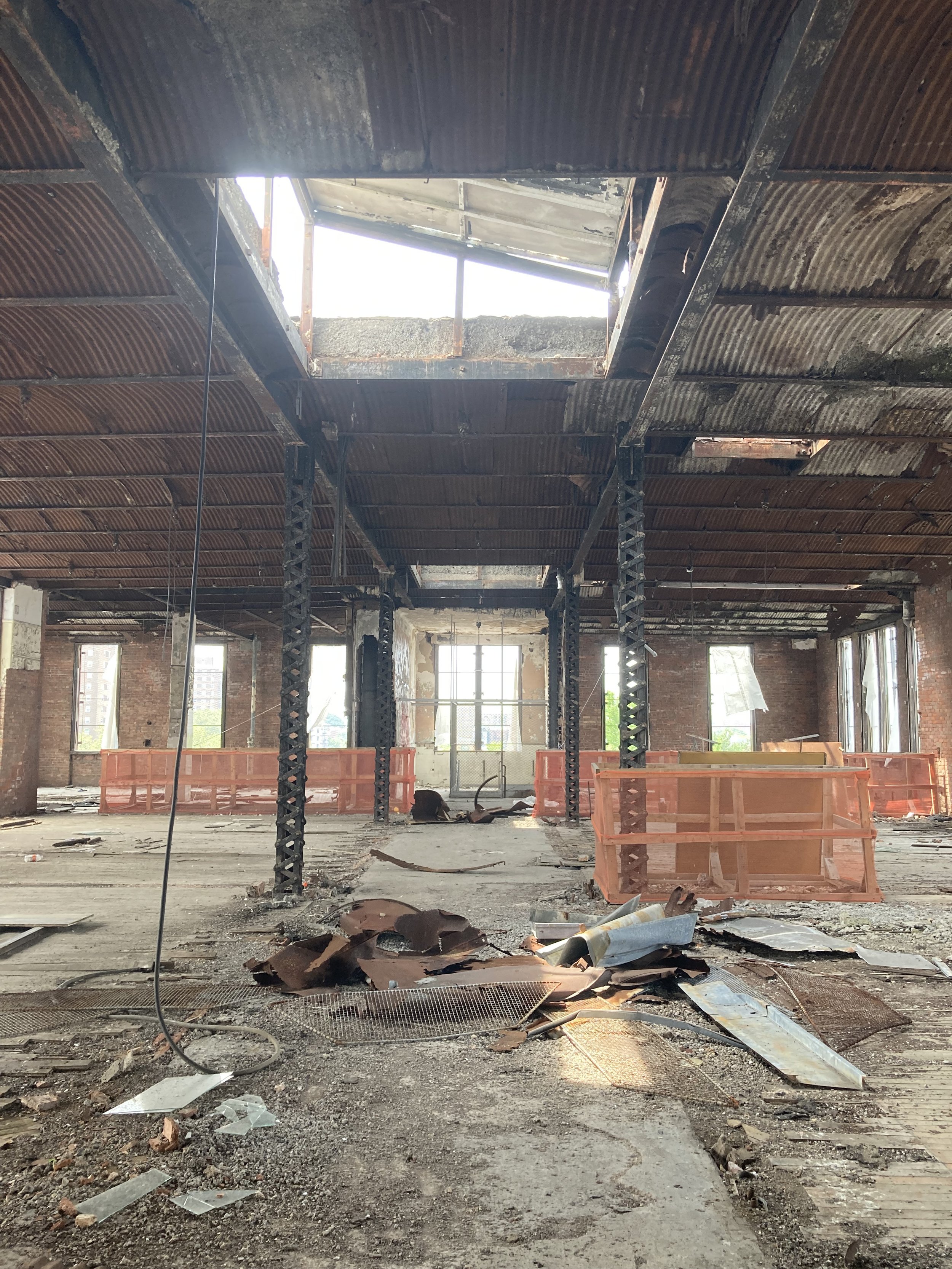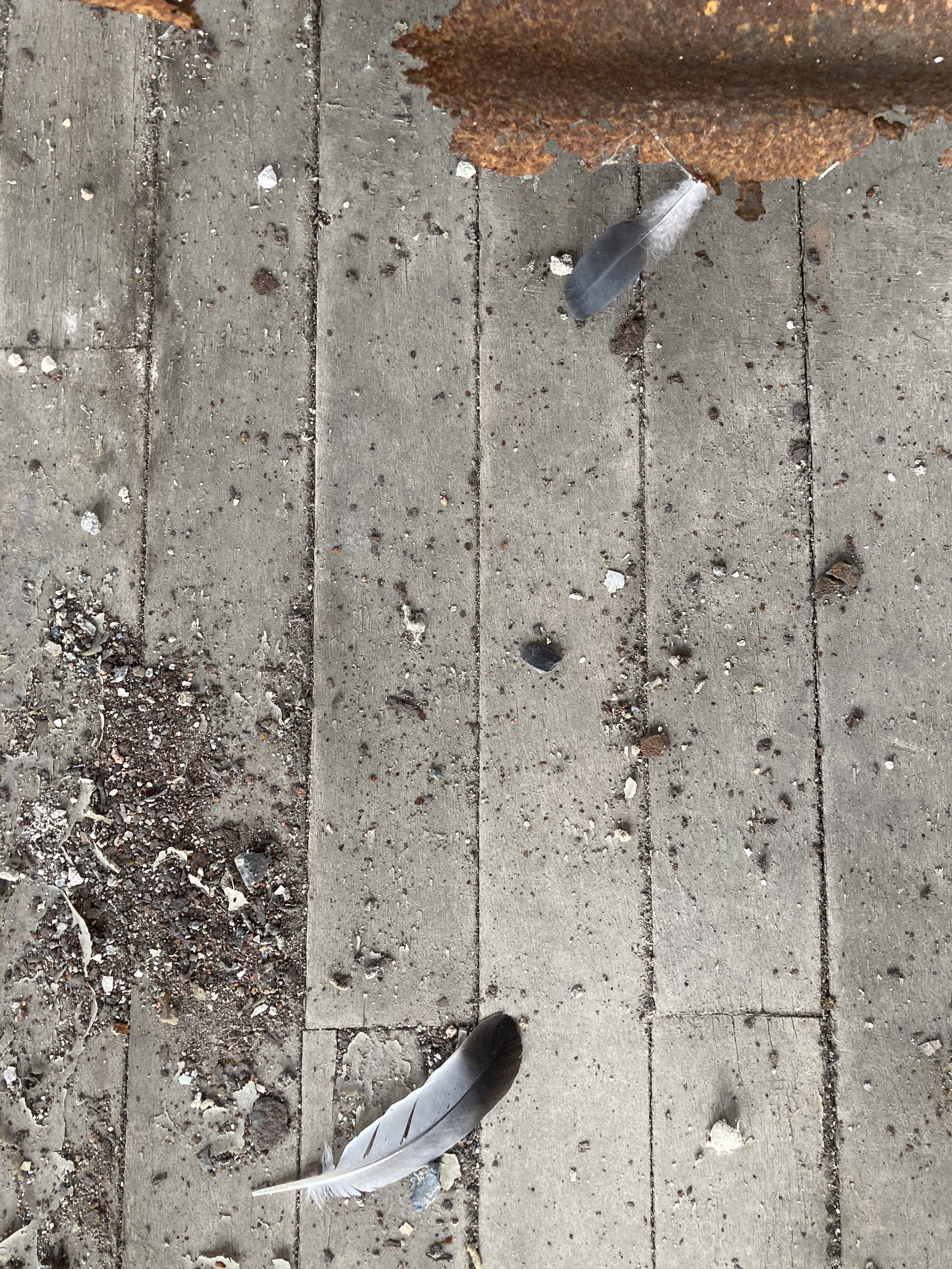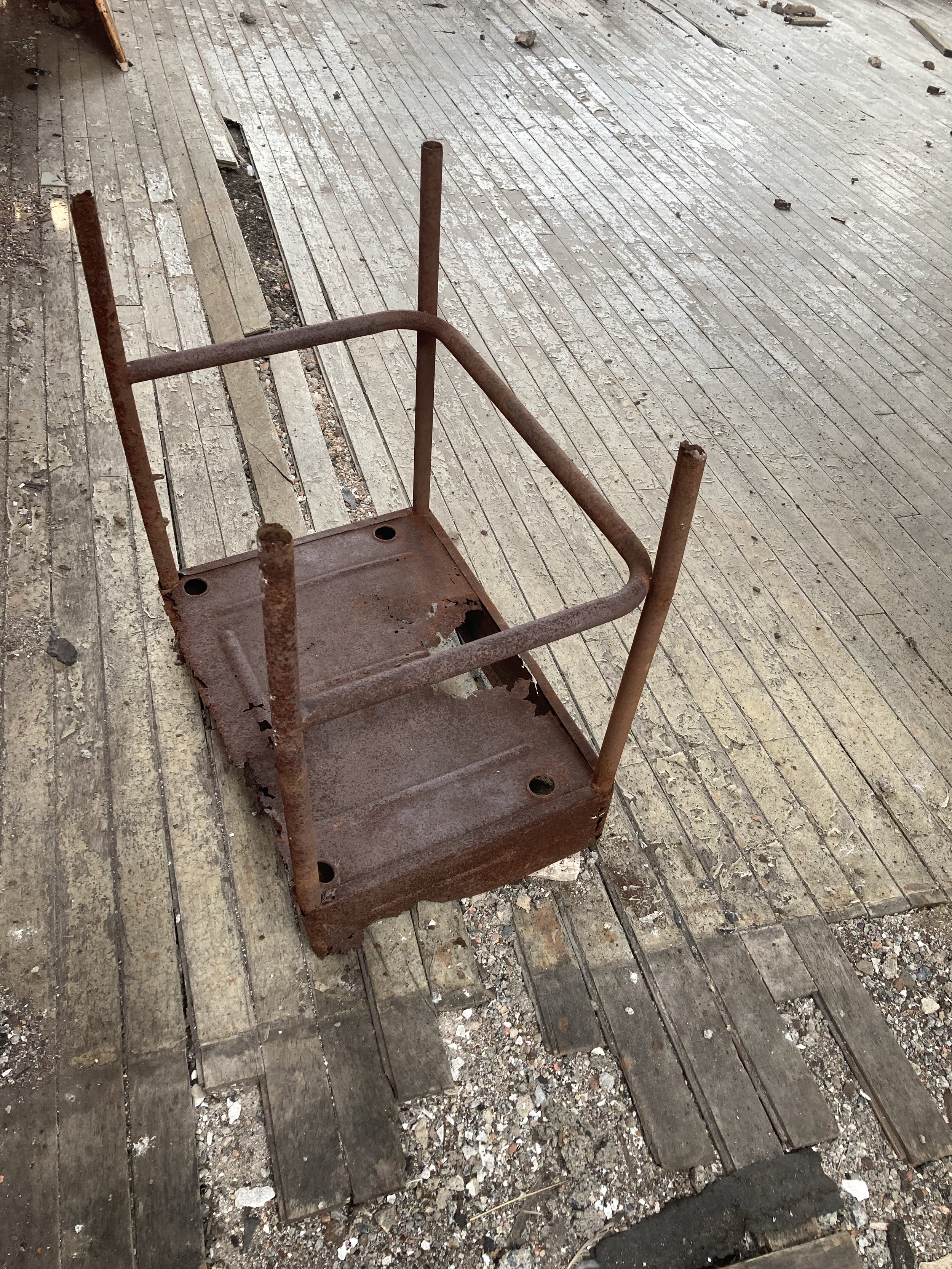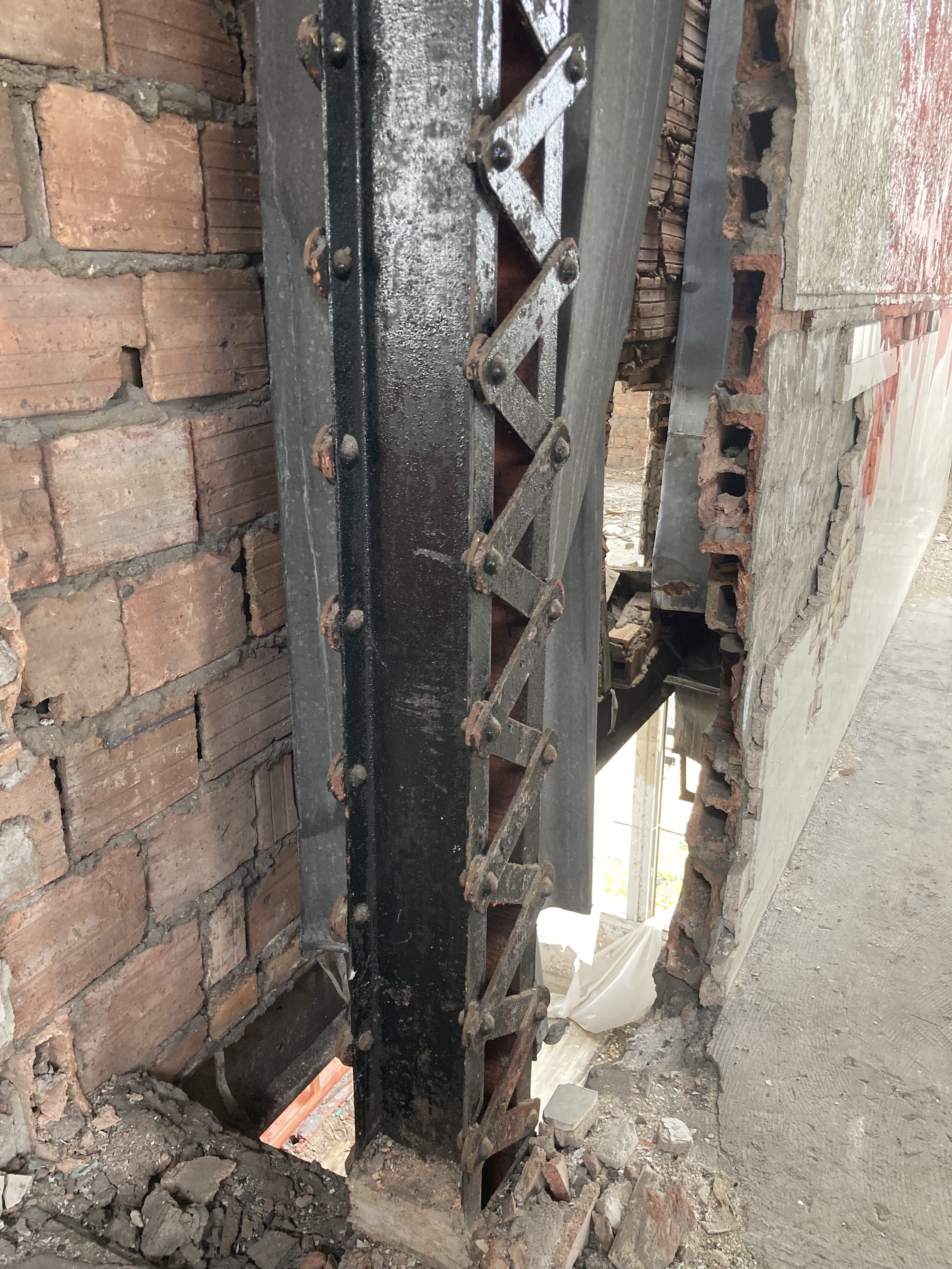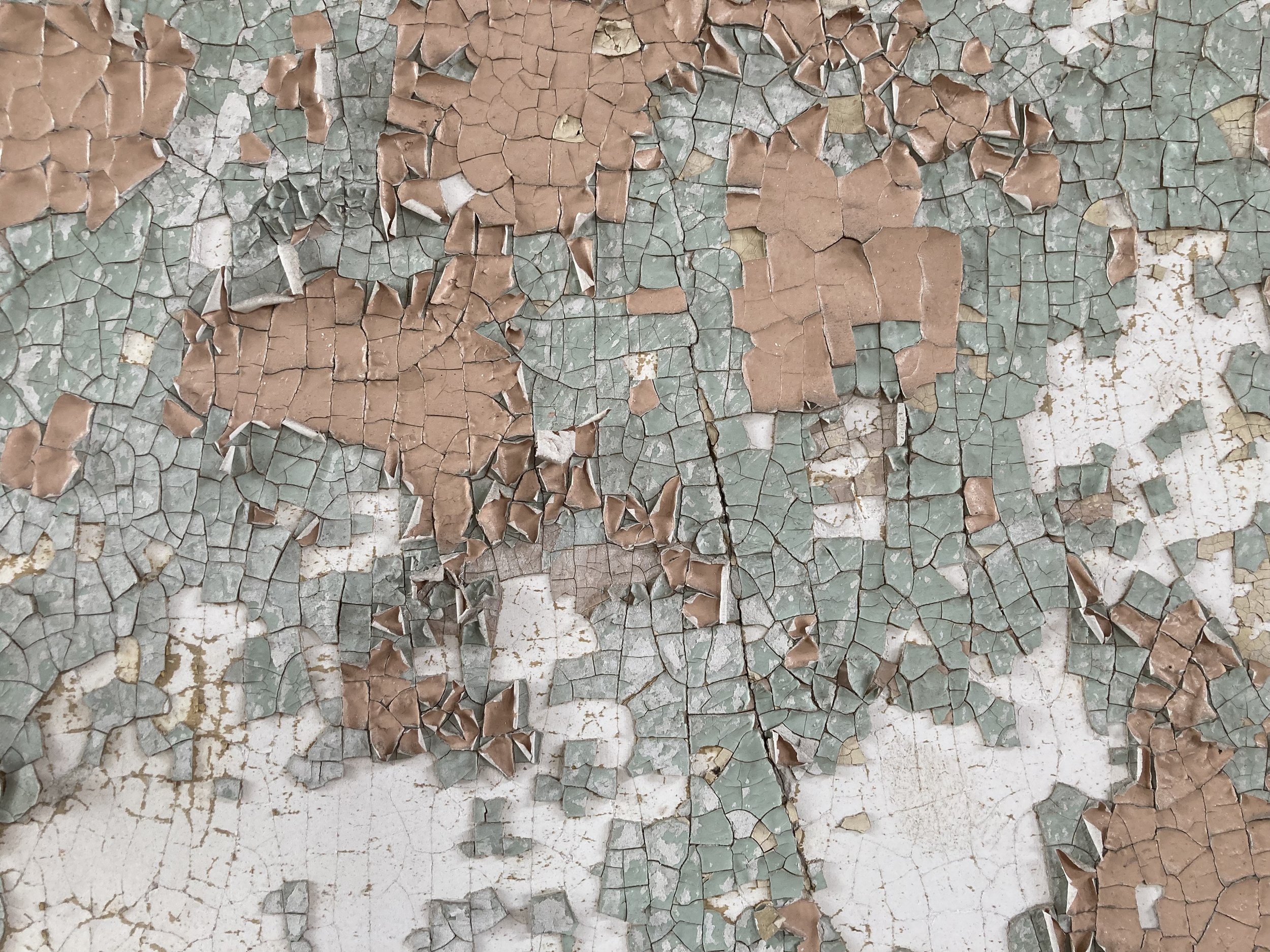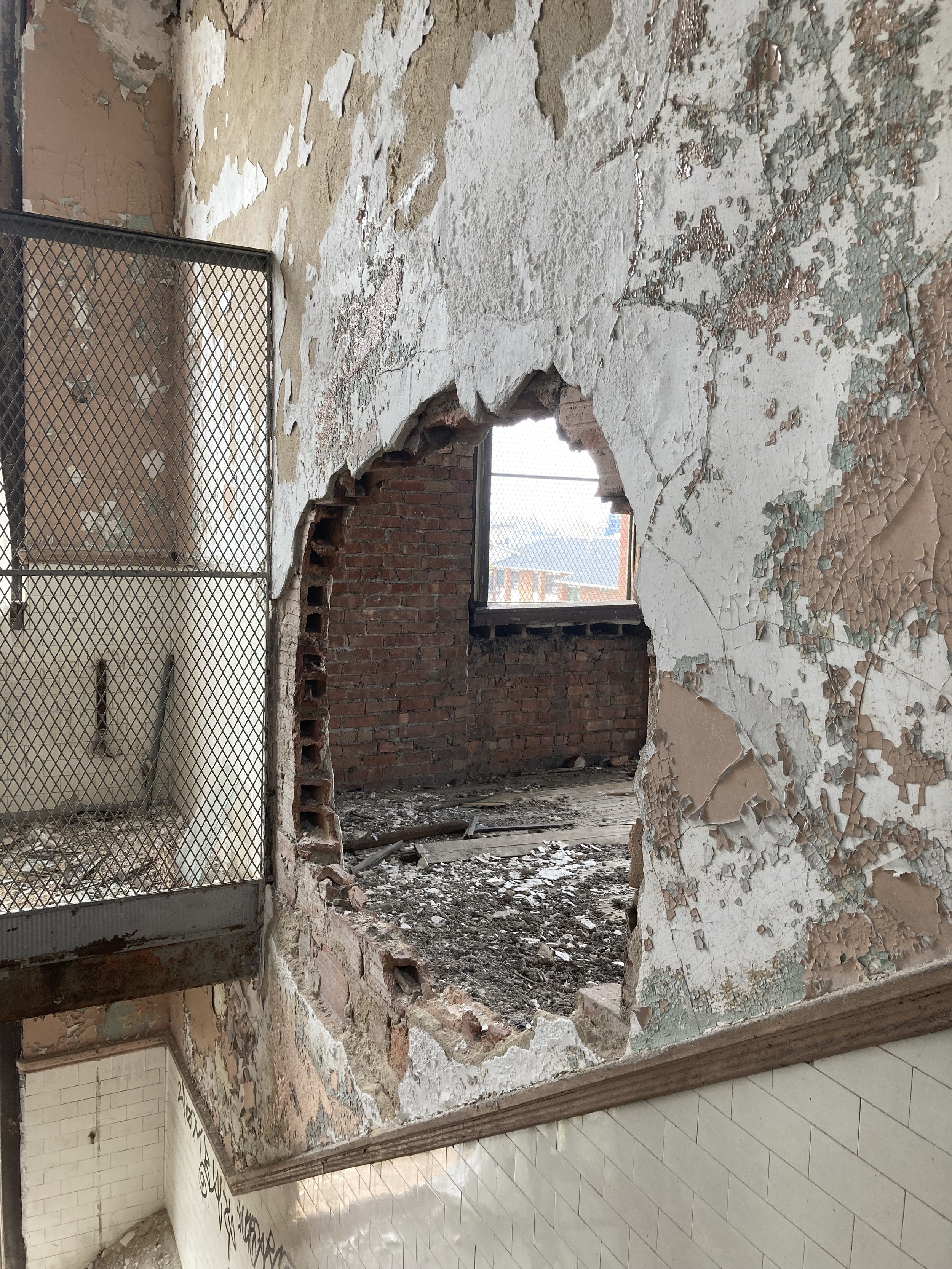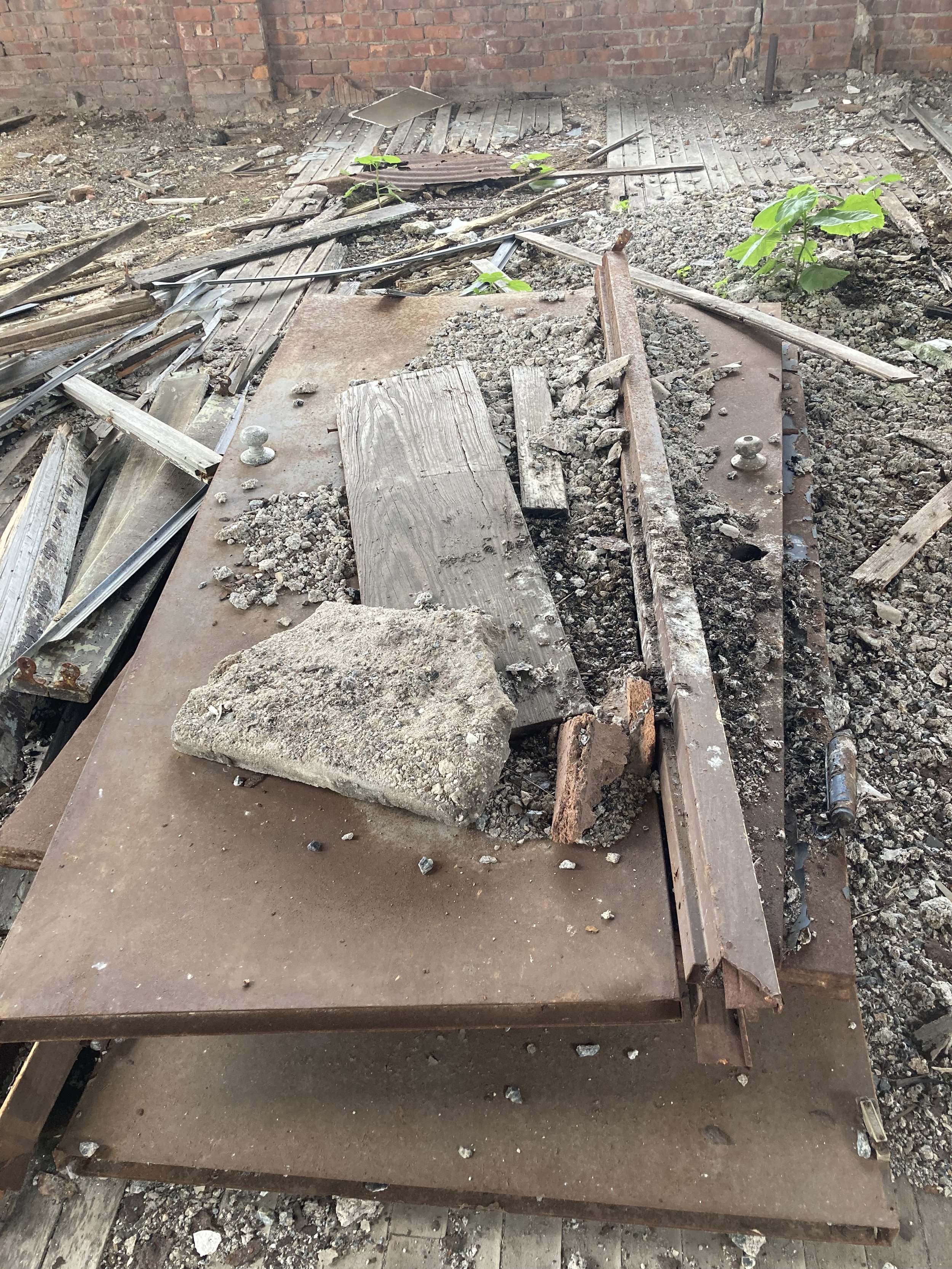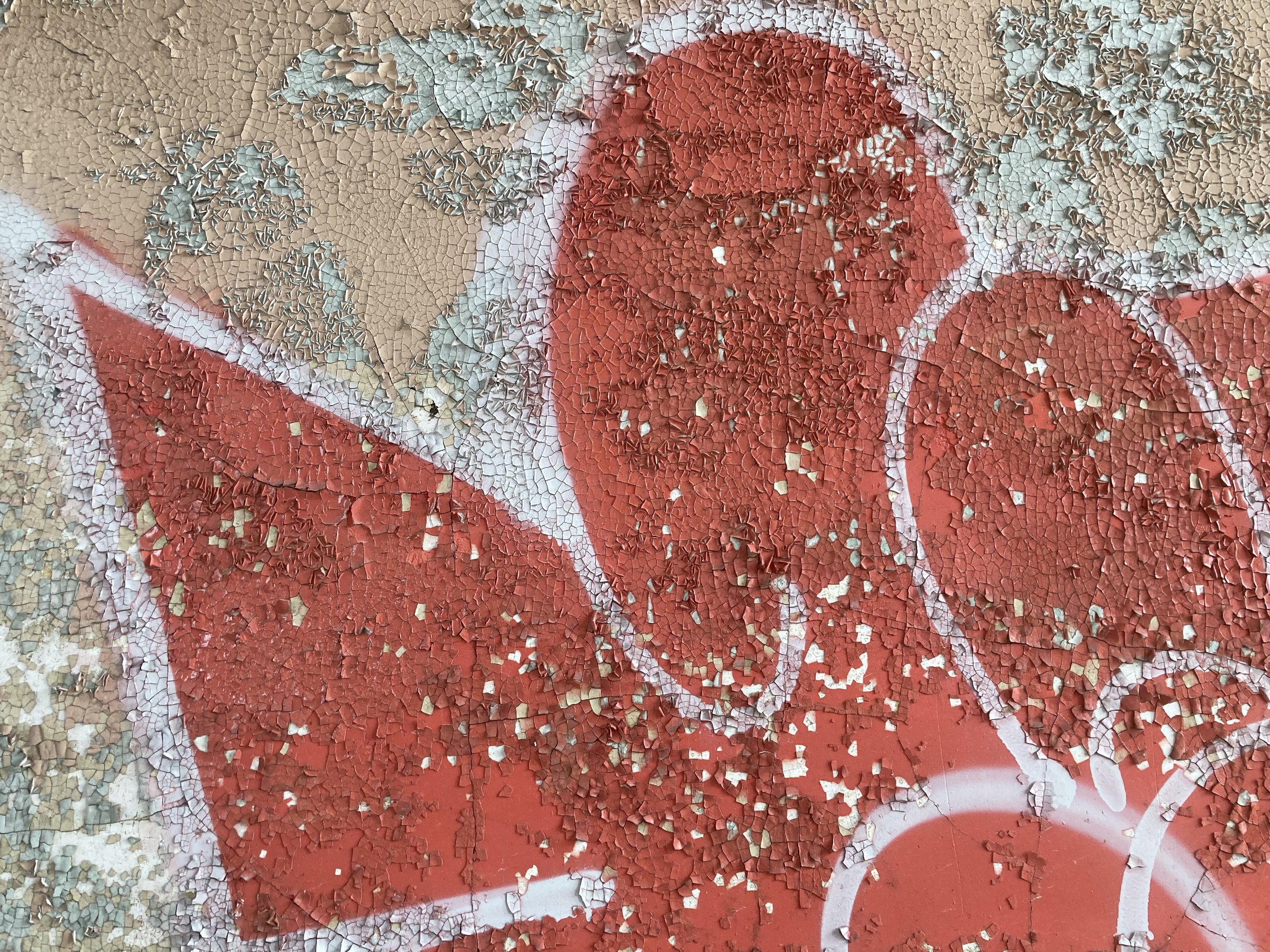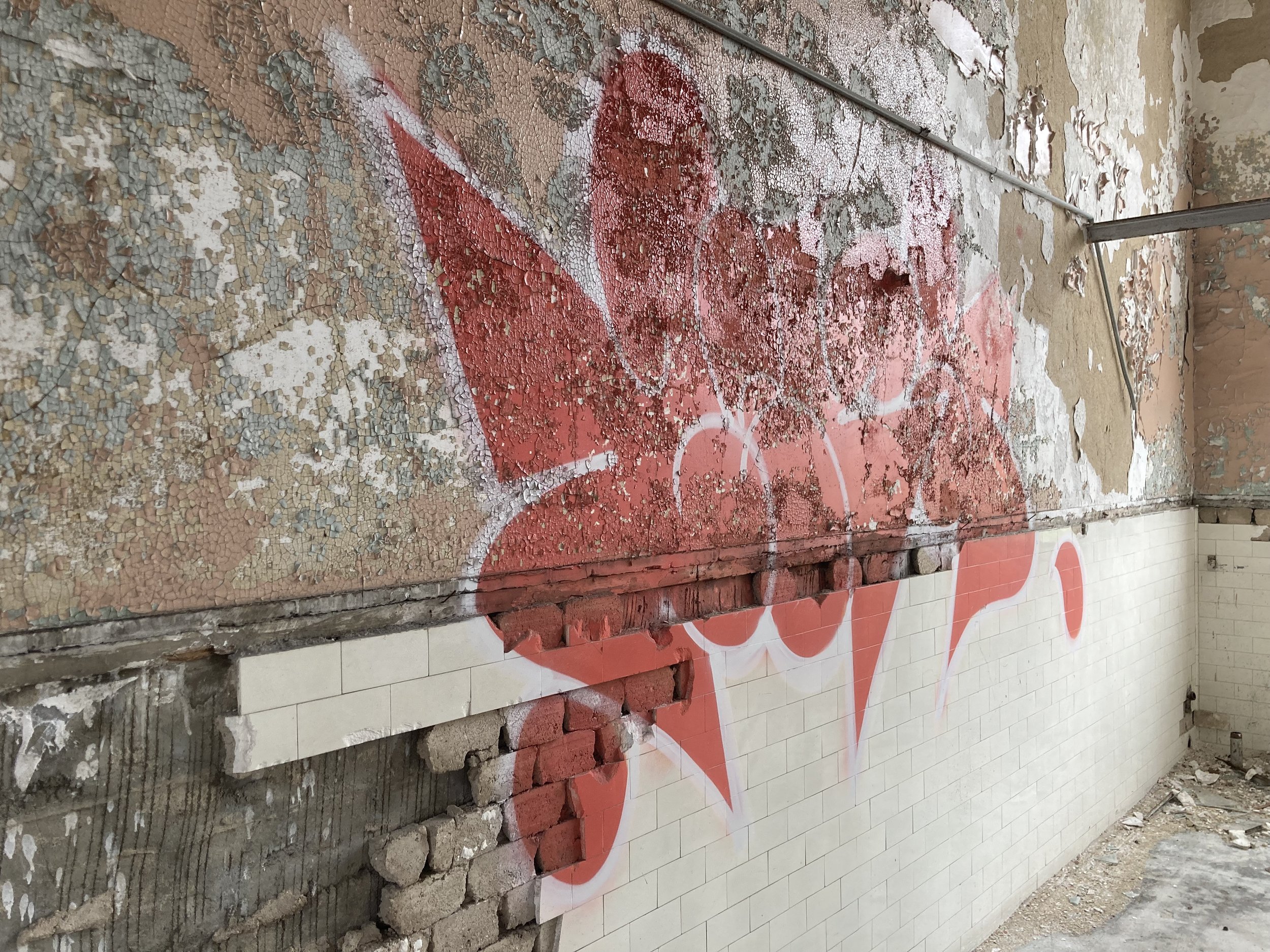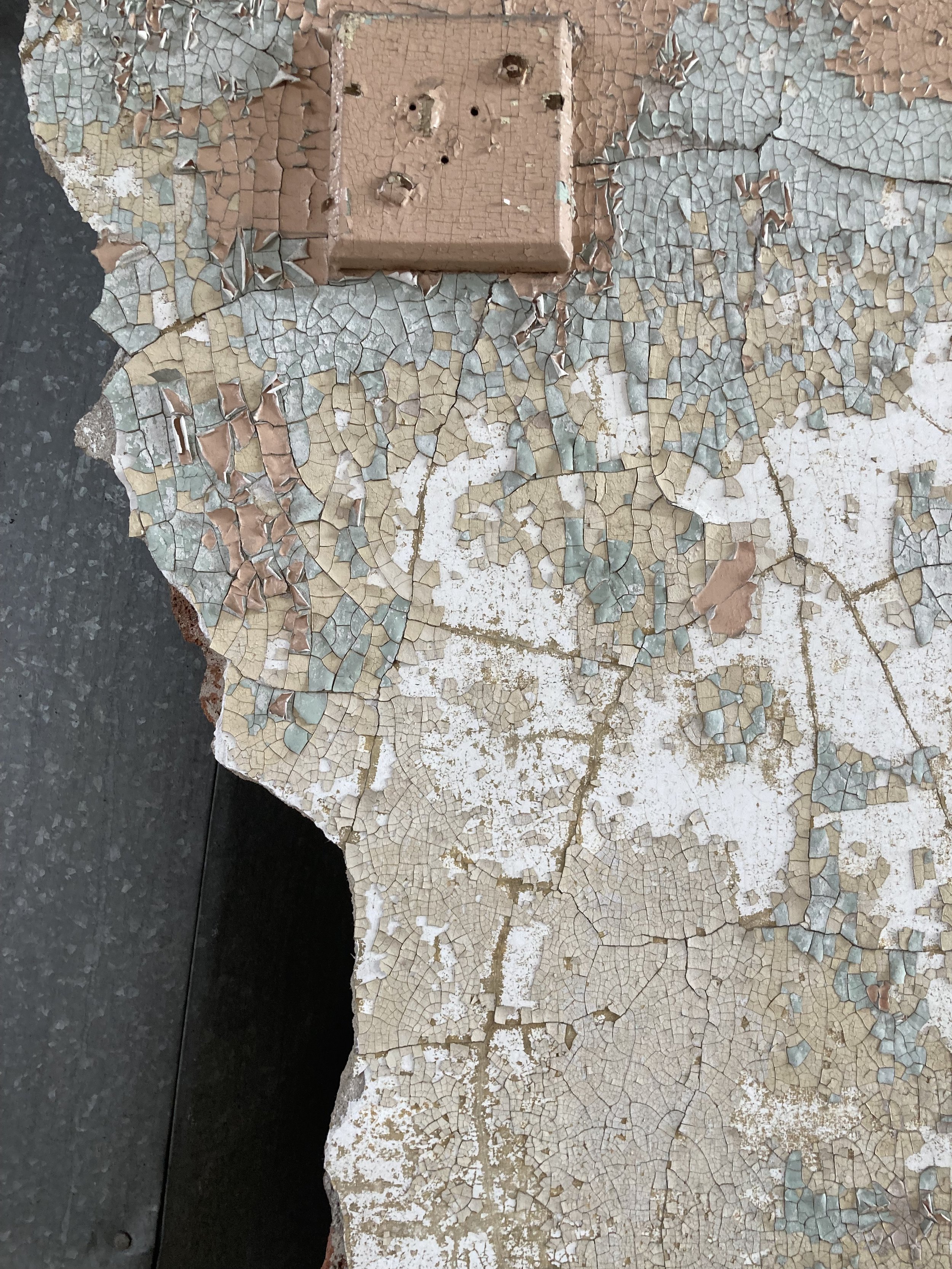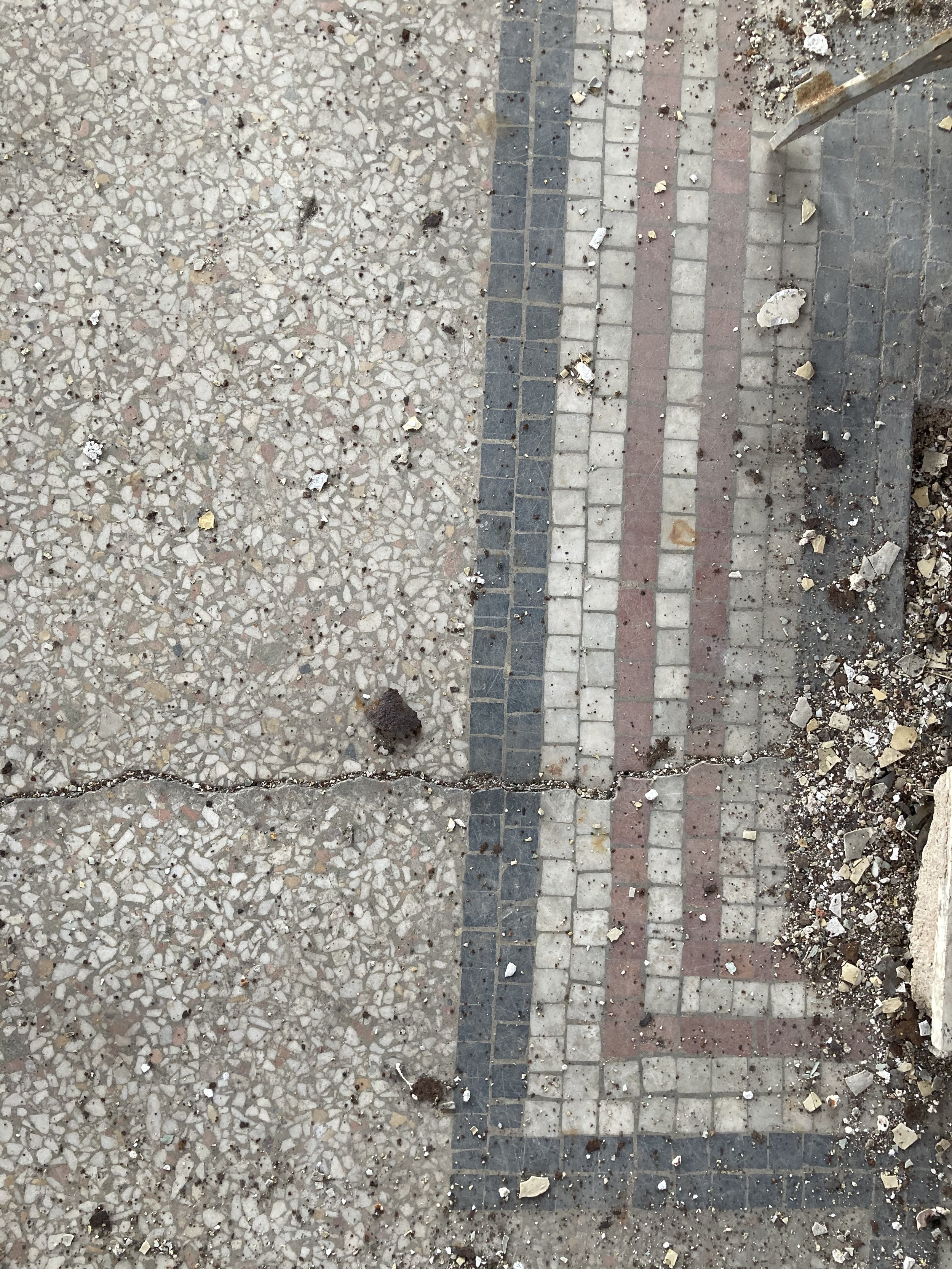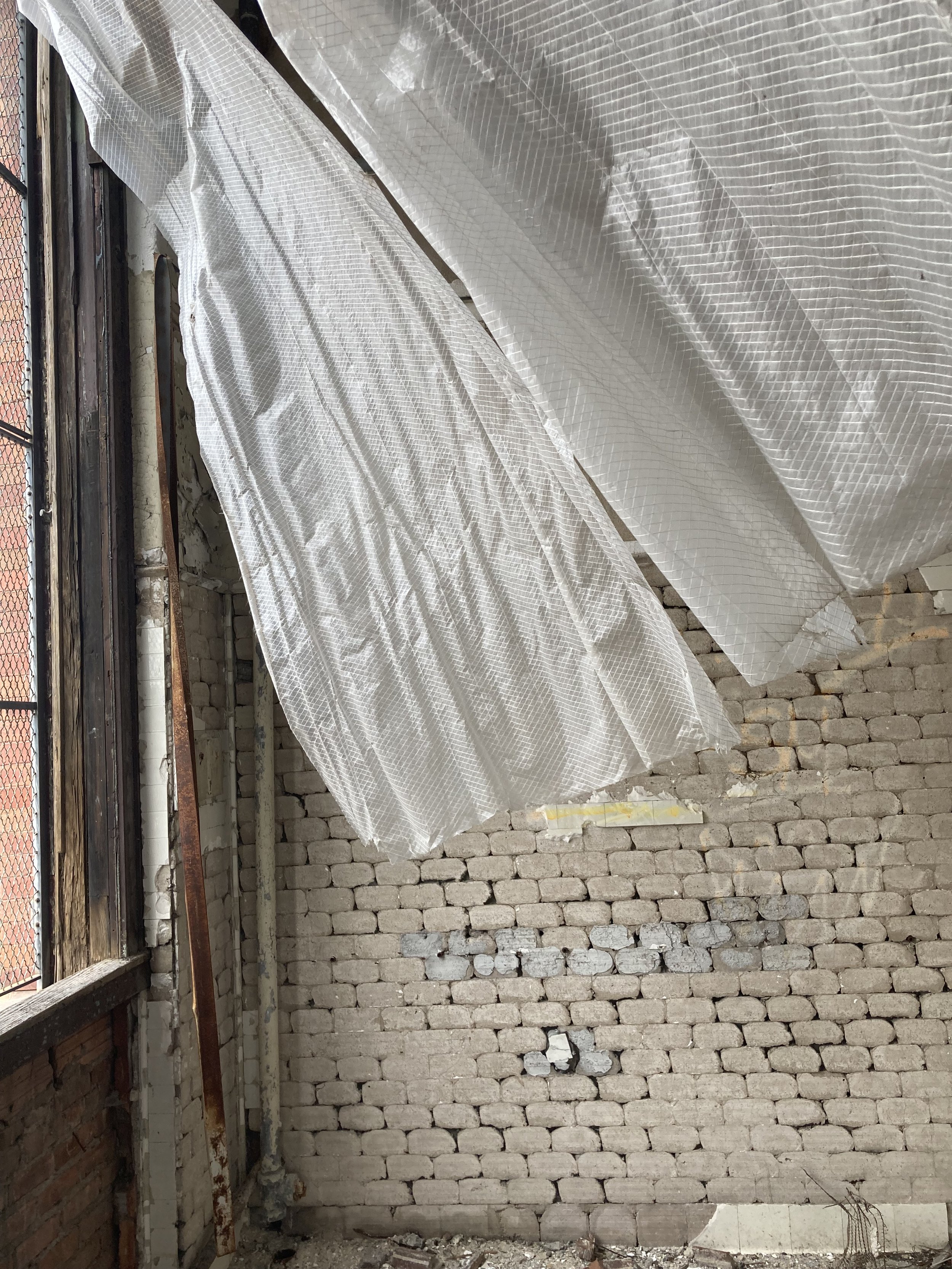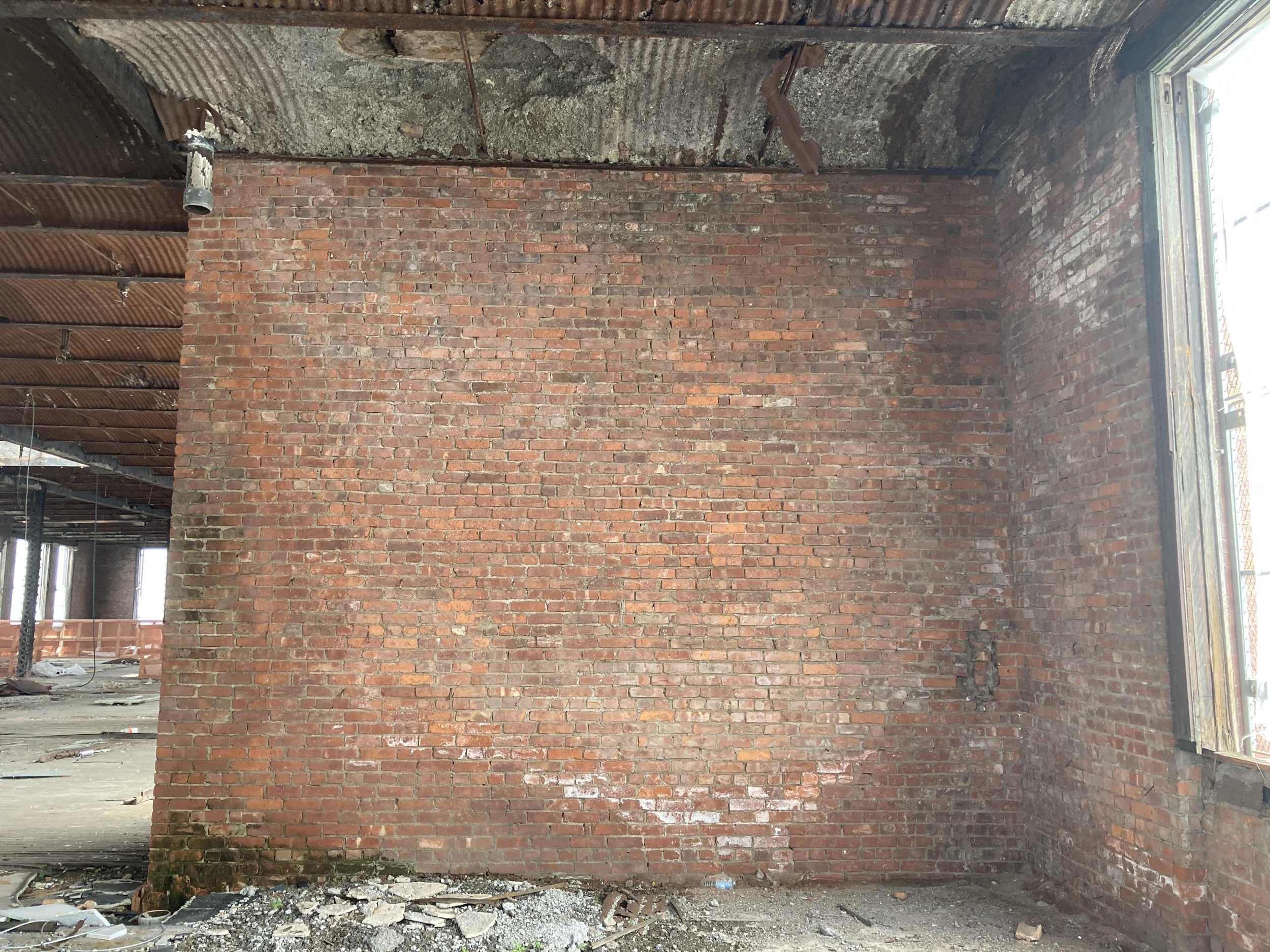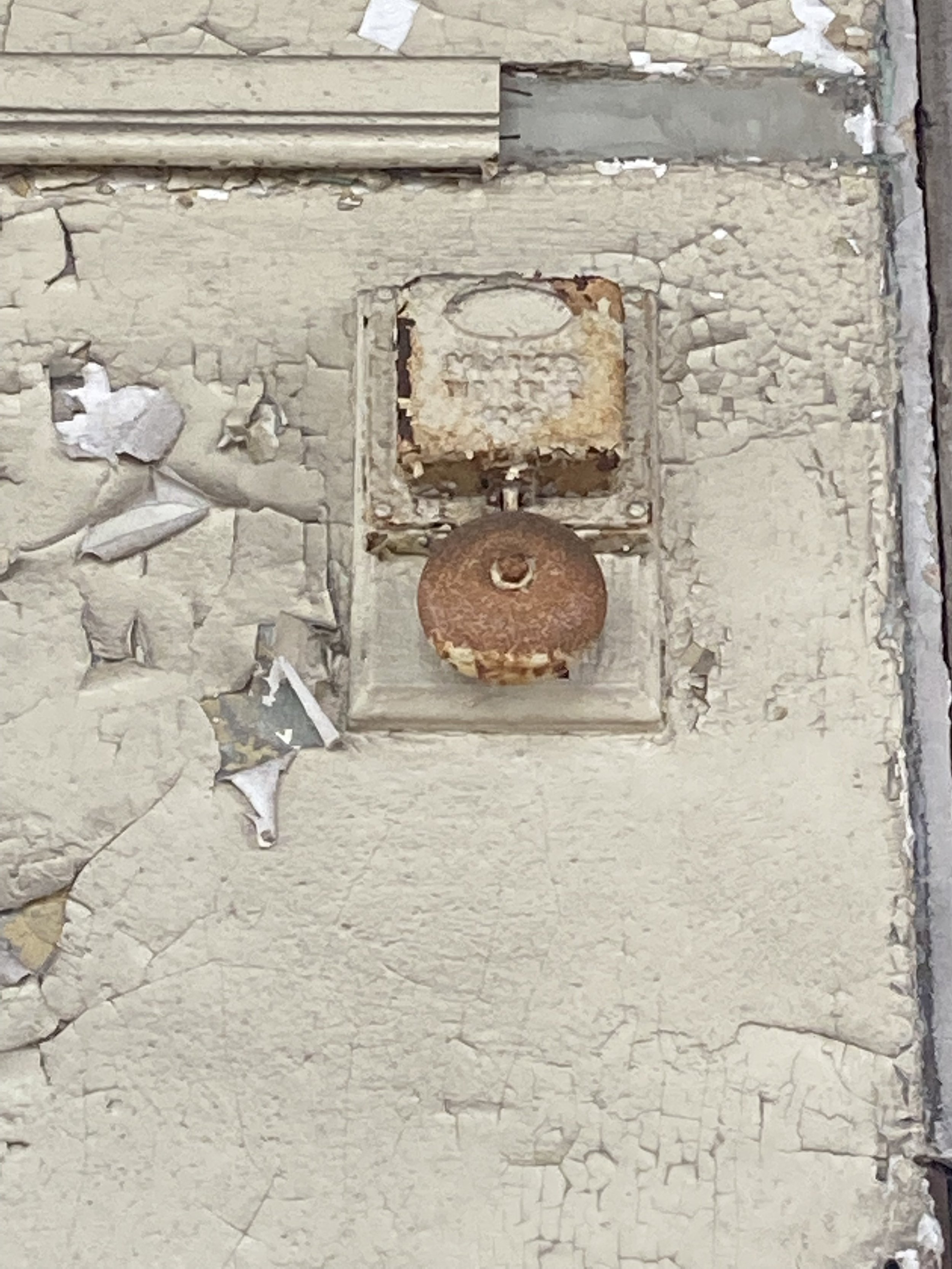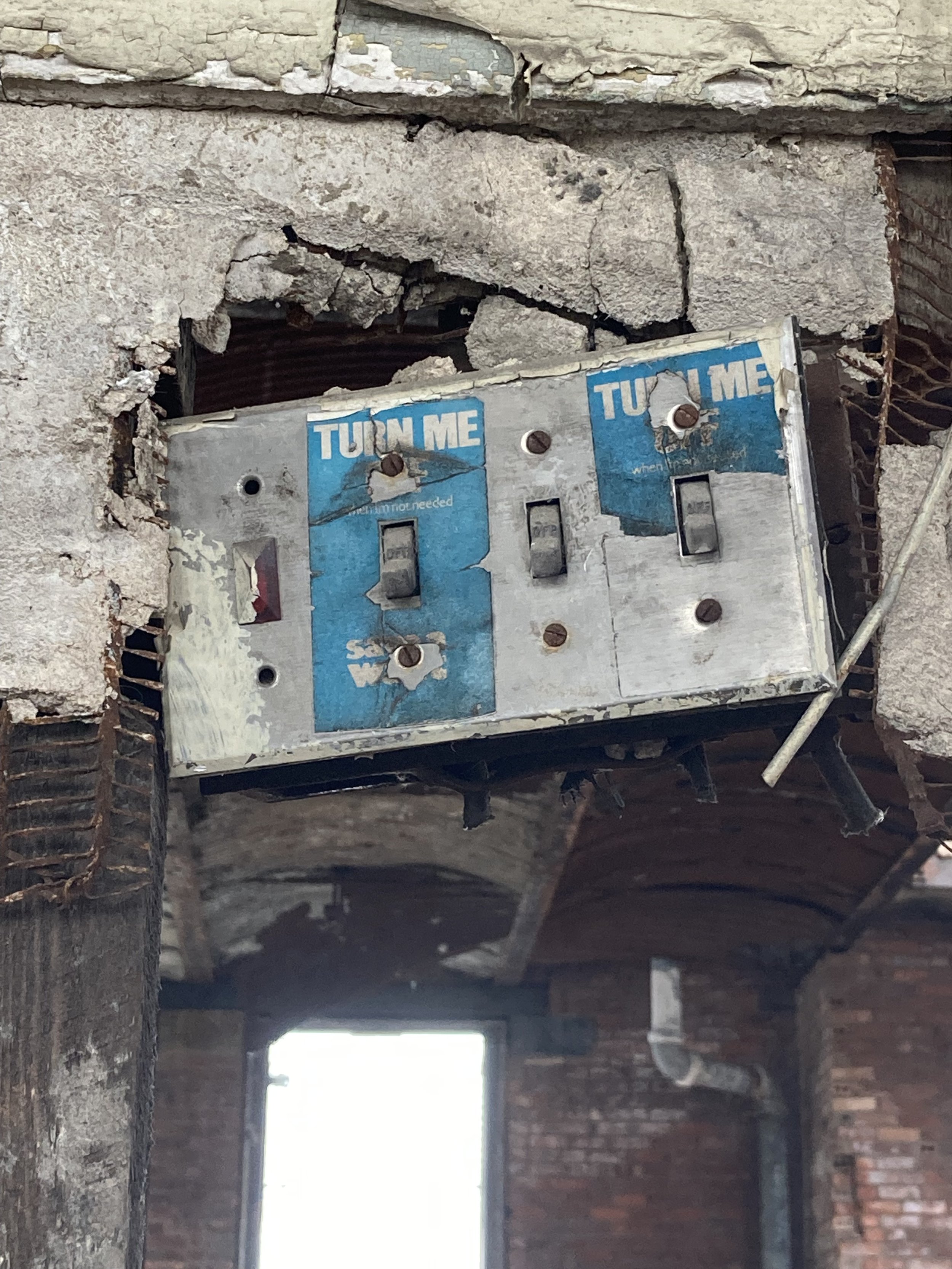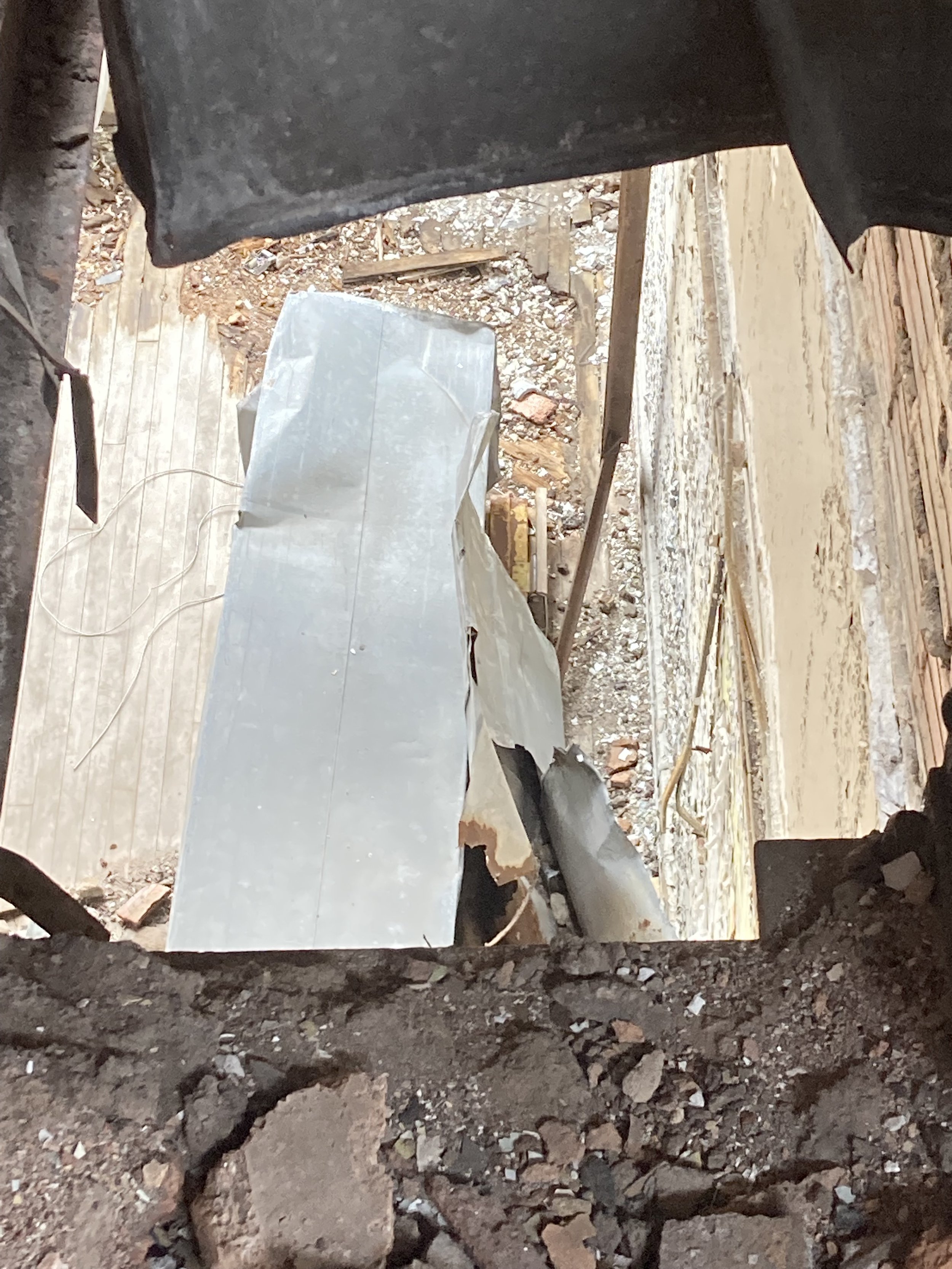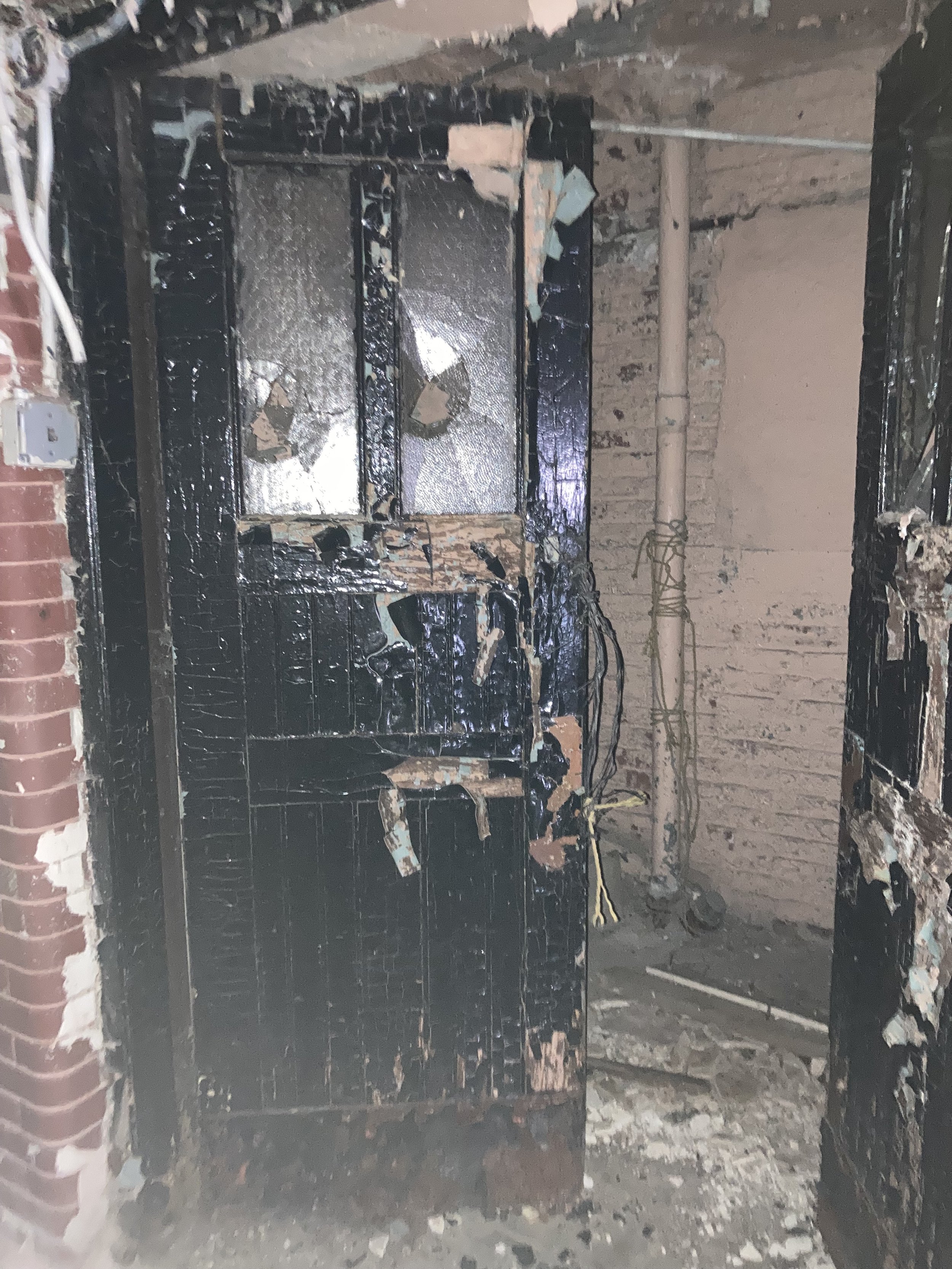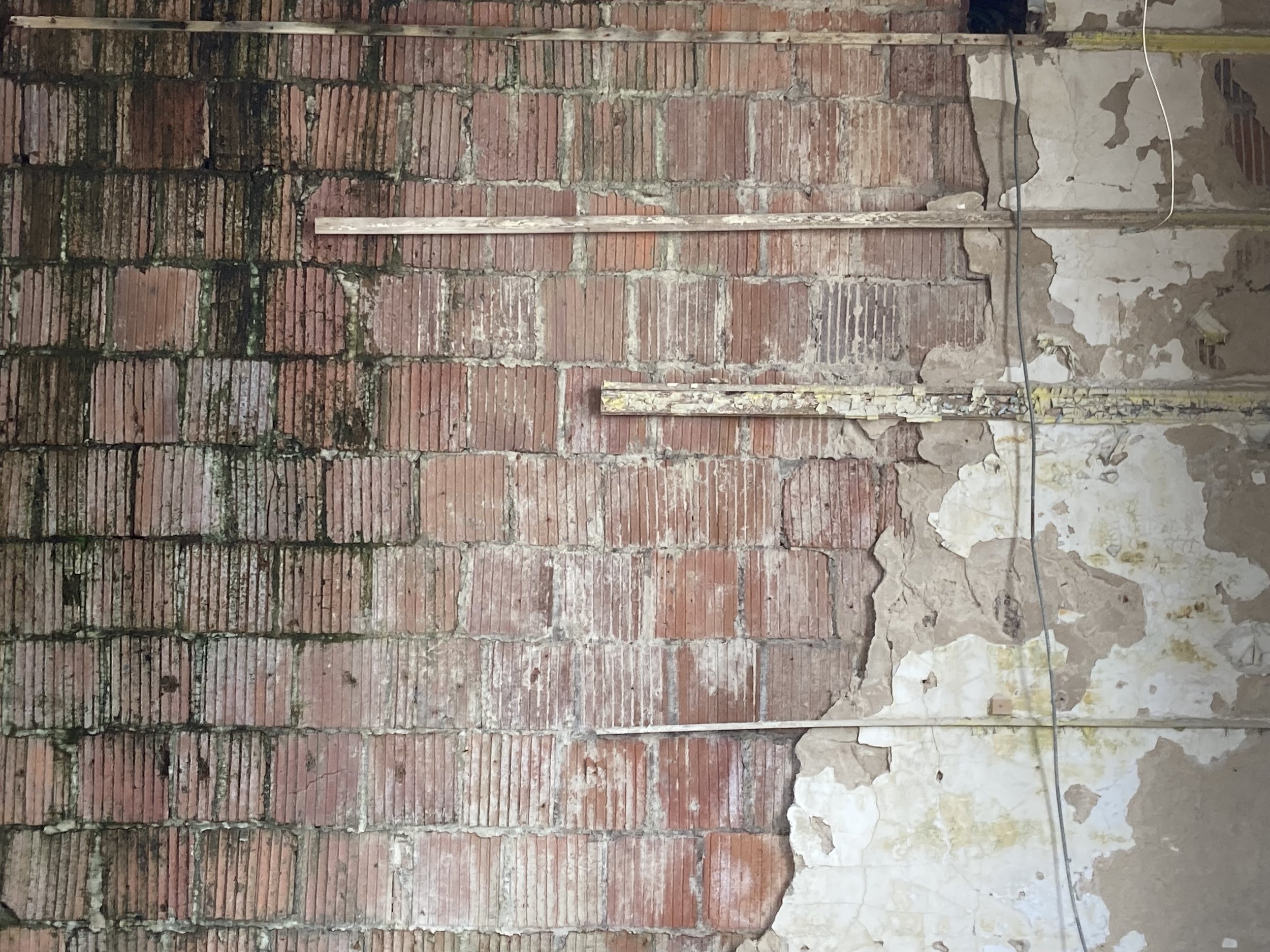
In the summer of 2021, I was riding on the B65 bus on Dean Street across Crown Heights, and I noticed a disused school building. There was a bit of construction fencing in the front, and every single window lacked glass, with plastic sheets flapping in the breeze in most of them.
I was curious. So, when I had a chance, I went back and took pictures around the outside and peeking in the windows I could get to, and I also googled it.
It turns out to have a fascinating history. It’s in Weeksville, which was an important Black community in what’s now eastern Crown Heights, starting around the 1830s. And originally on this site was Colored School #2—one of four schools for Black kids in Brooklyn. Even when it was a so-called colored school, it actually always had some white students. At that time, very well-qualified Black professionals sometimes became elementary school teachers, because there were so few other professional career paths open to them. So, the children were taught by highly educated teachers, at times when white children were often taught by young adults who were not very educated themselves.
In the 1890s the school became part of the regular public school system of the city of Brooklyn, and this building was built in 1921. Throughout these years, the school was integrated, with a Black population, an Italian immigrant population, and some Jewish children from the Hebrew Orphan Asylum nearby. The staff was also integrated, which was extremely unusual, and historians generally agree that this was the first school in New York State where Black administrators supervised white teachers and student teachers.
In 1930 there was a bizarre event across the street that affected the school. During Prohibition, there were a lot of illegal distilleries of all sizes all over the place. In the middle of the school day, a gas leak from a distillery across the street caused a huge explosion. All the windows on that side of the school blew out. People in the building that housed the distillery were seriously injured, but no one from the school was hurt, and there were a lot of articles about the bravery of the staff and the obedience of the pupils in evacuating the building.
And then in 1959 a new school, P.S. 243, was built on the same block, the kids were moved in there, and the building was more or less abandoned. I haven’t yet figured out why the P.S. 83 building was only in use for 38 years. In comparison, the school building where I teach was built in 1913 and there are no plans to close it. The other schools I’m familiar with that have closed, it’s been because their population got so low, but that wasn’t the case here. So I’m very curious about the decision-making about P.S. 83. The city sold the building to a church across the street in 1978, Bethel A.M.E. church, which was one of the oldest churches in Weeksville. They used it until the late 1990s and then moved out. It has been sitting there empty ever since.
I got curious enough about the school that one day when I saw workers working outside, I went in a door they had left open and walked all around the school (see photos below). I’m so curious about the kids and teachers from this school, and I especially want to learn about the history of its last few decades. I hope to have time to investigate this mystery soon.
P.S. 83 Pictures
